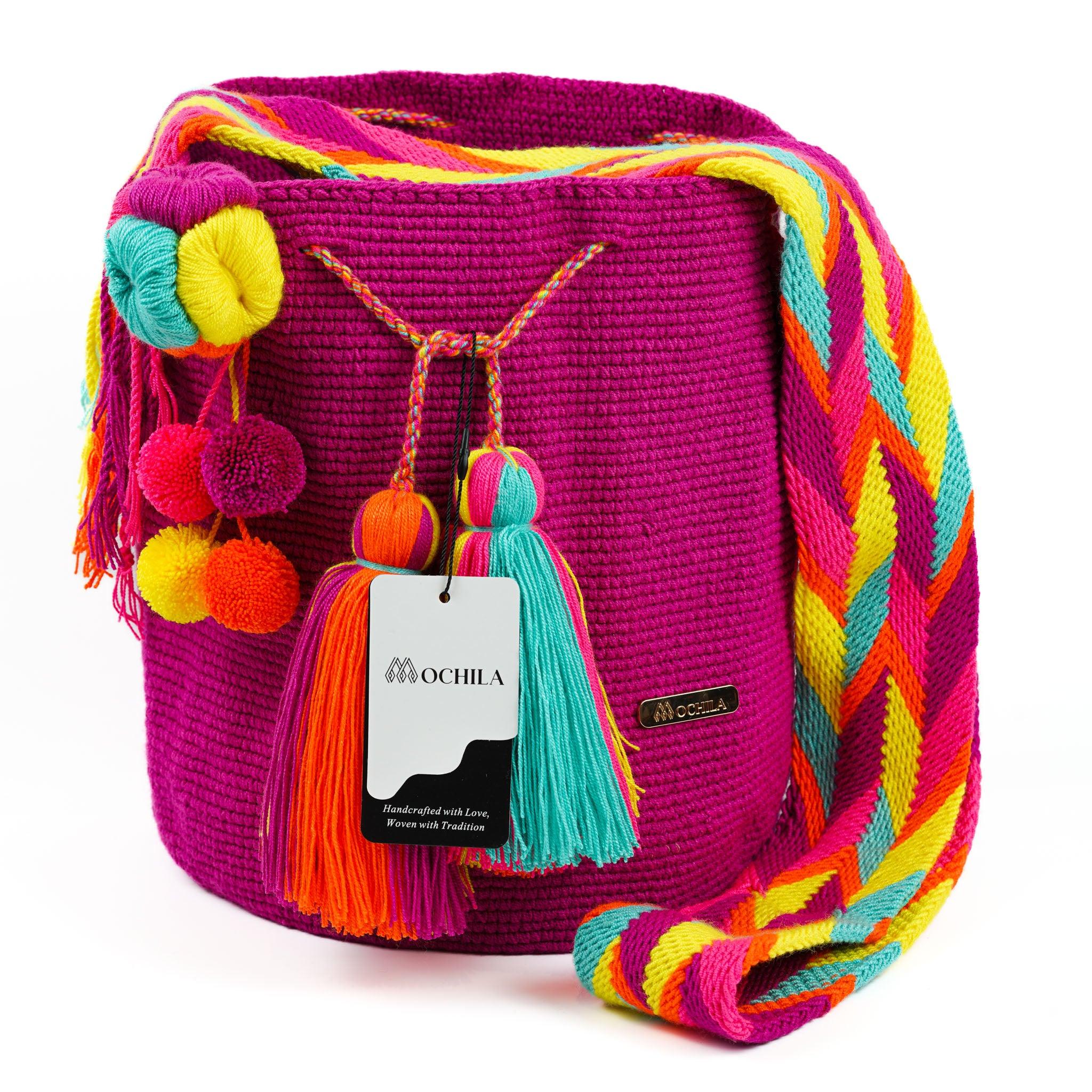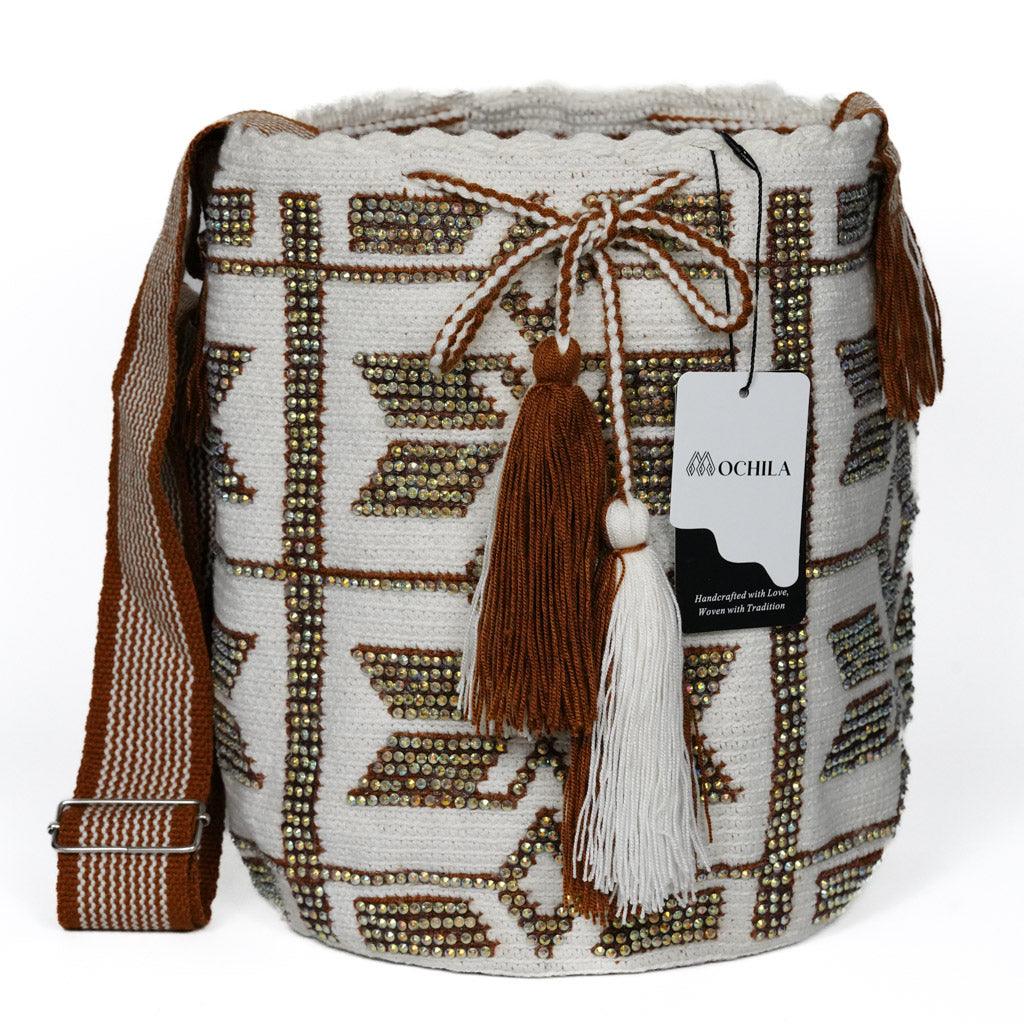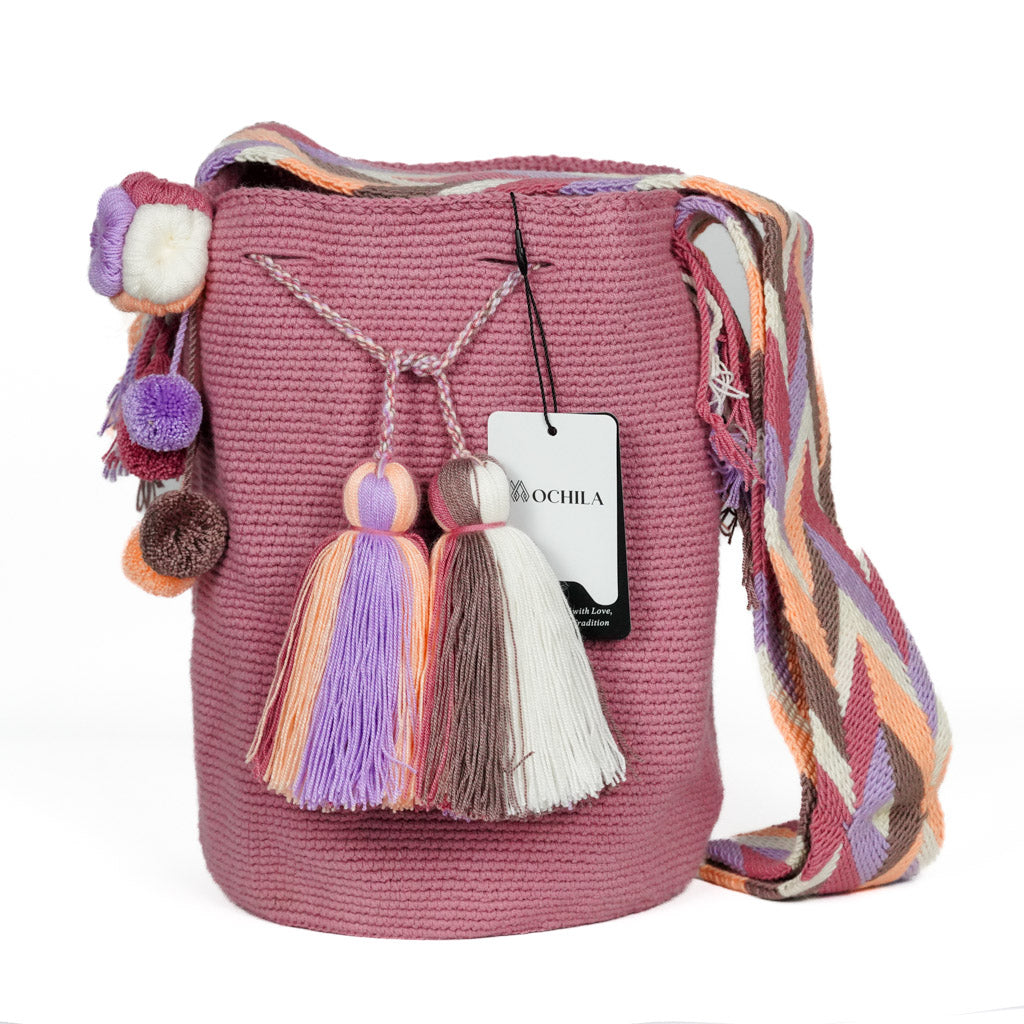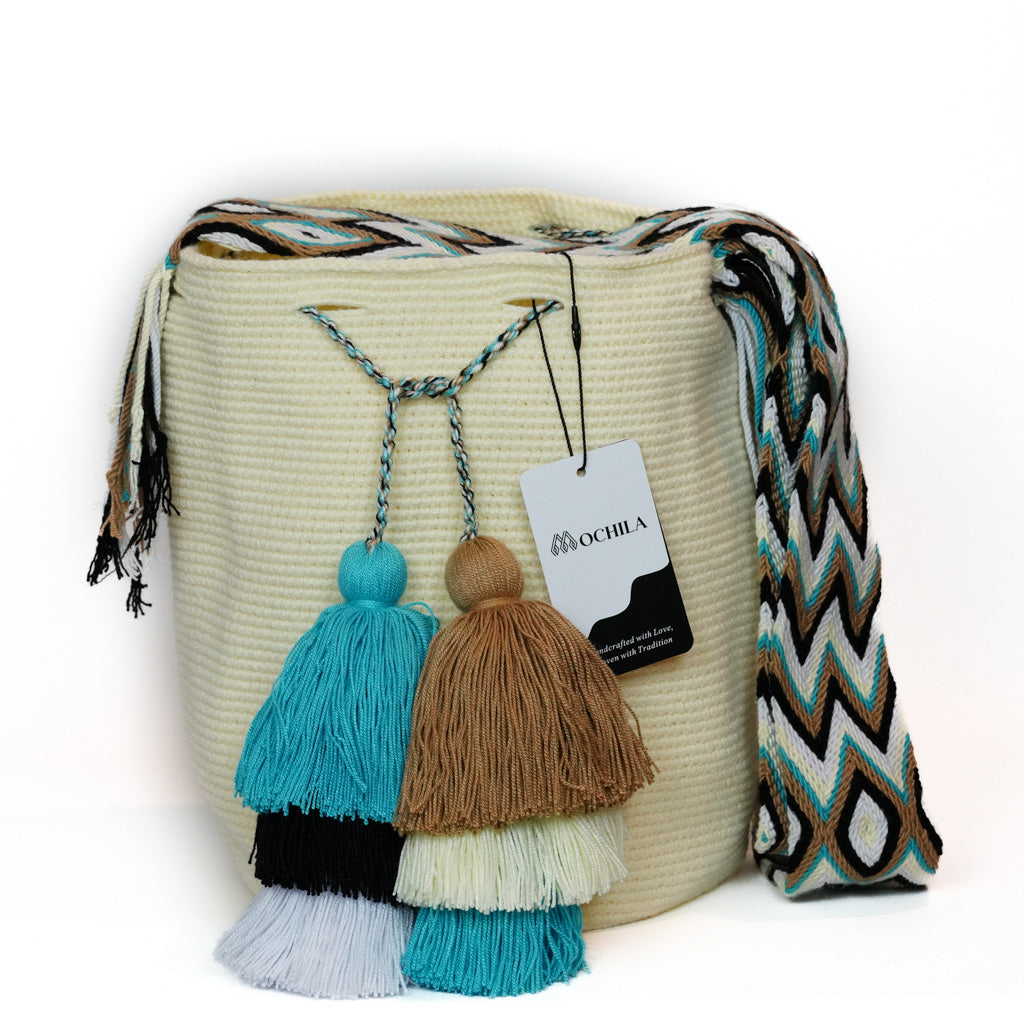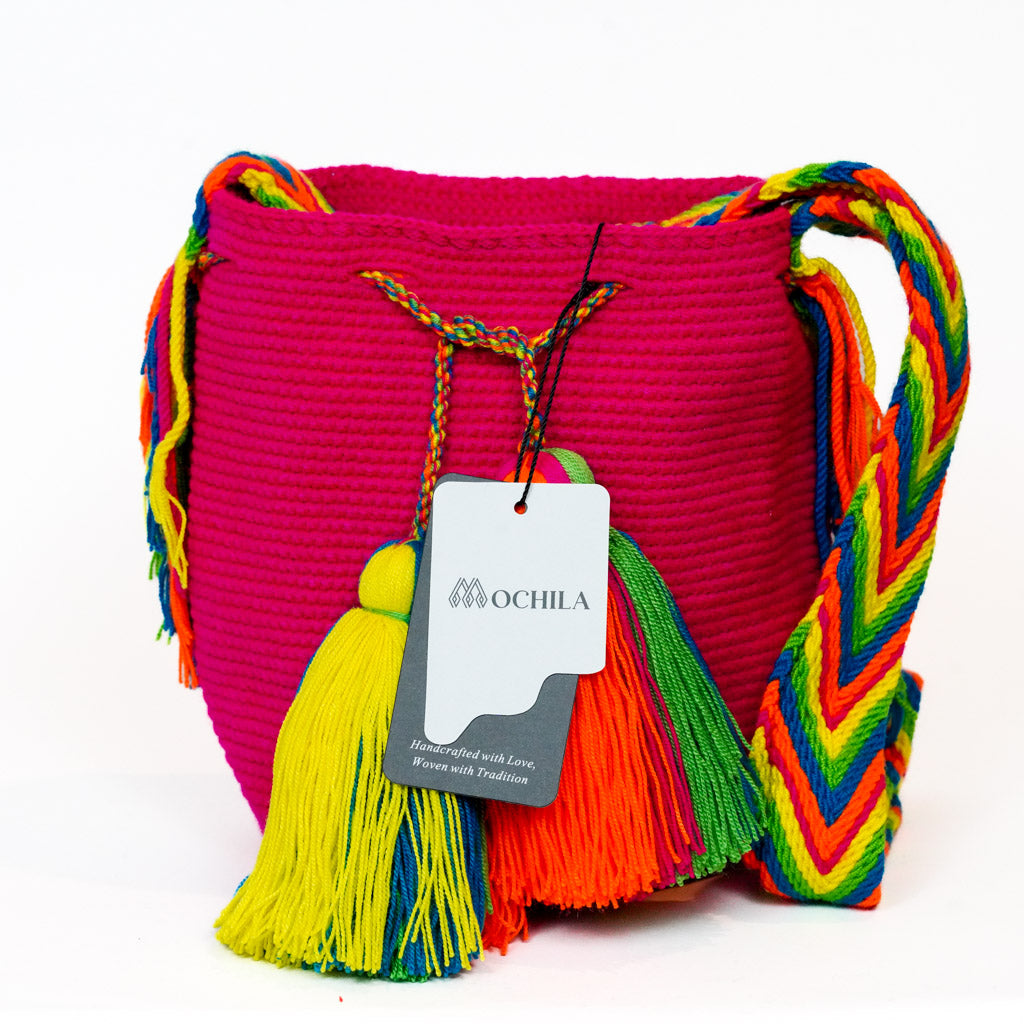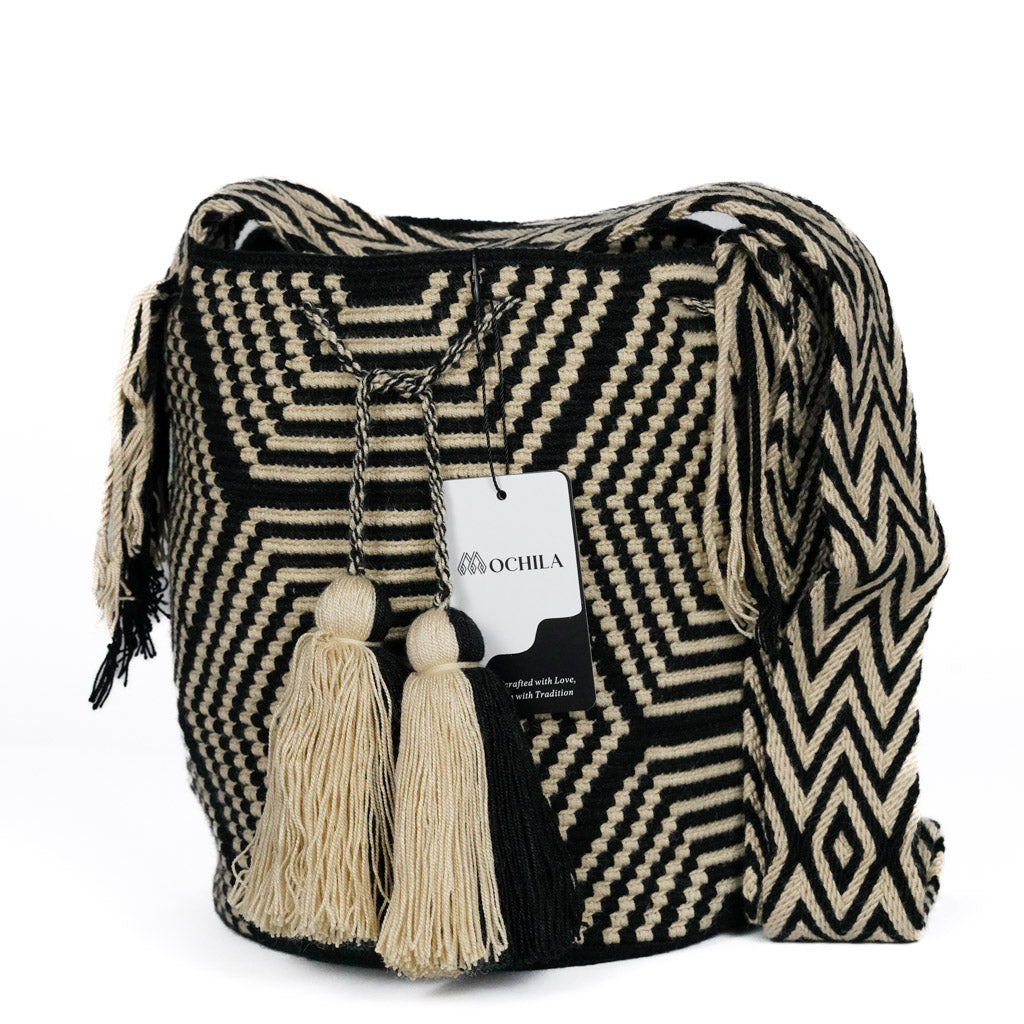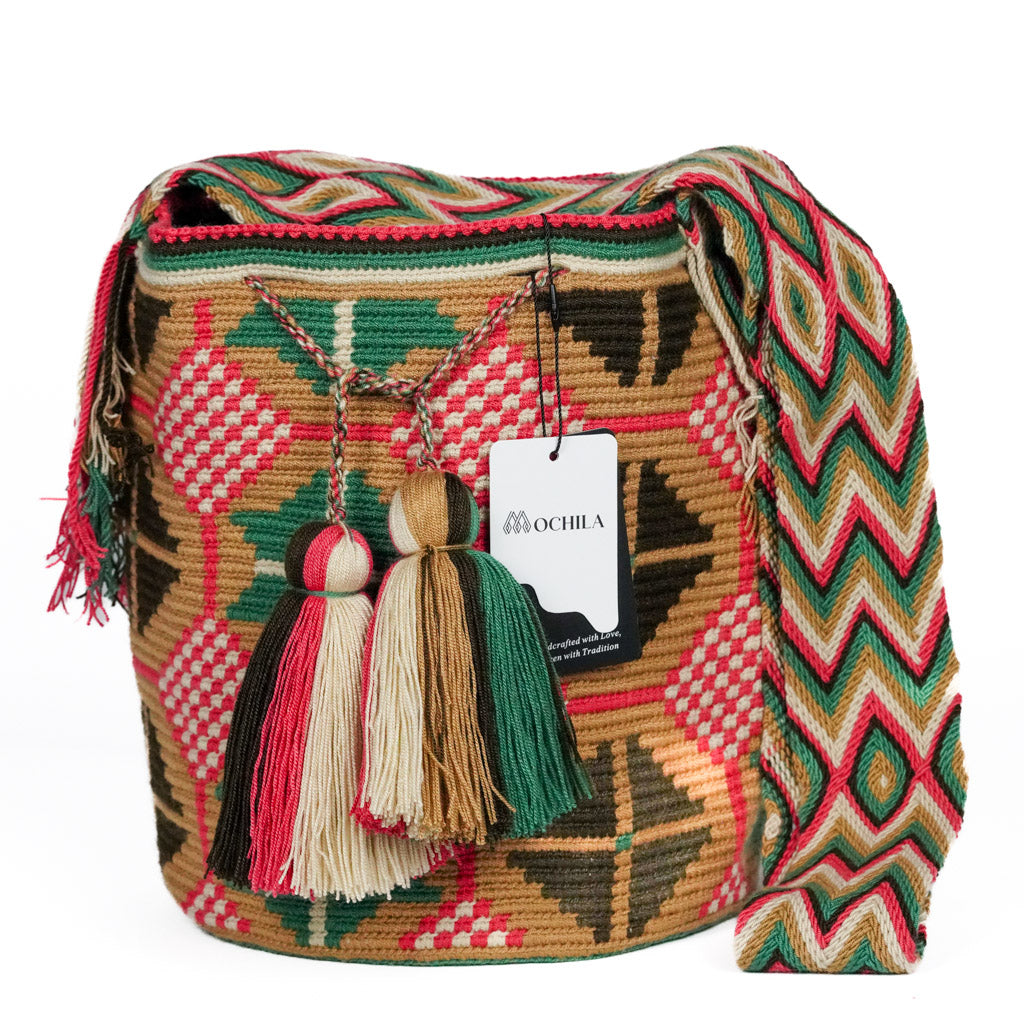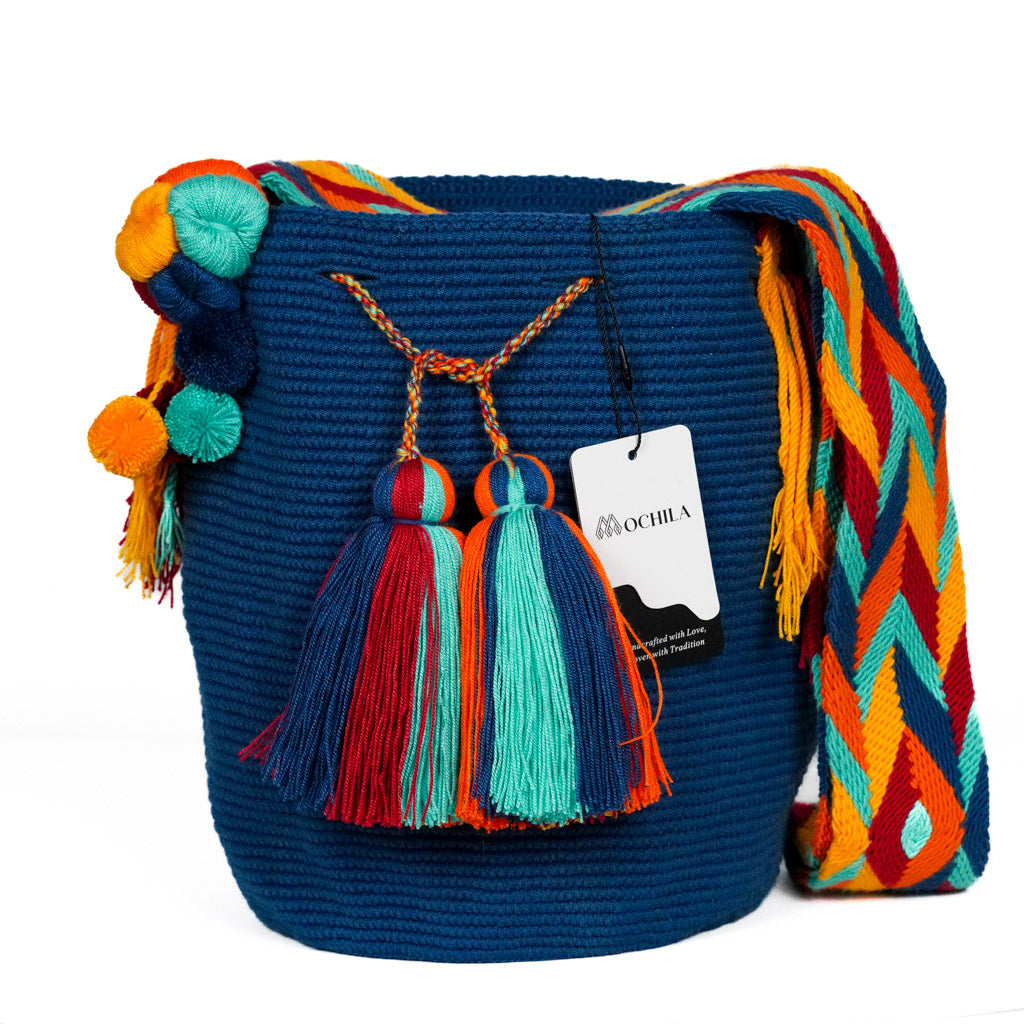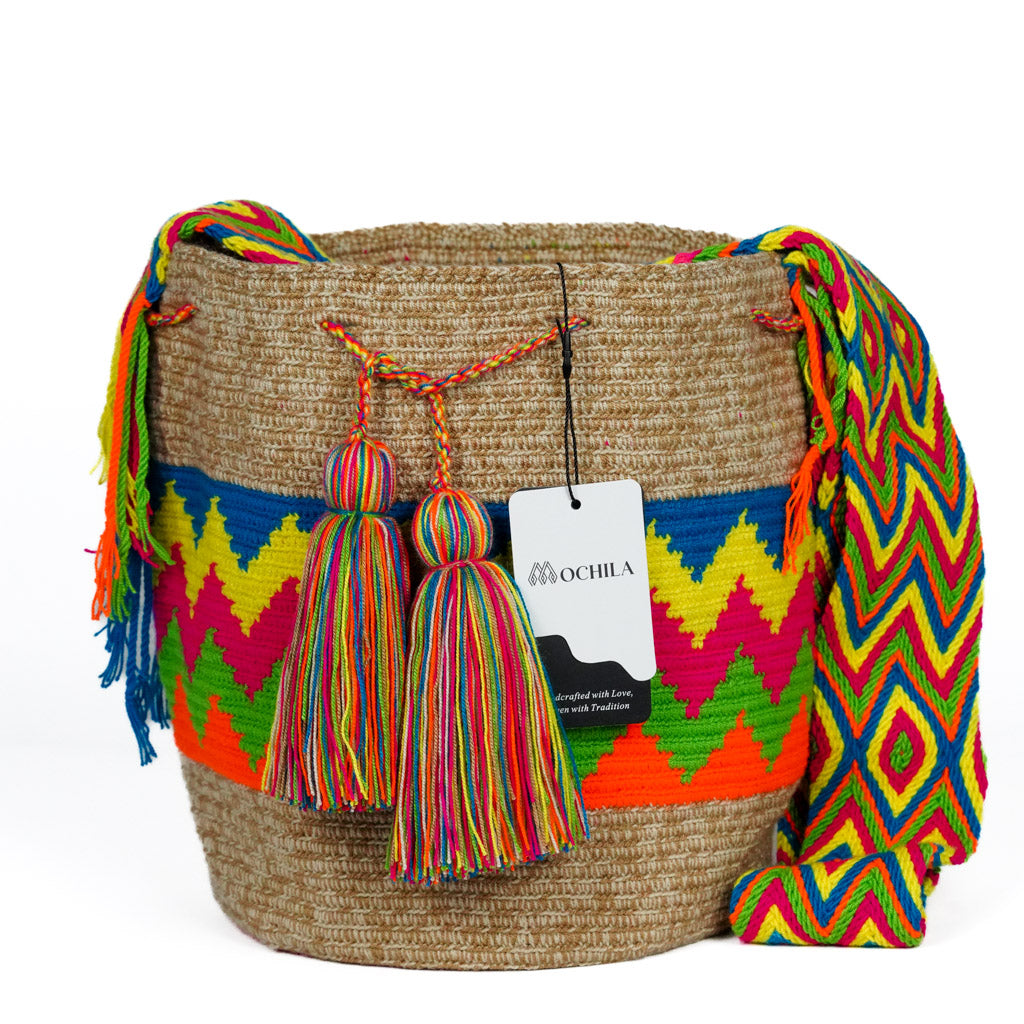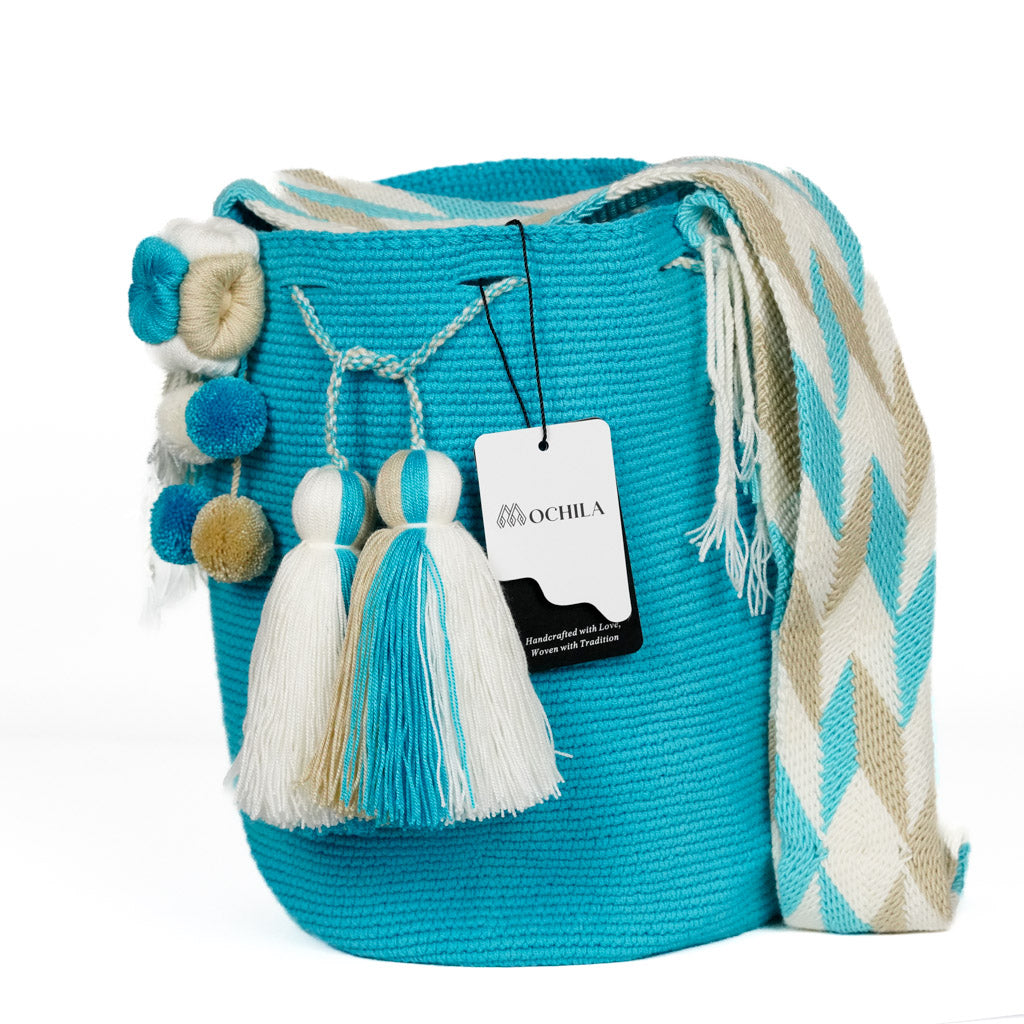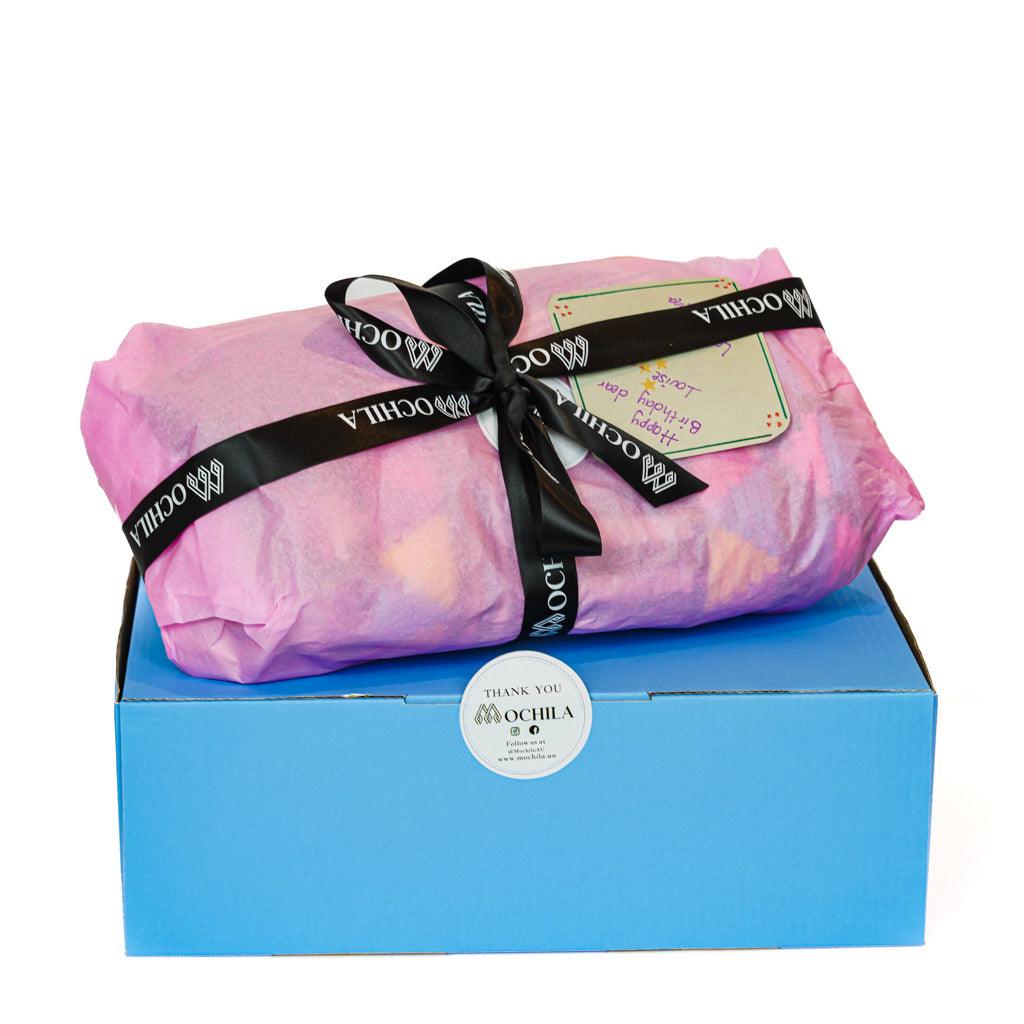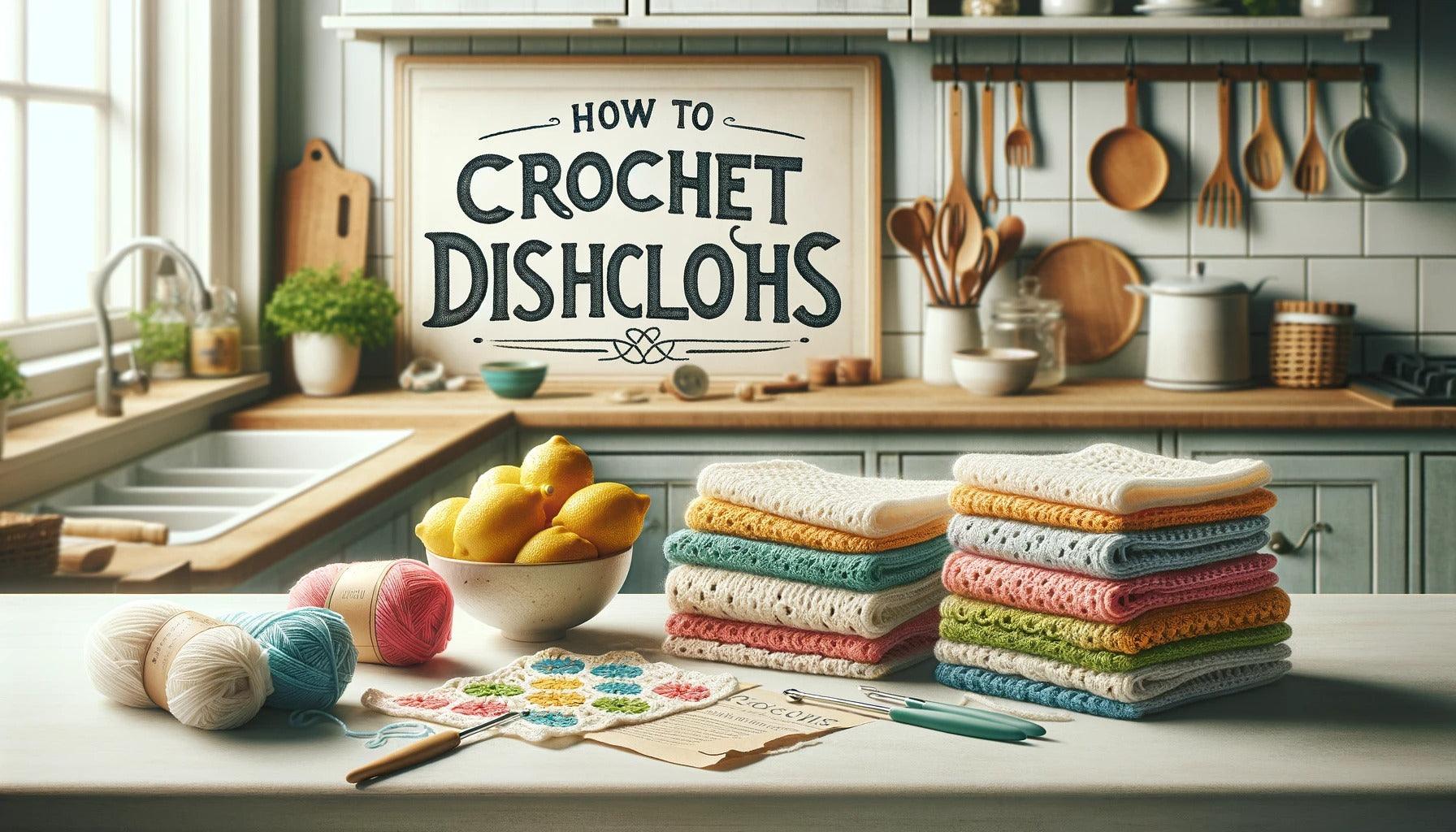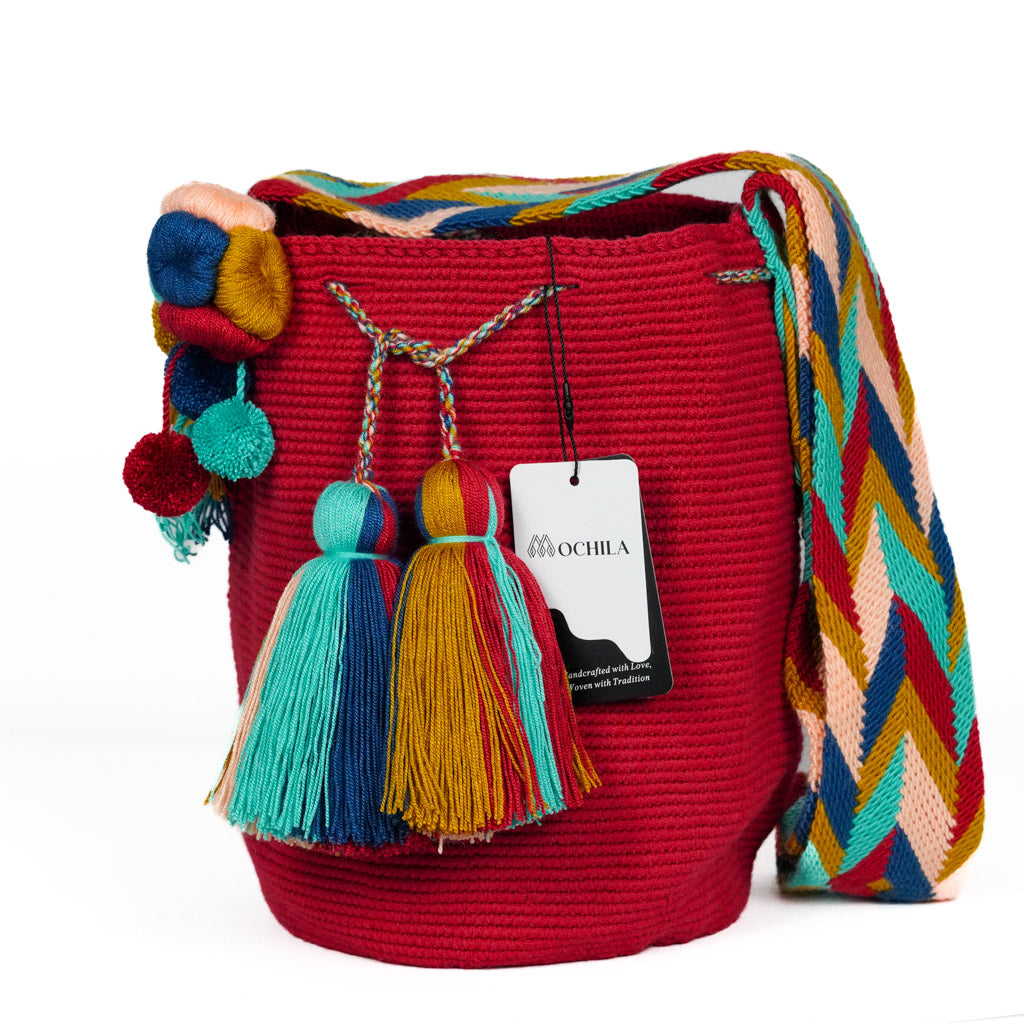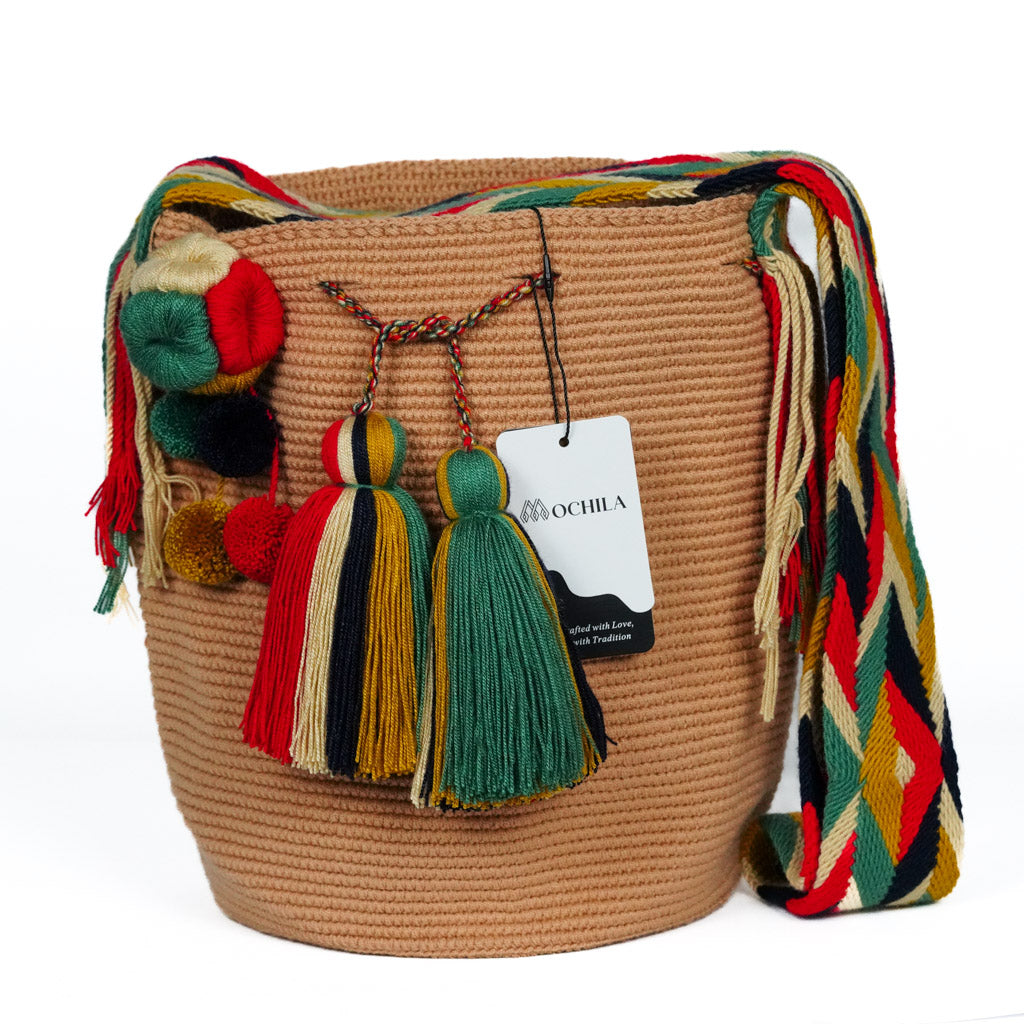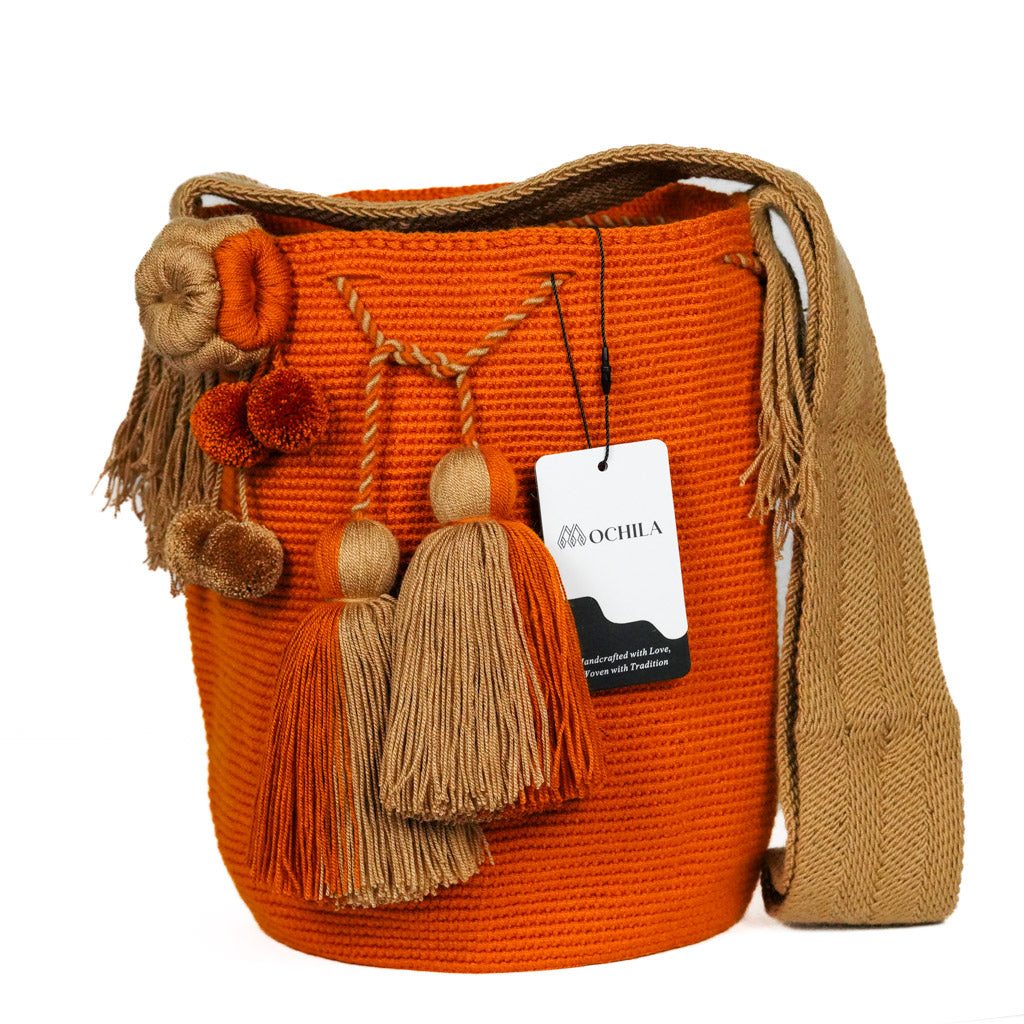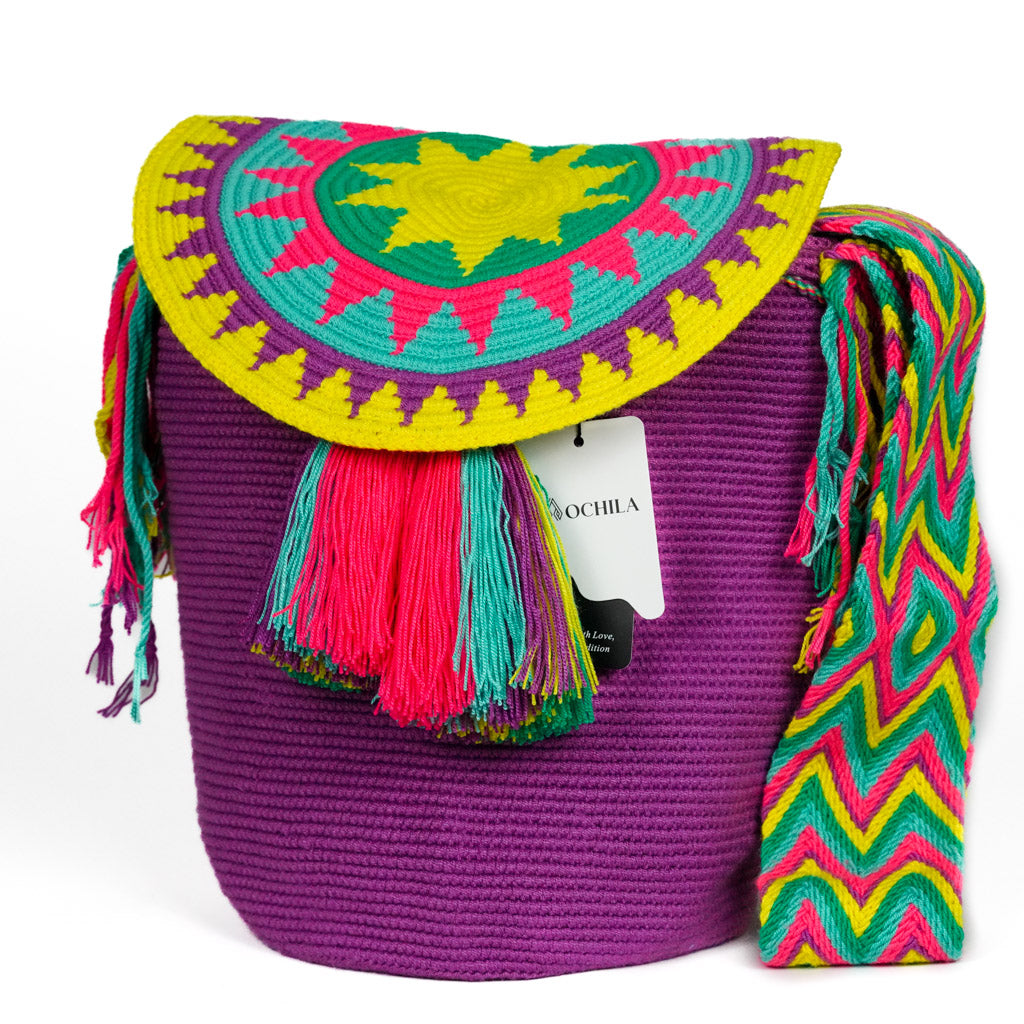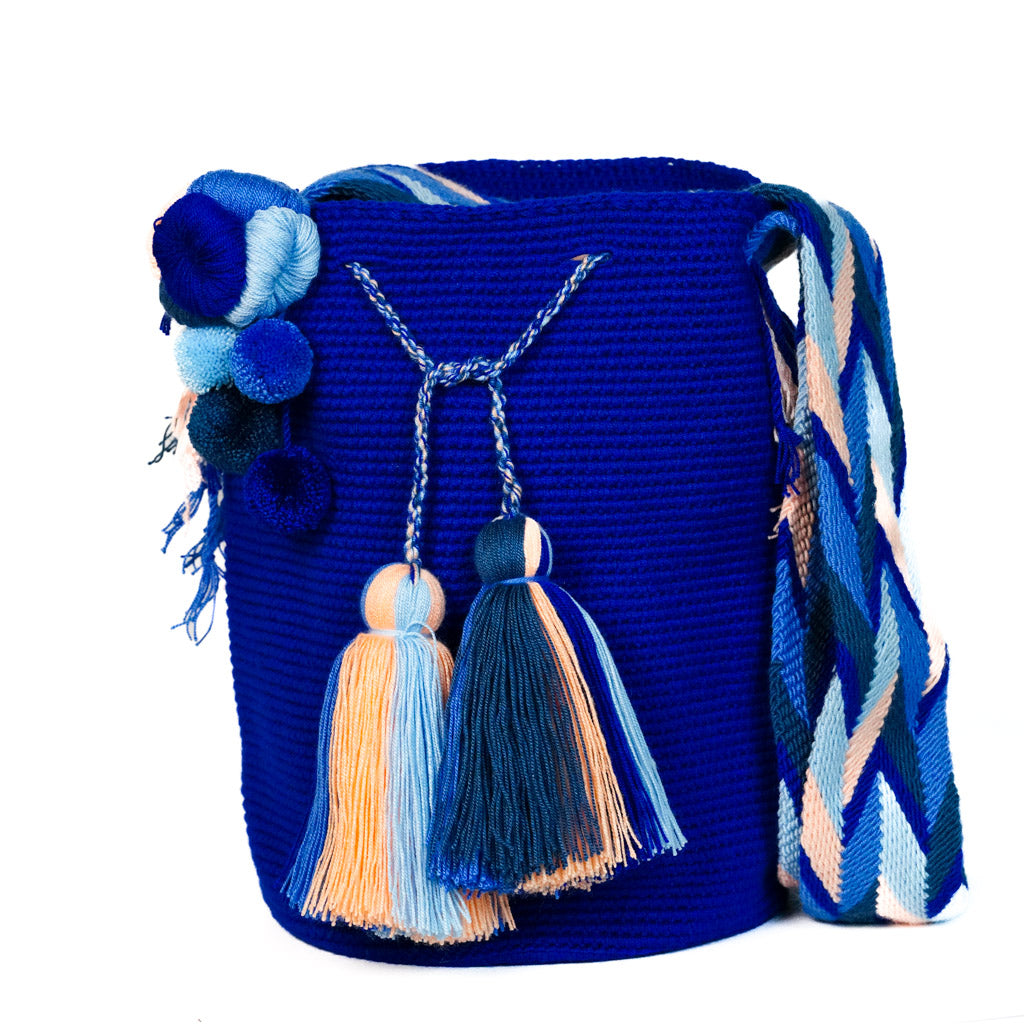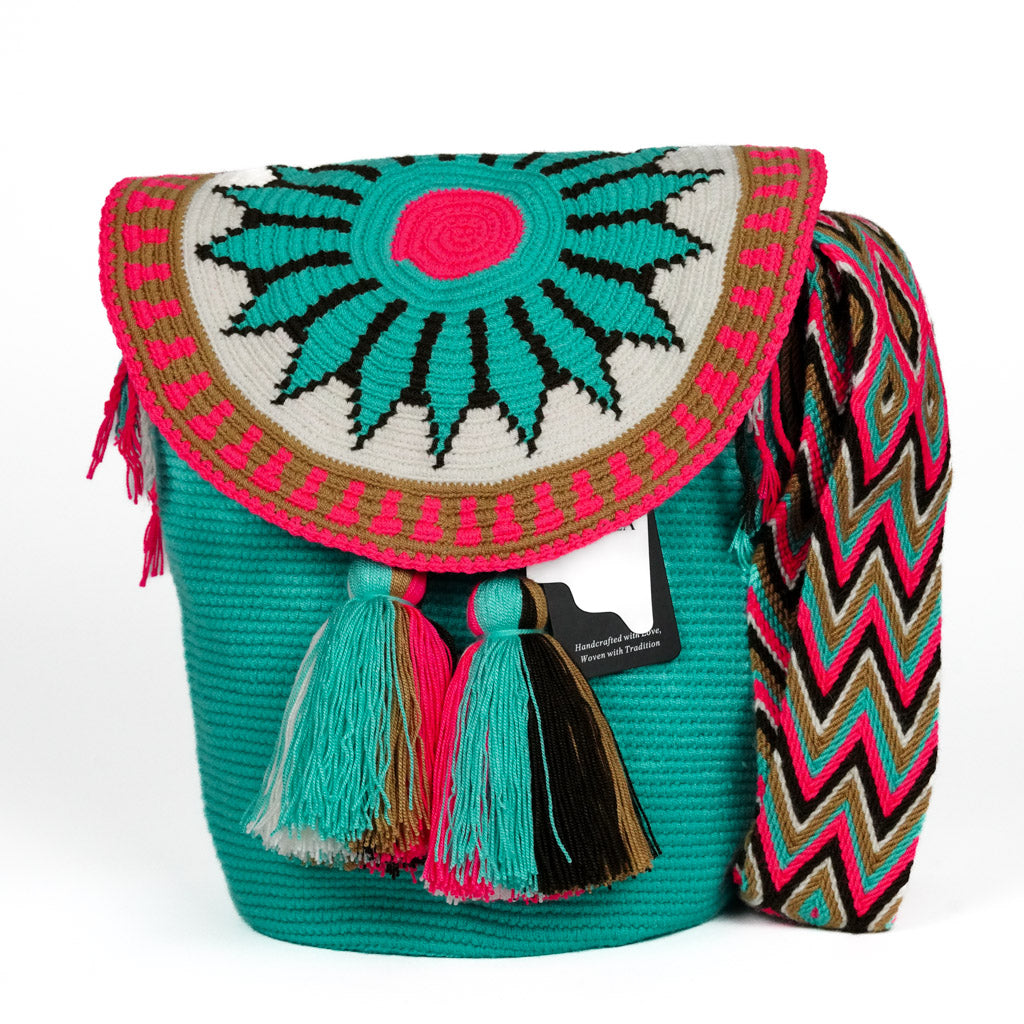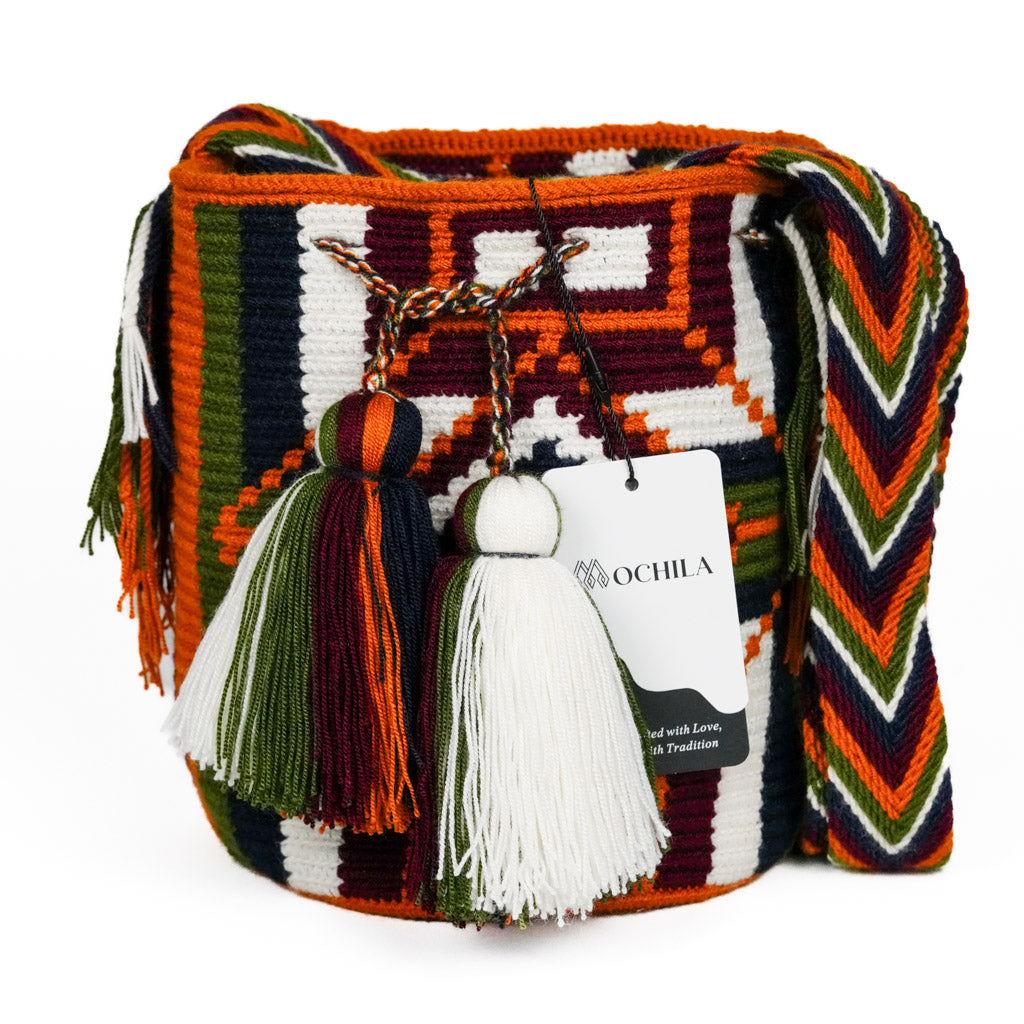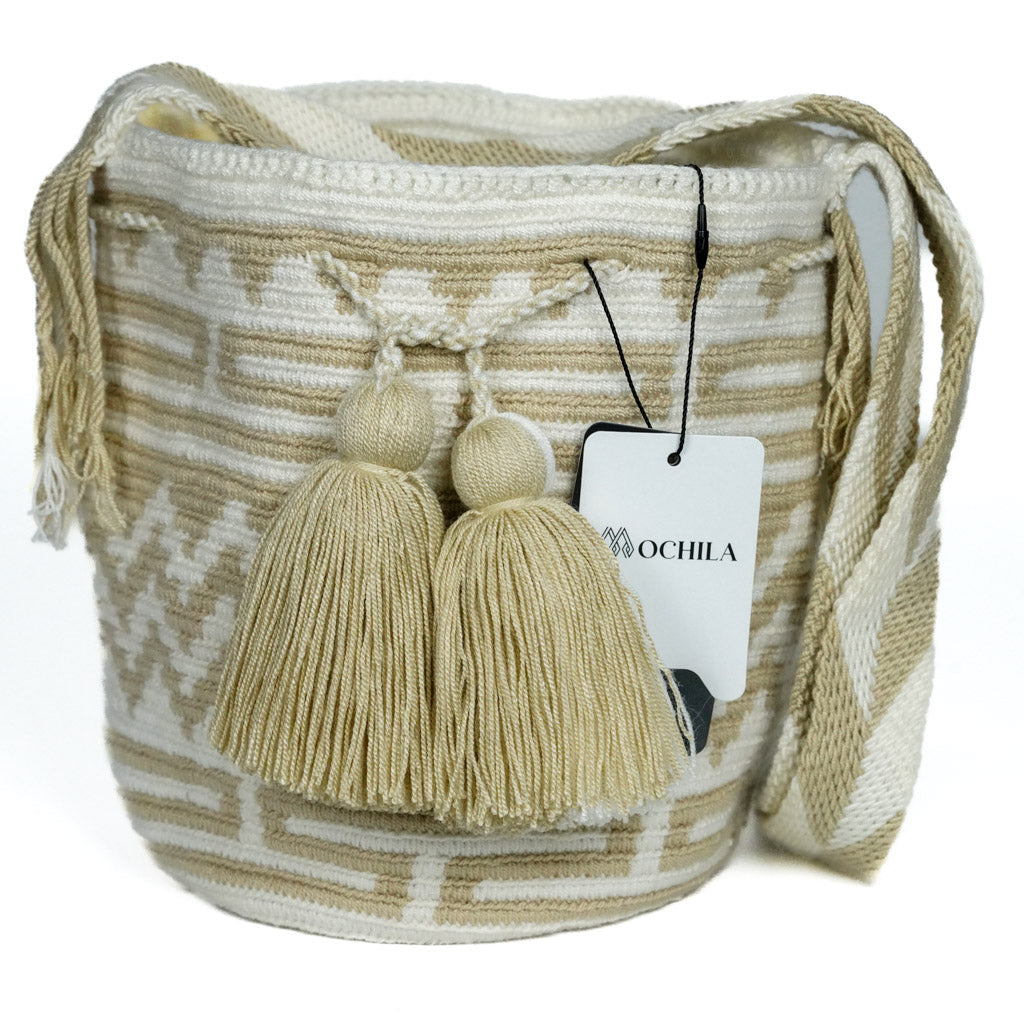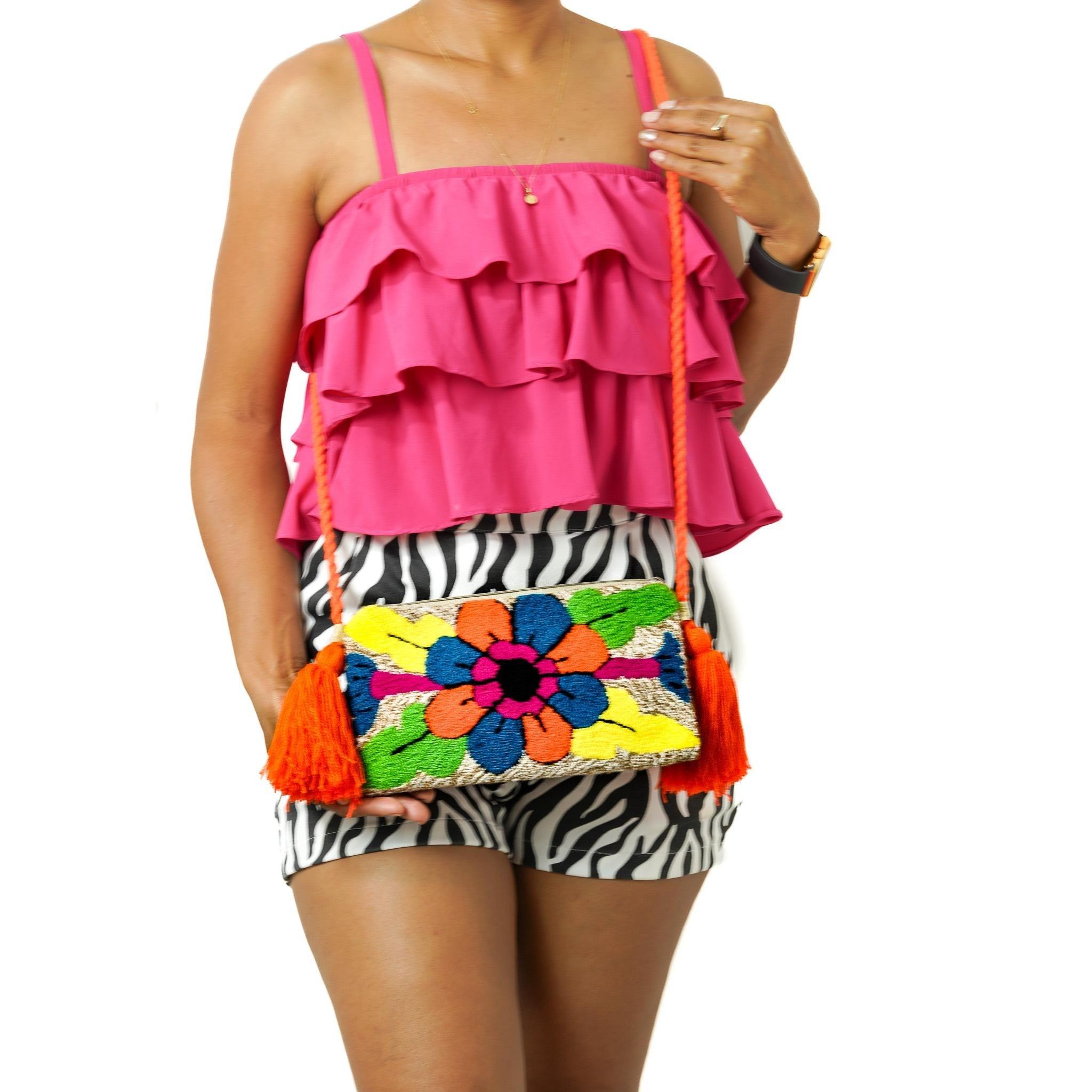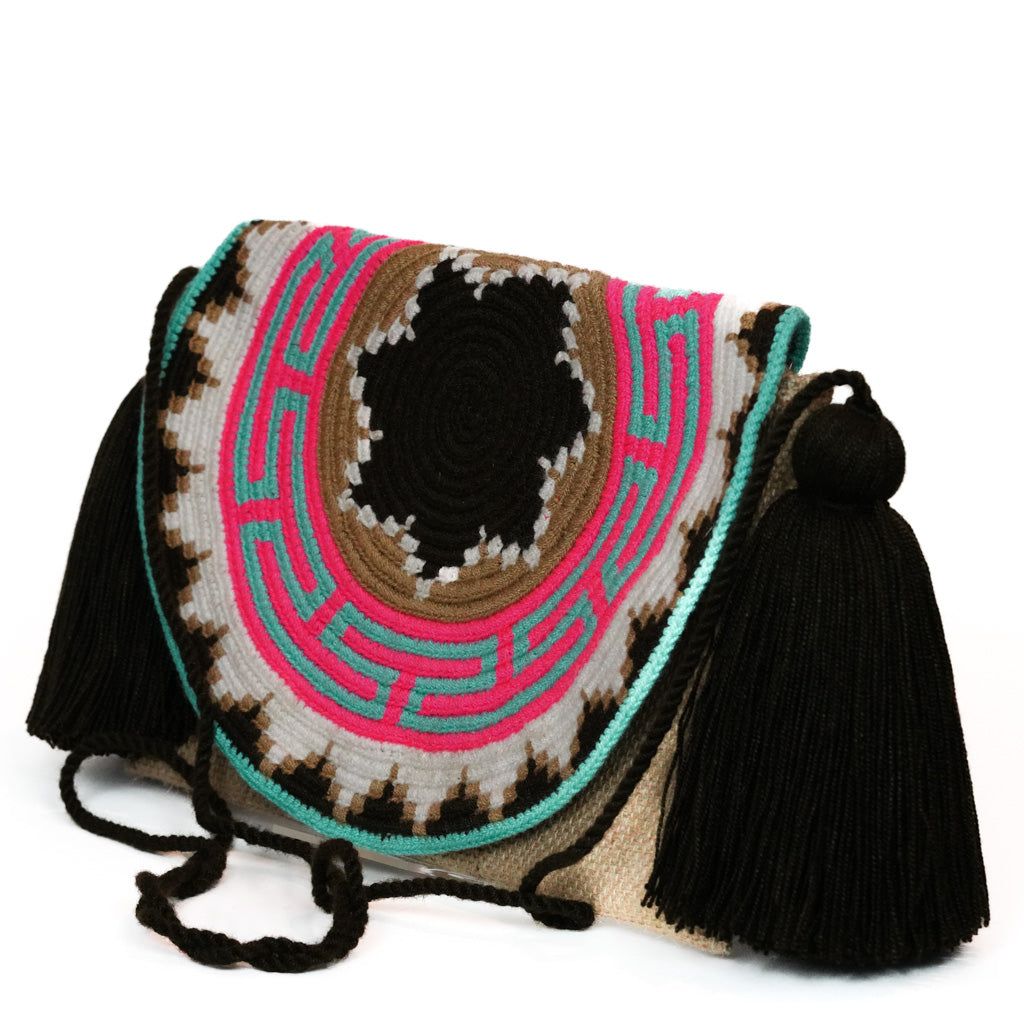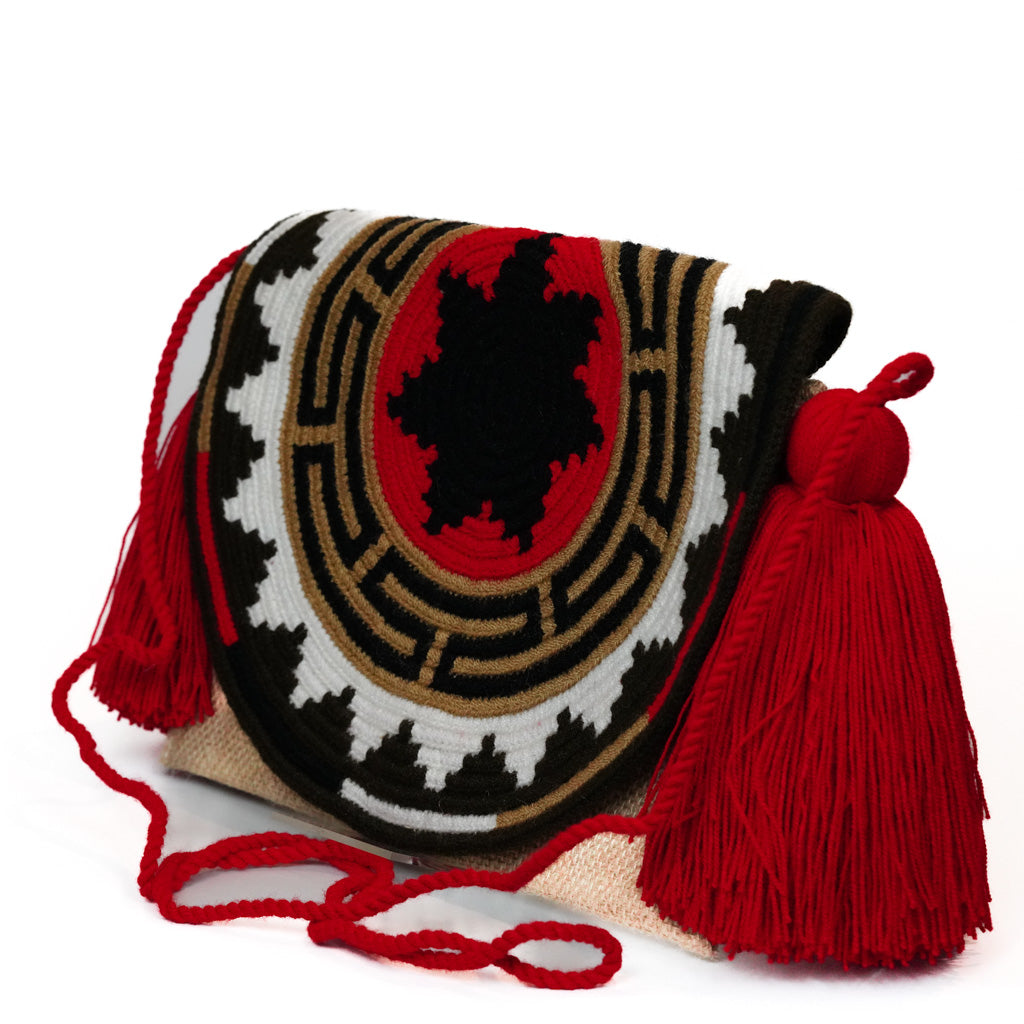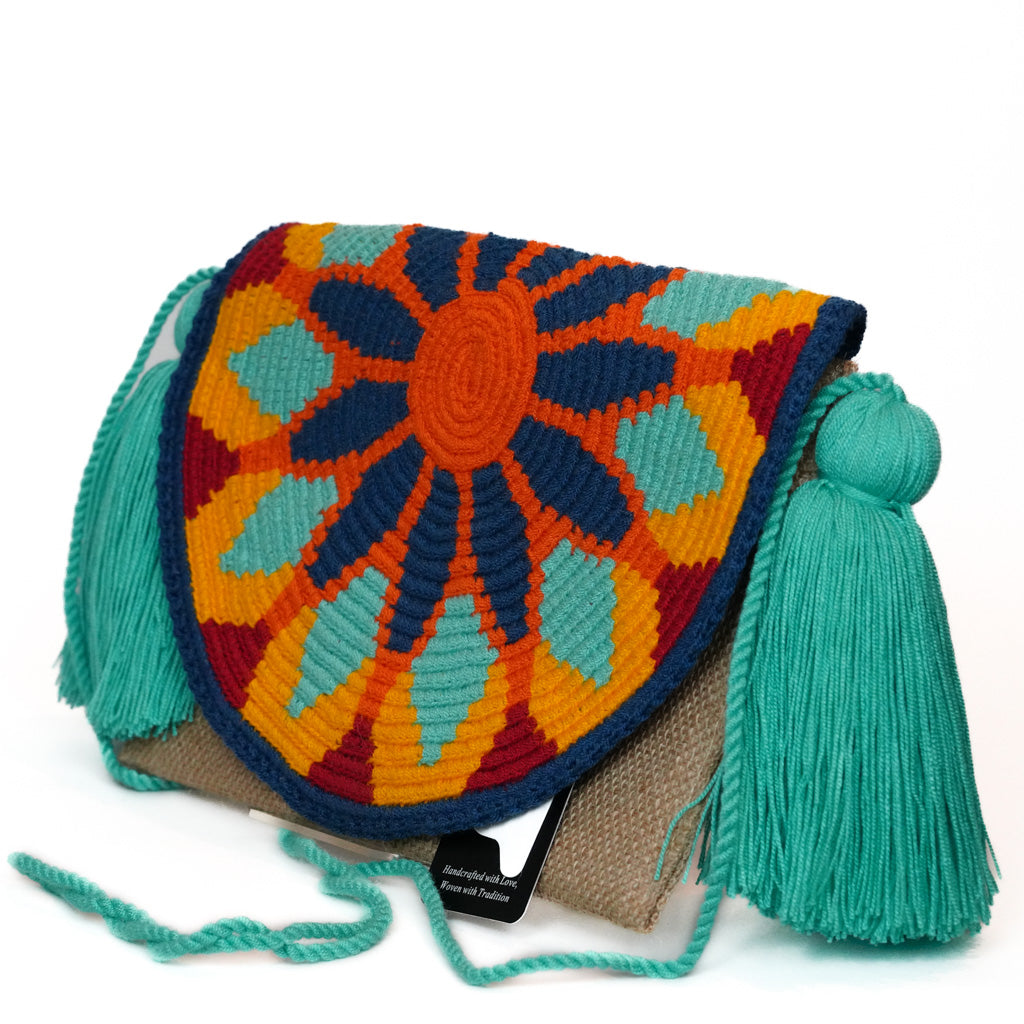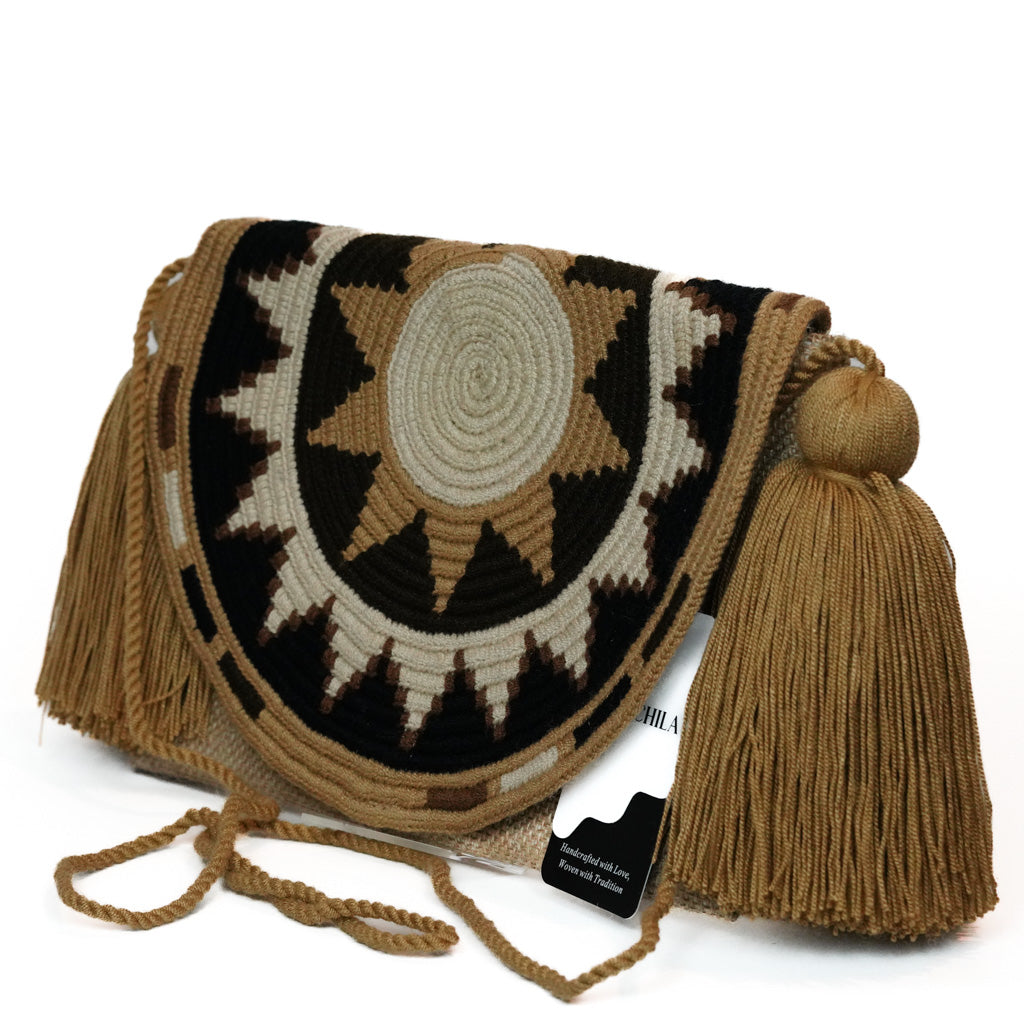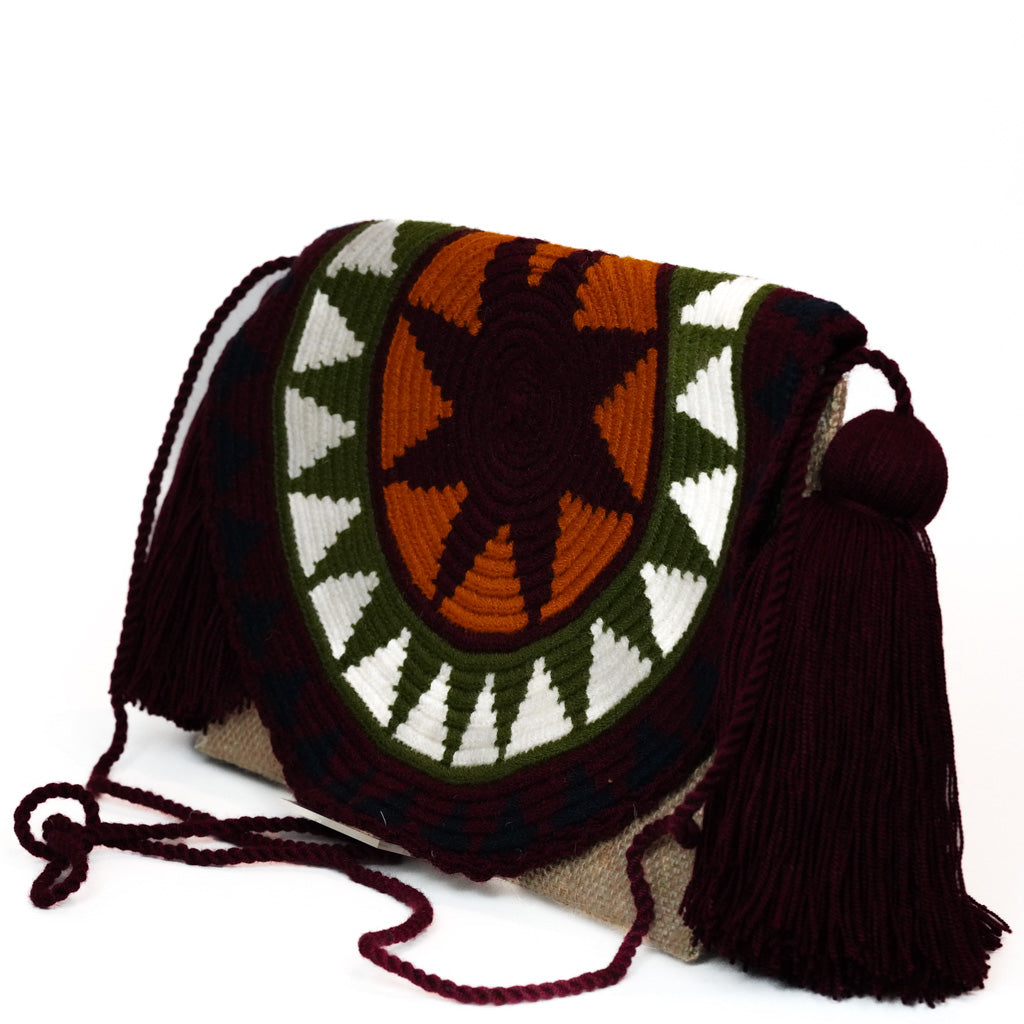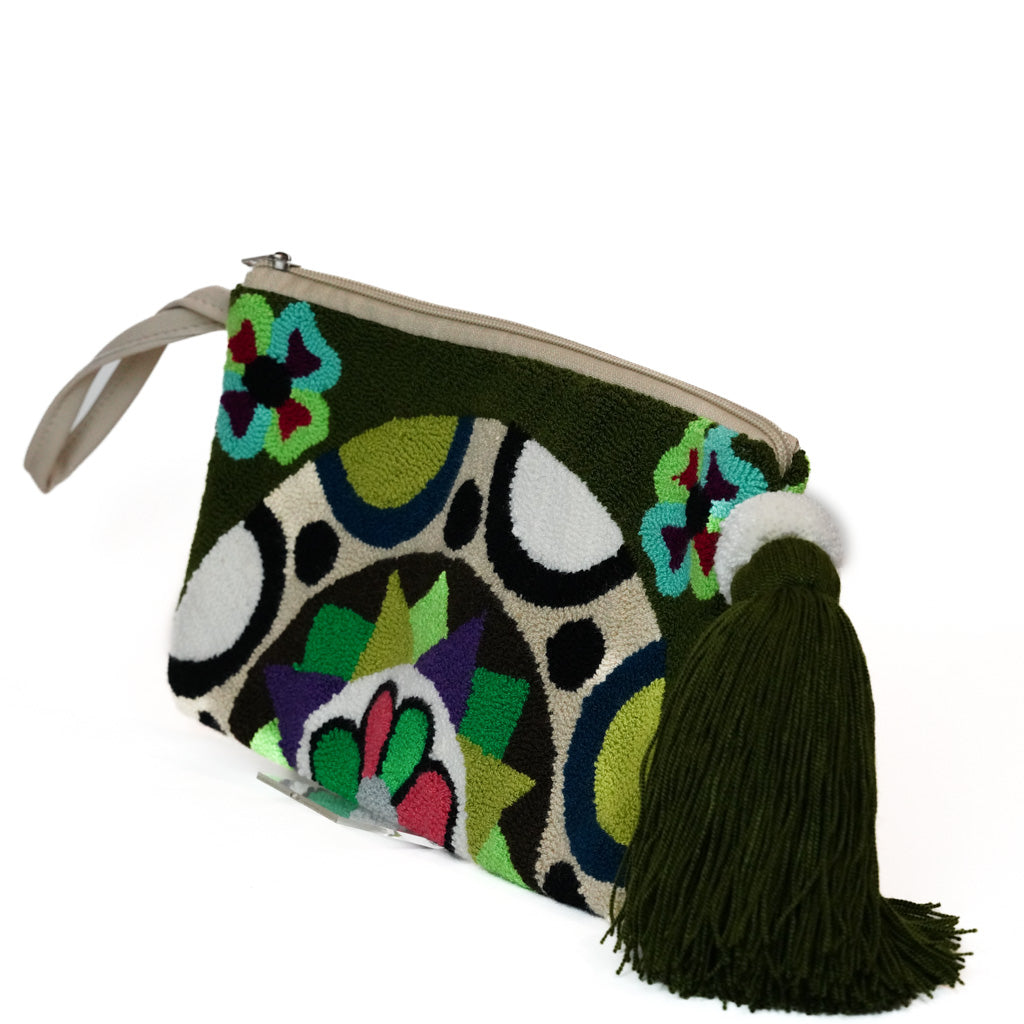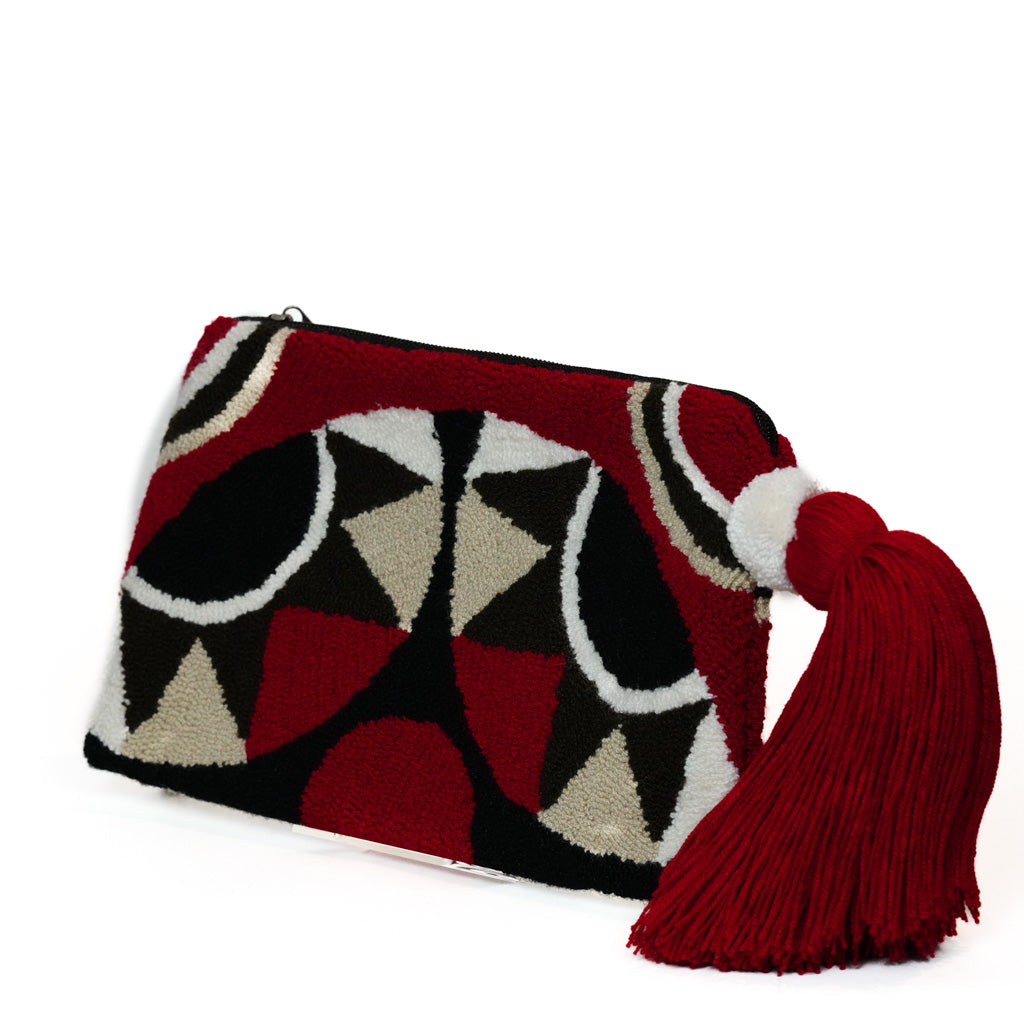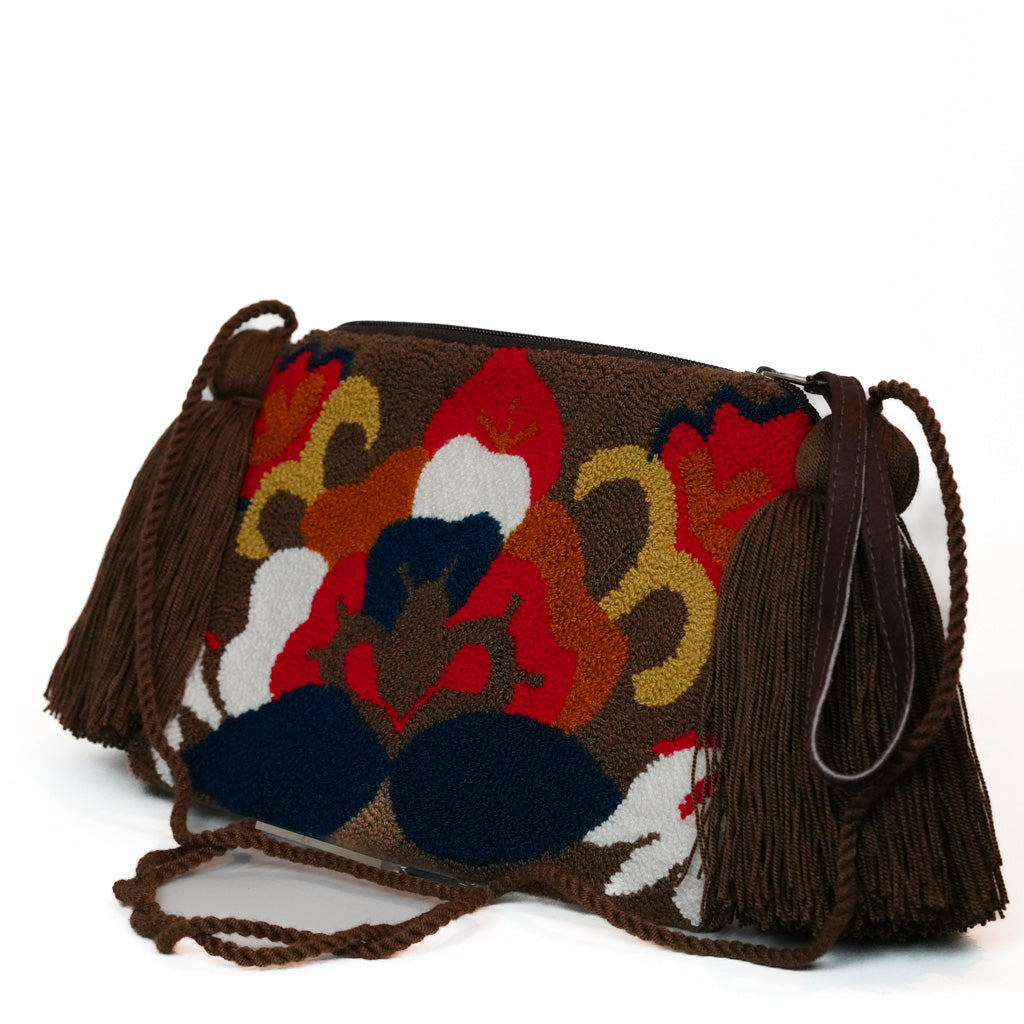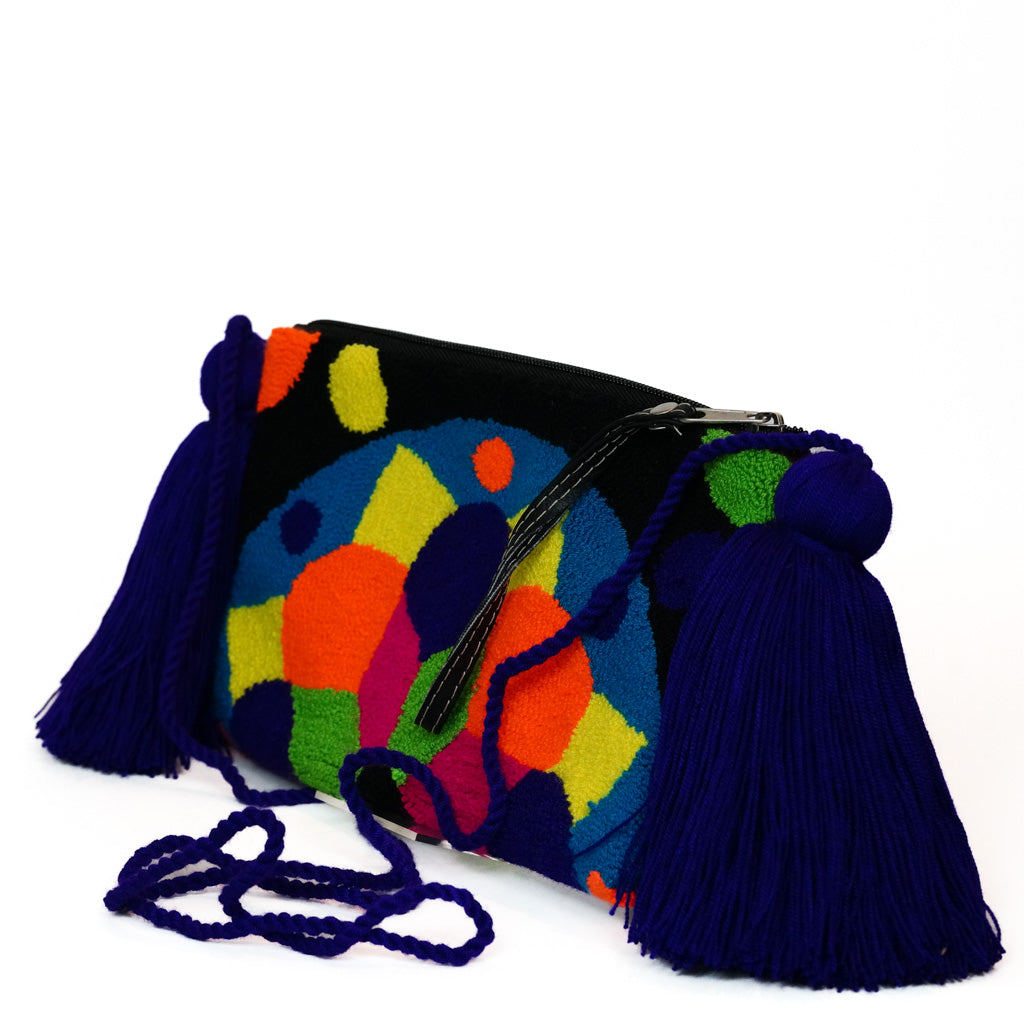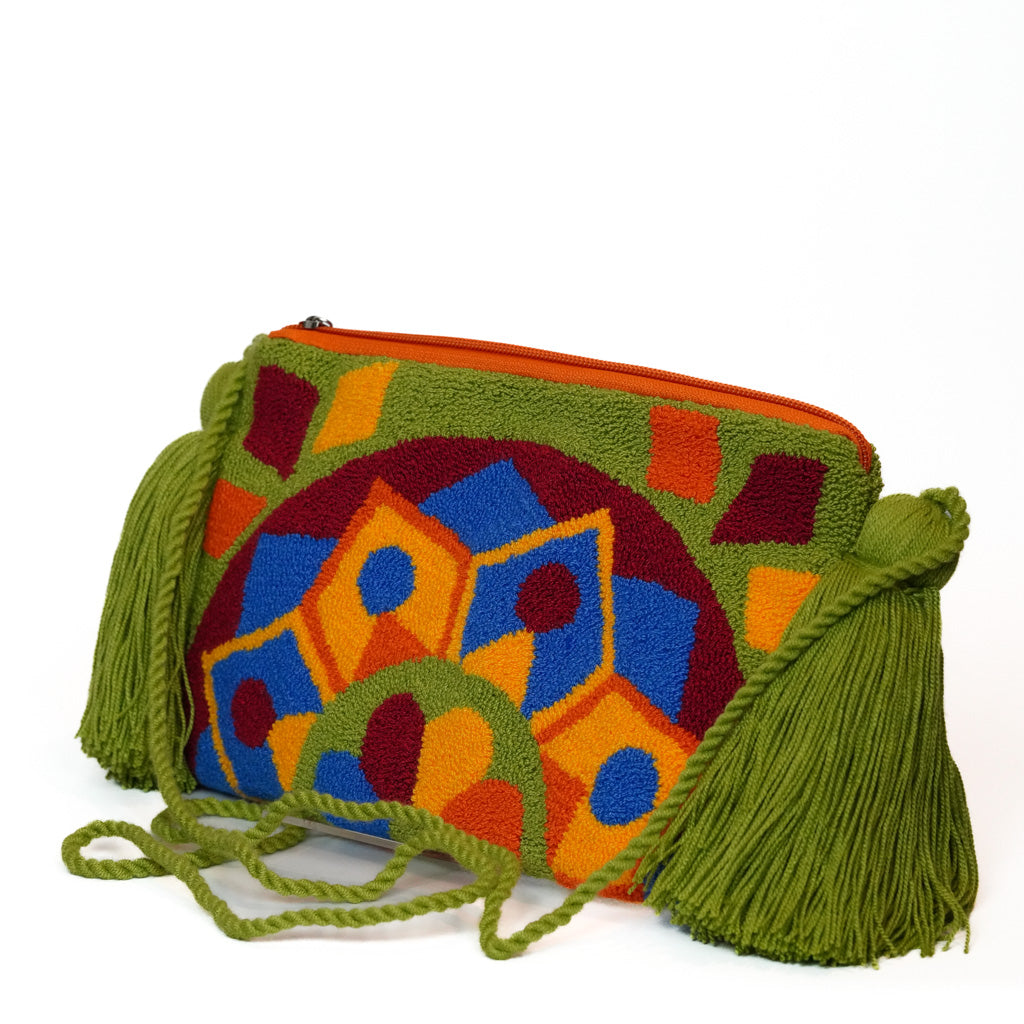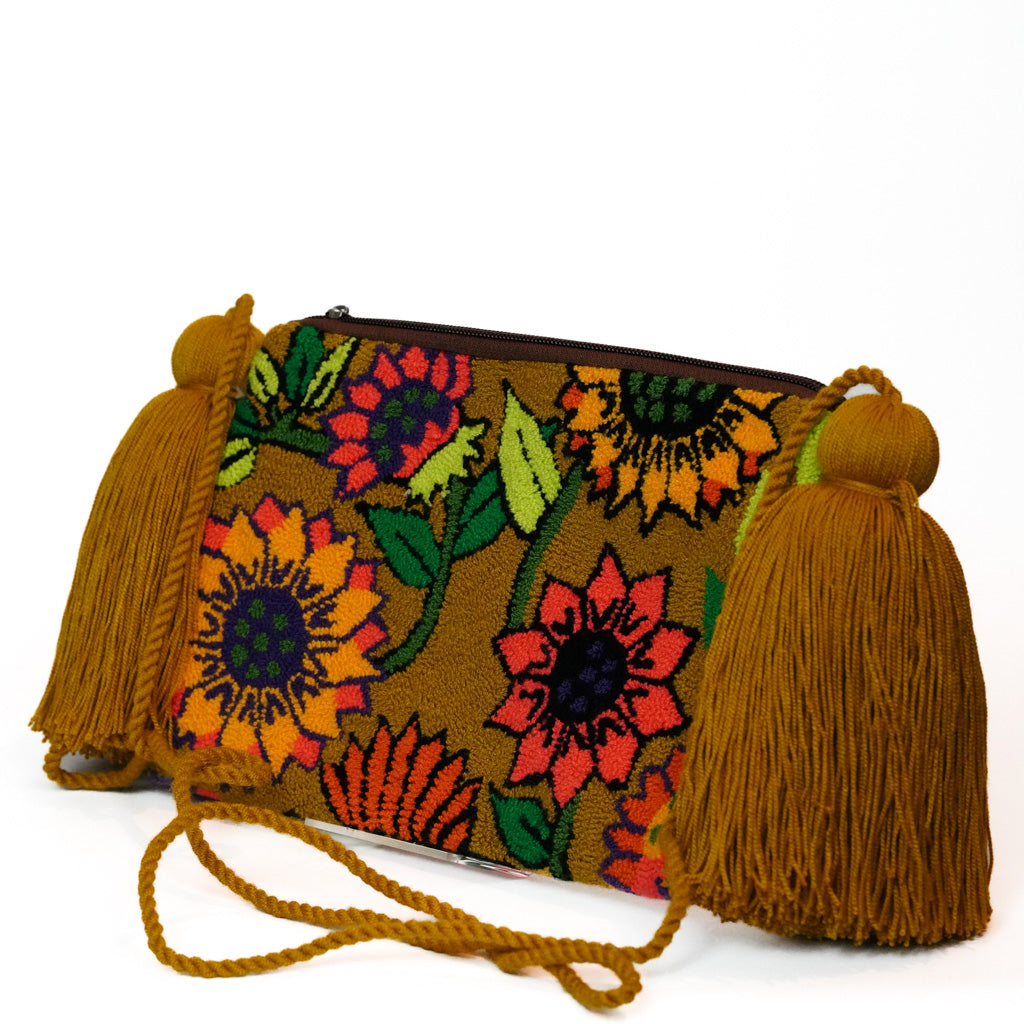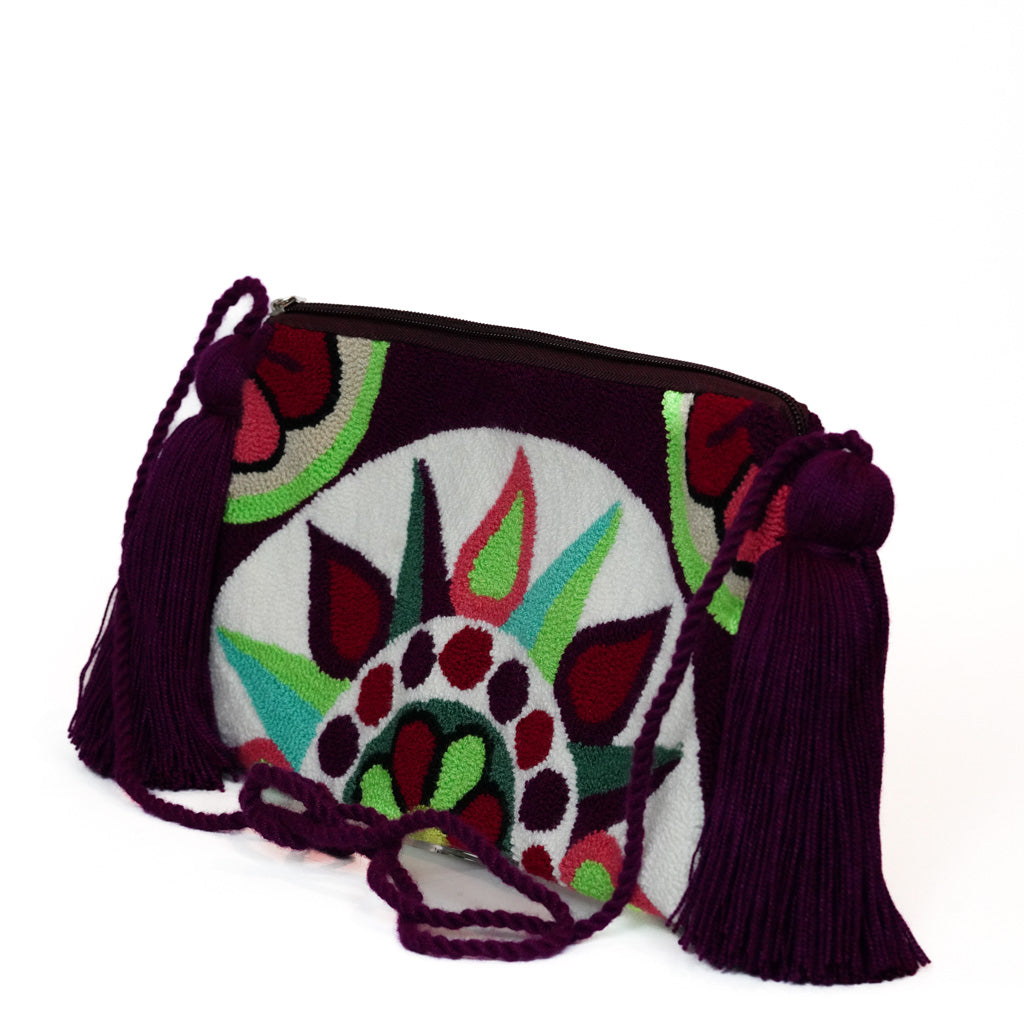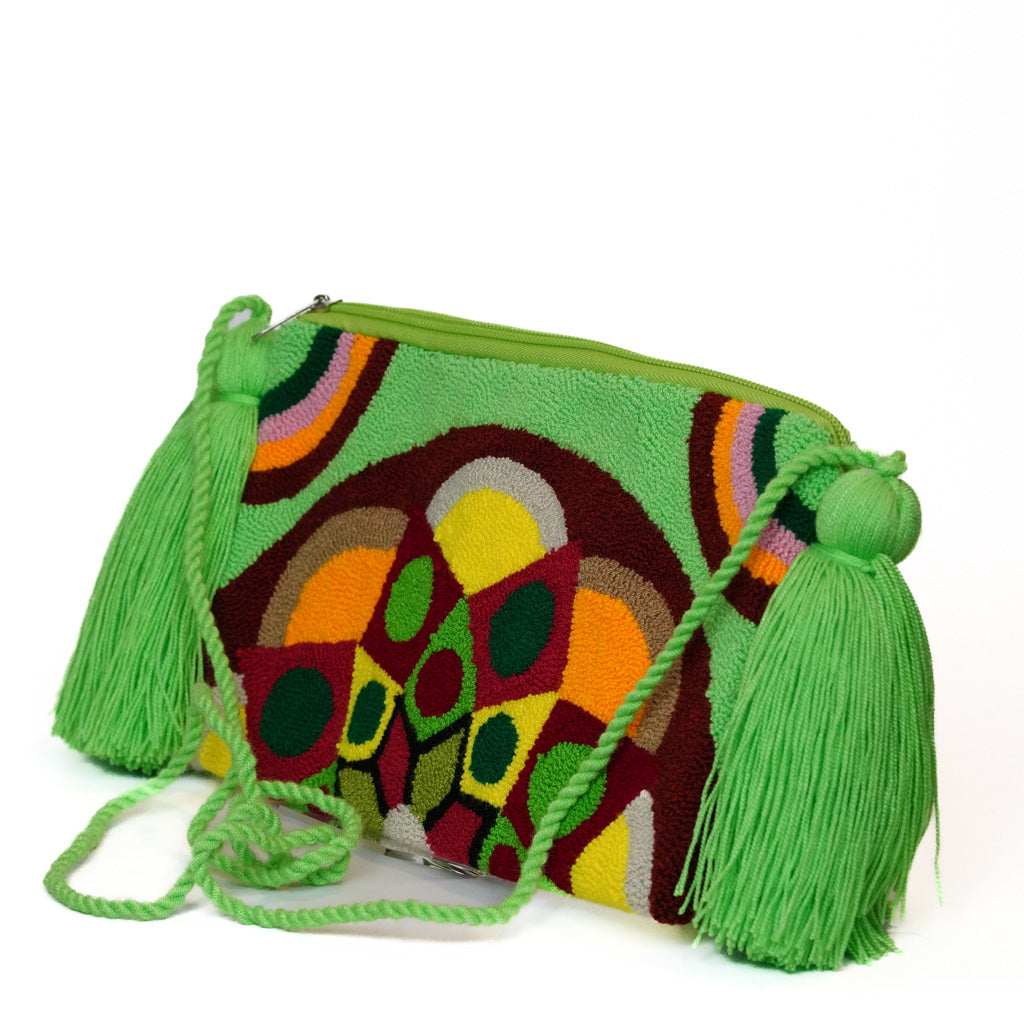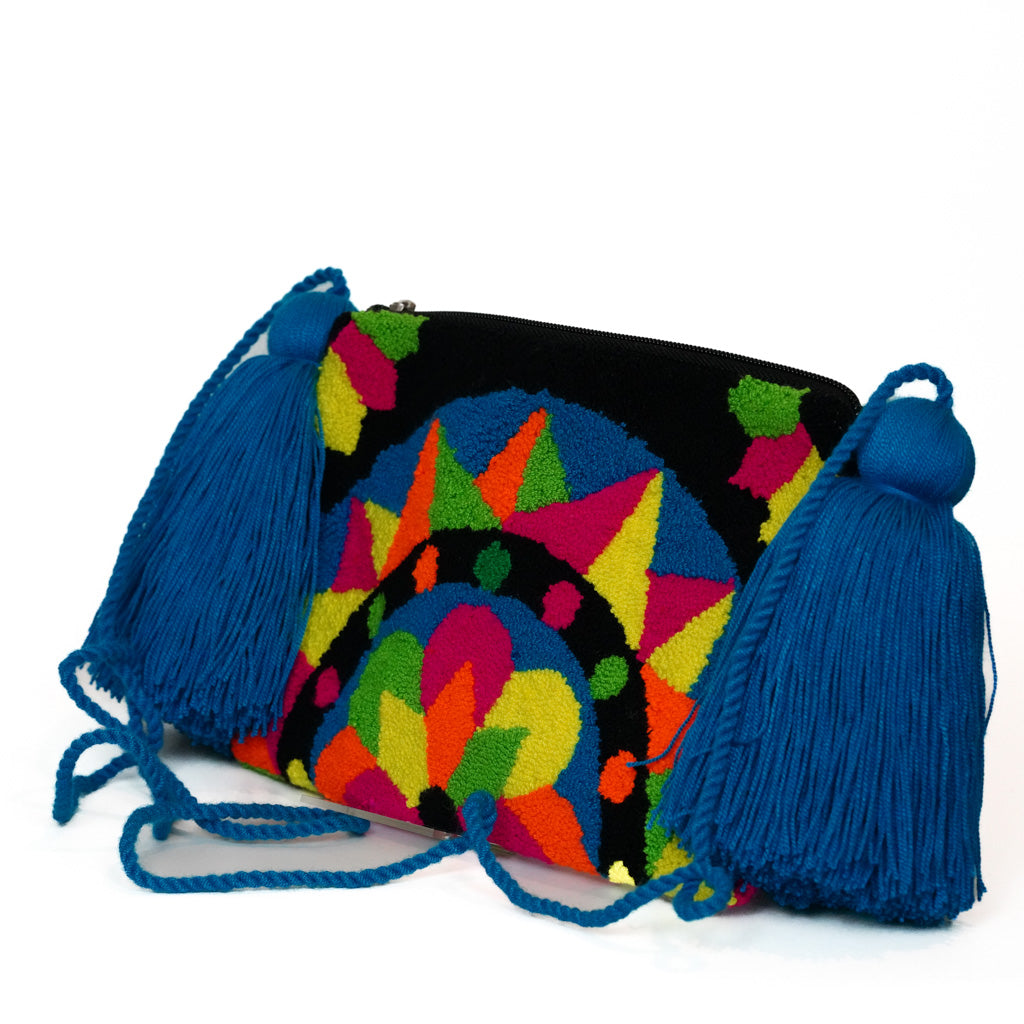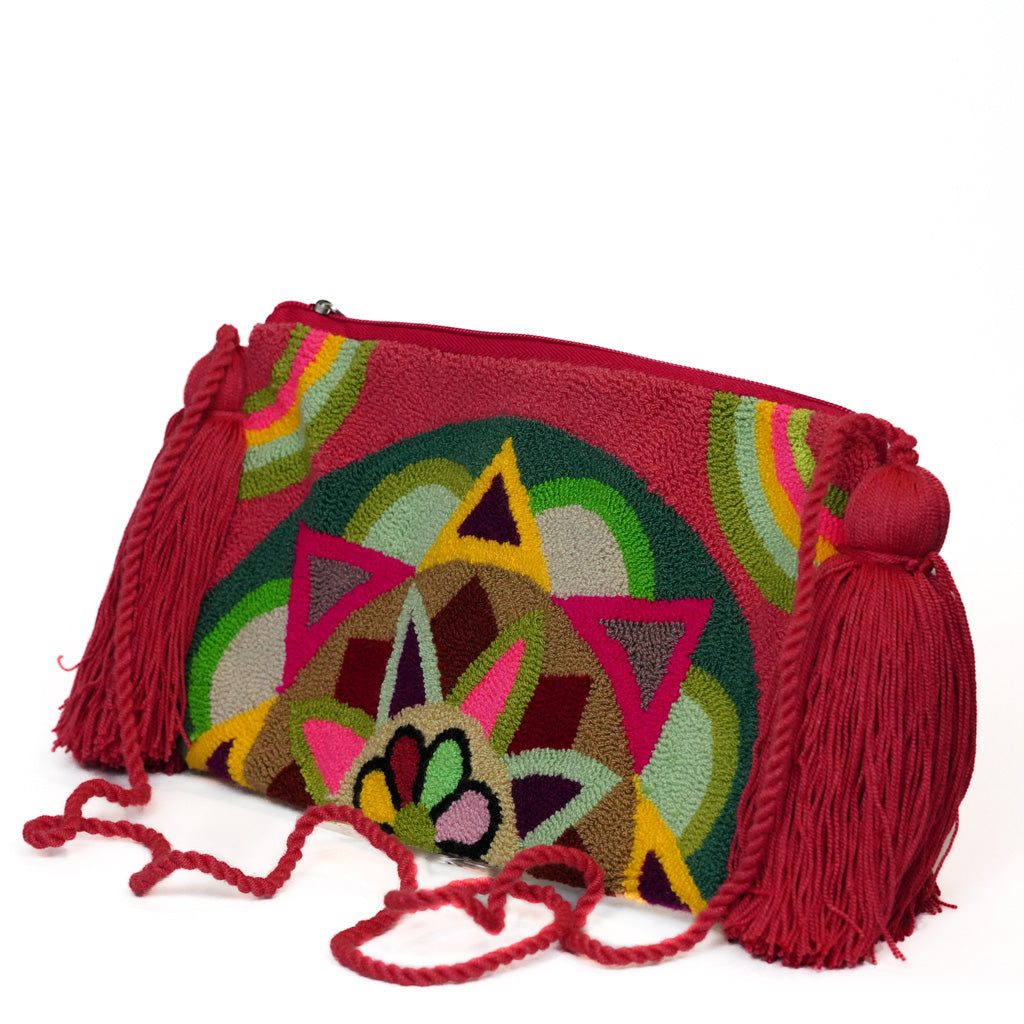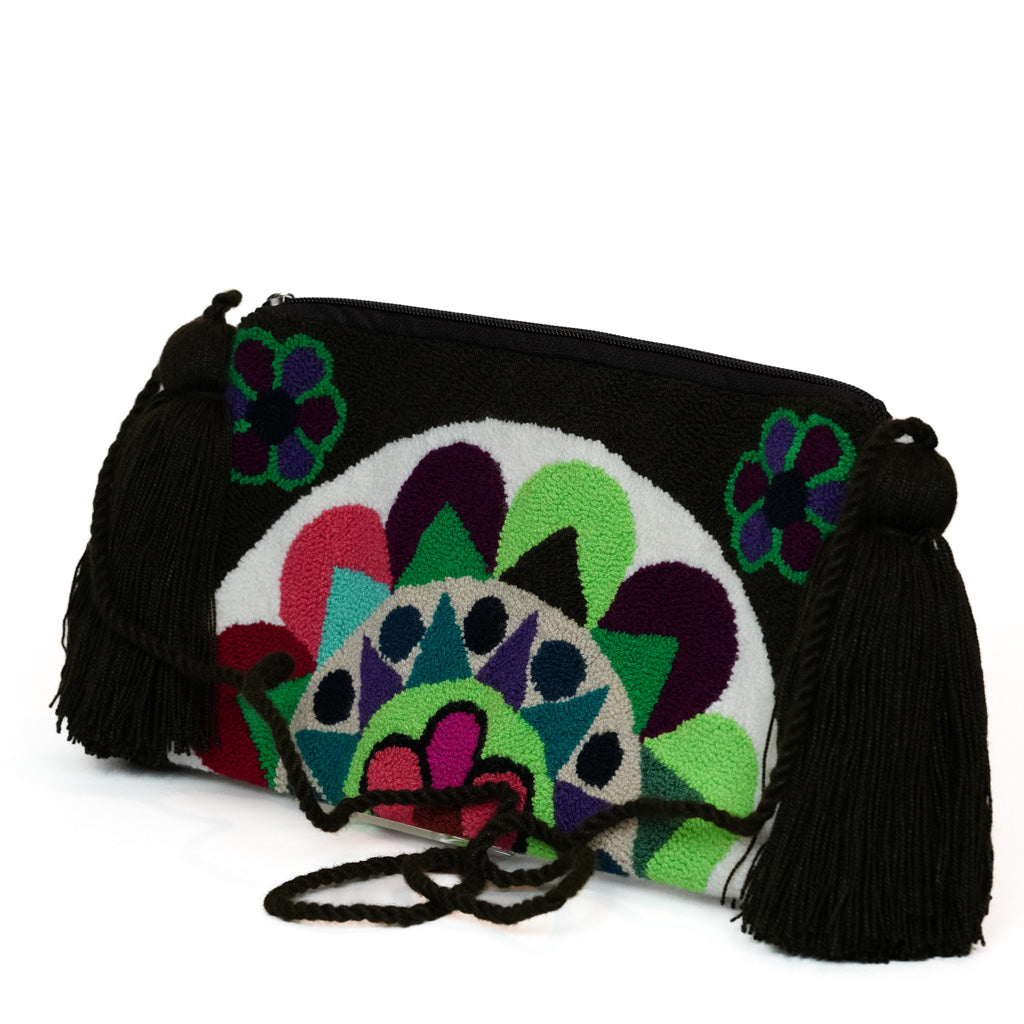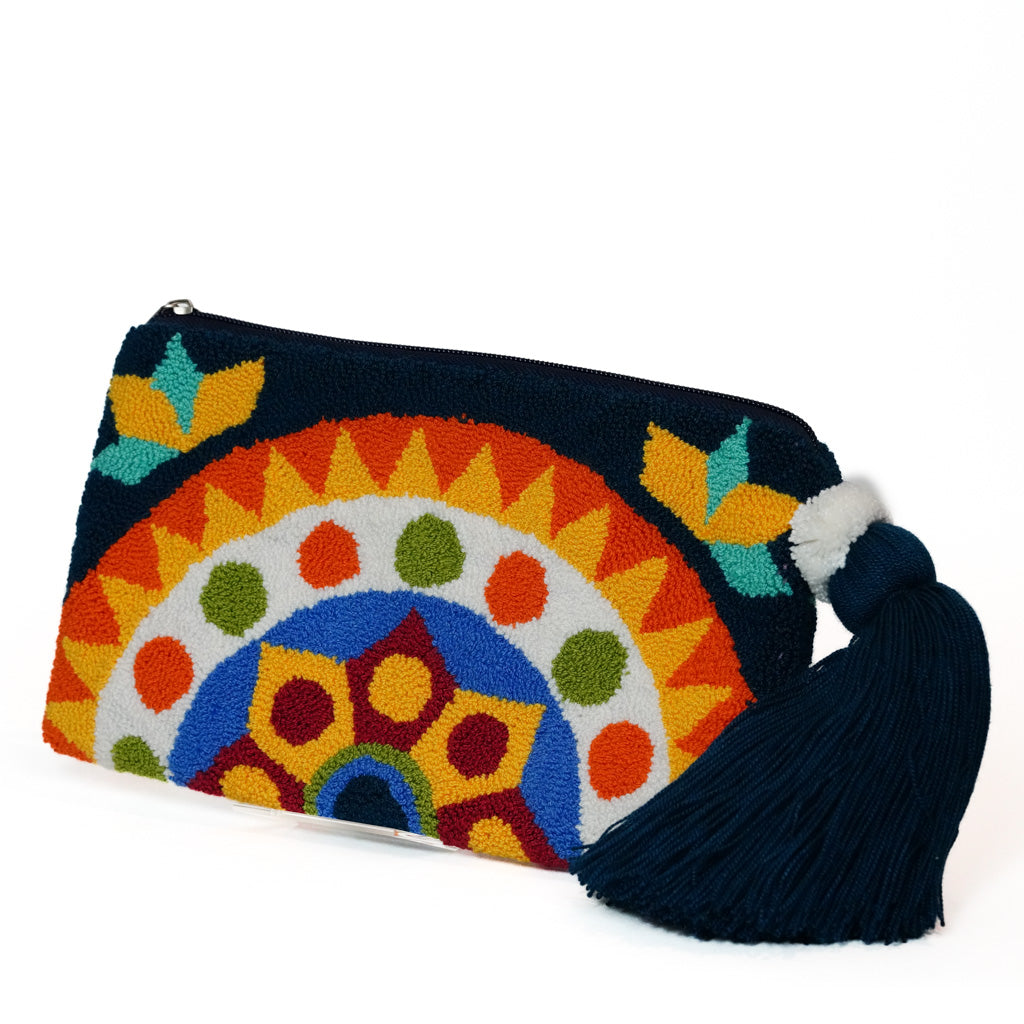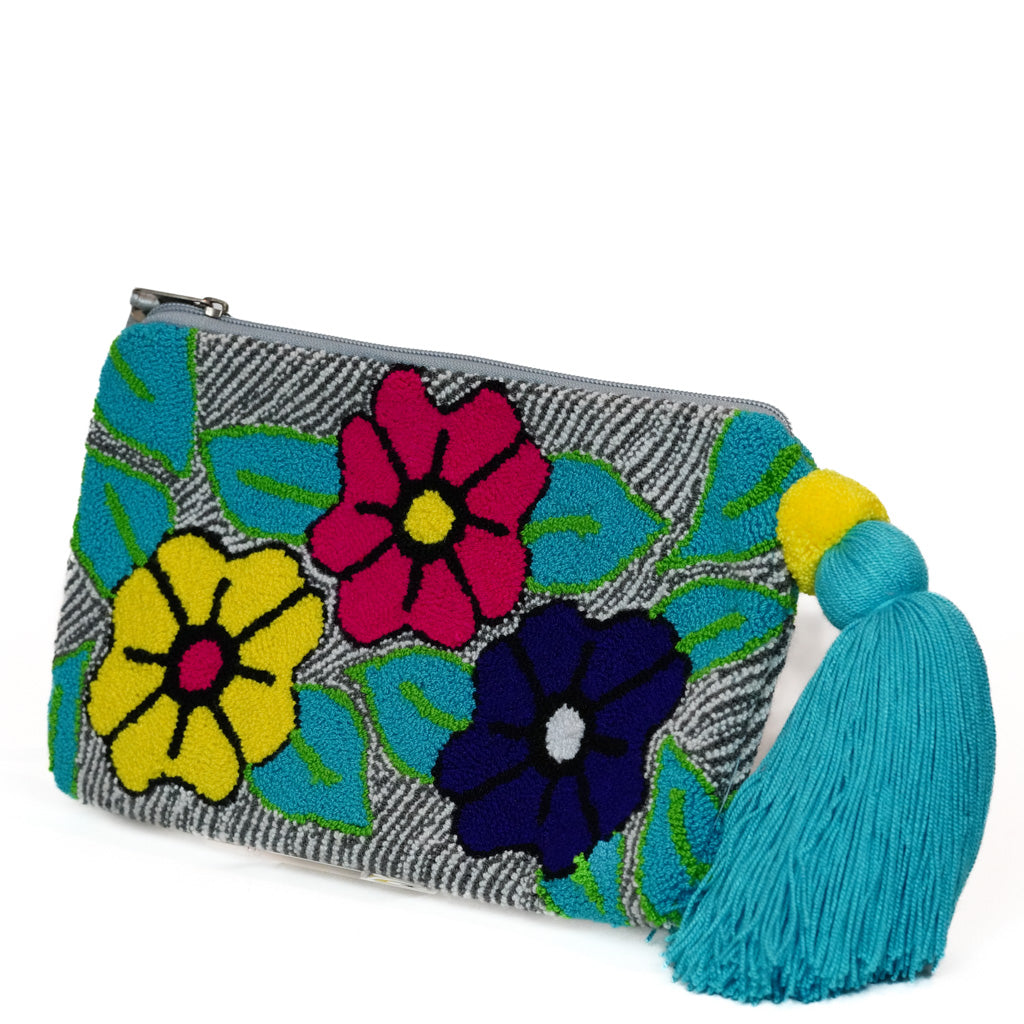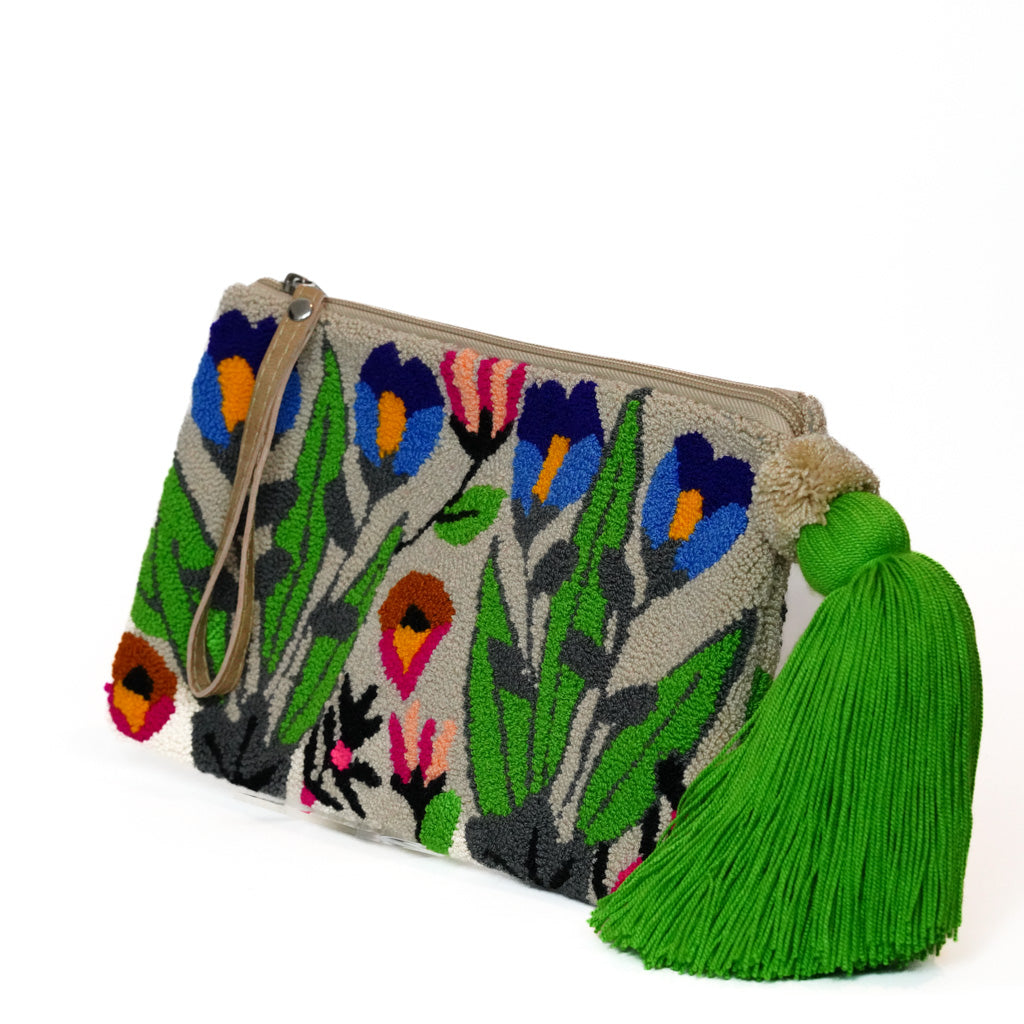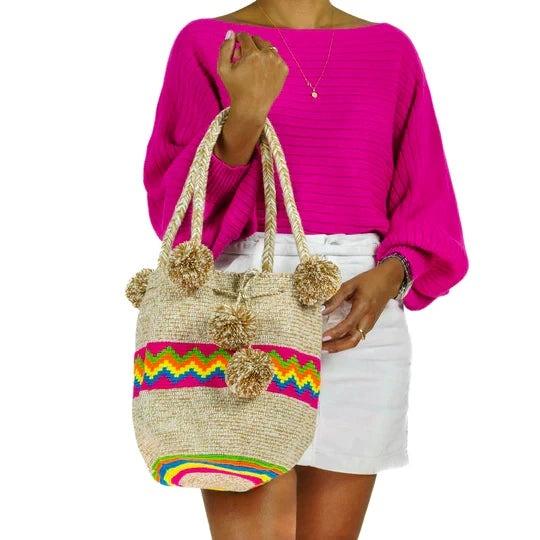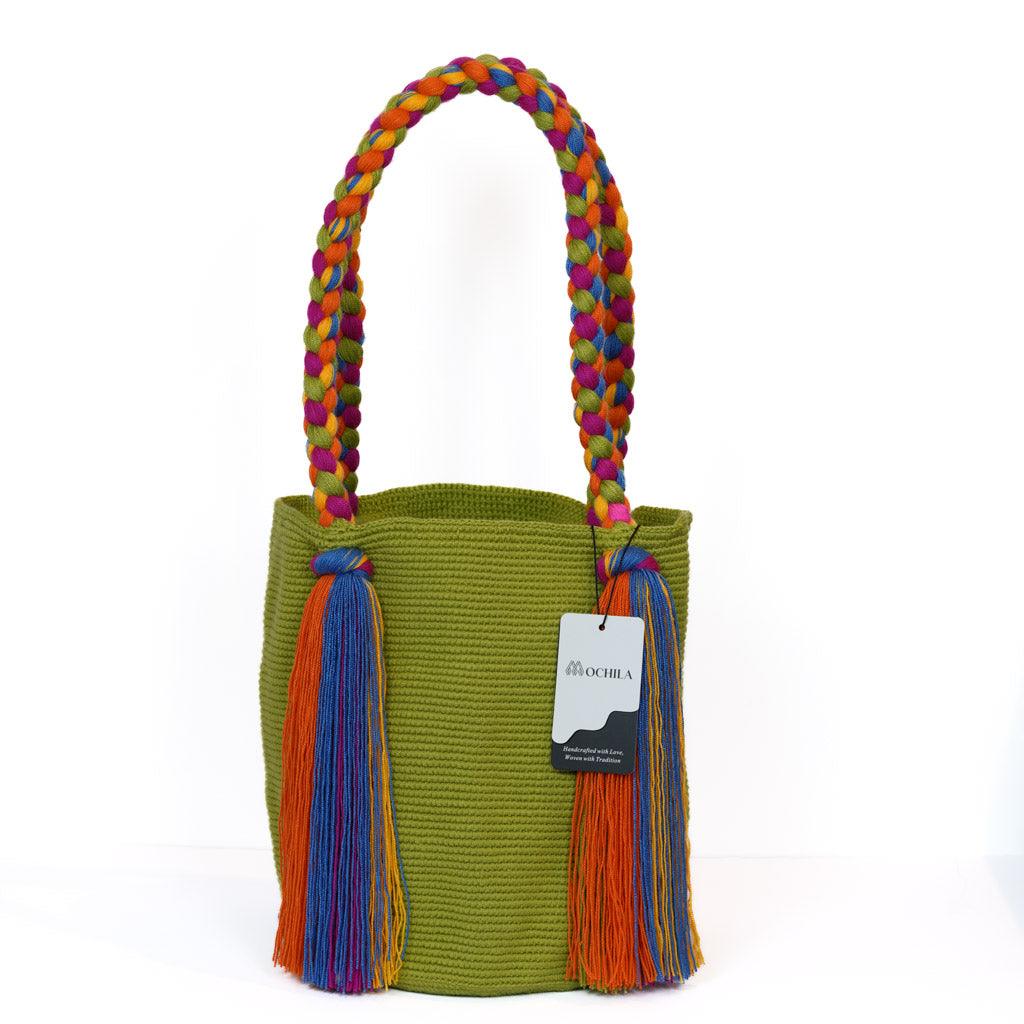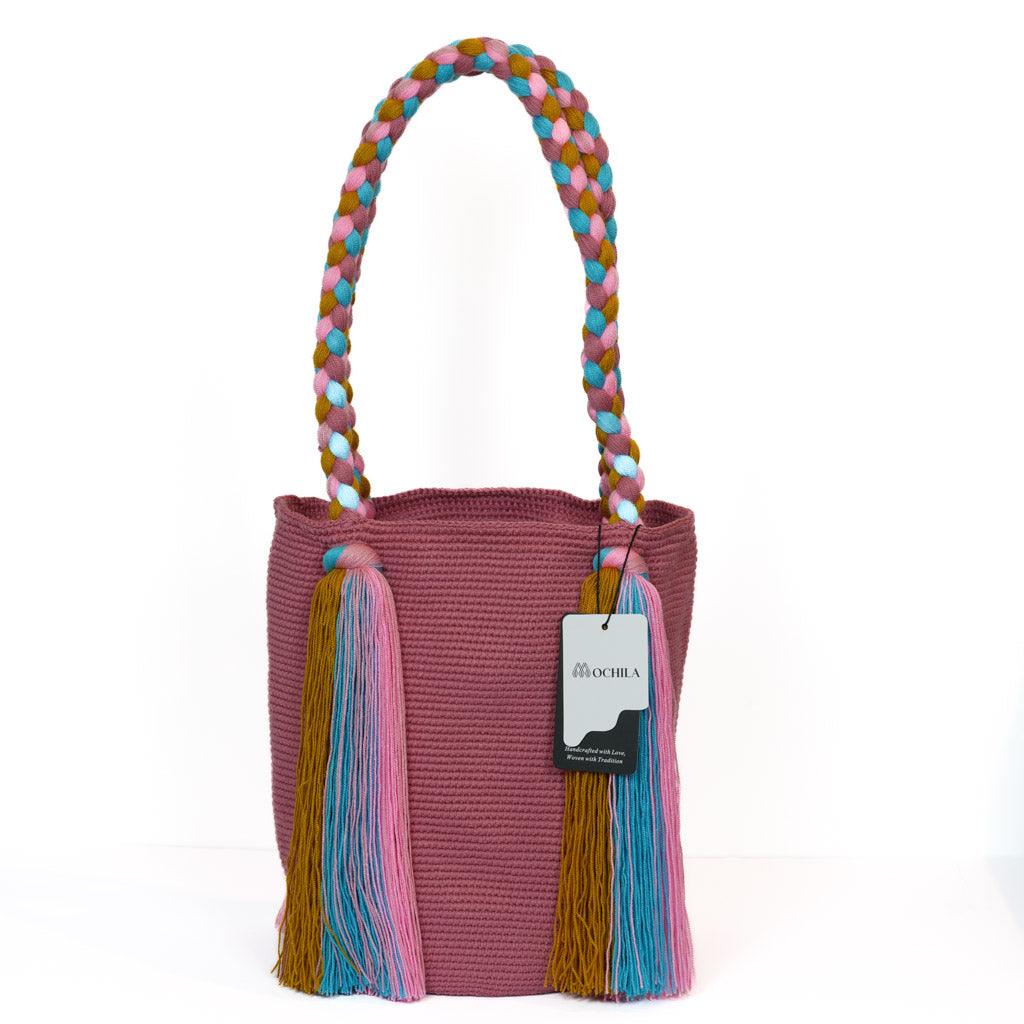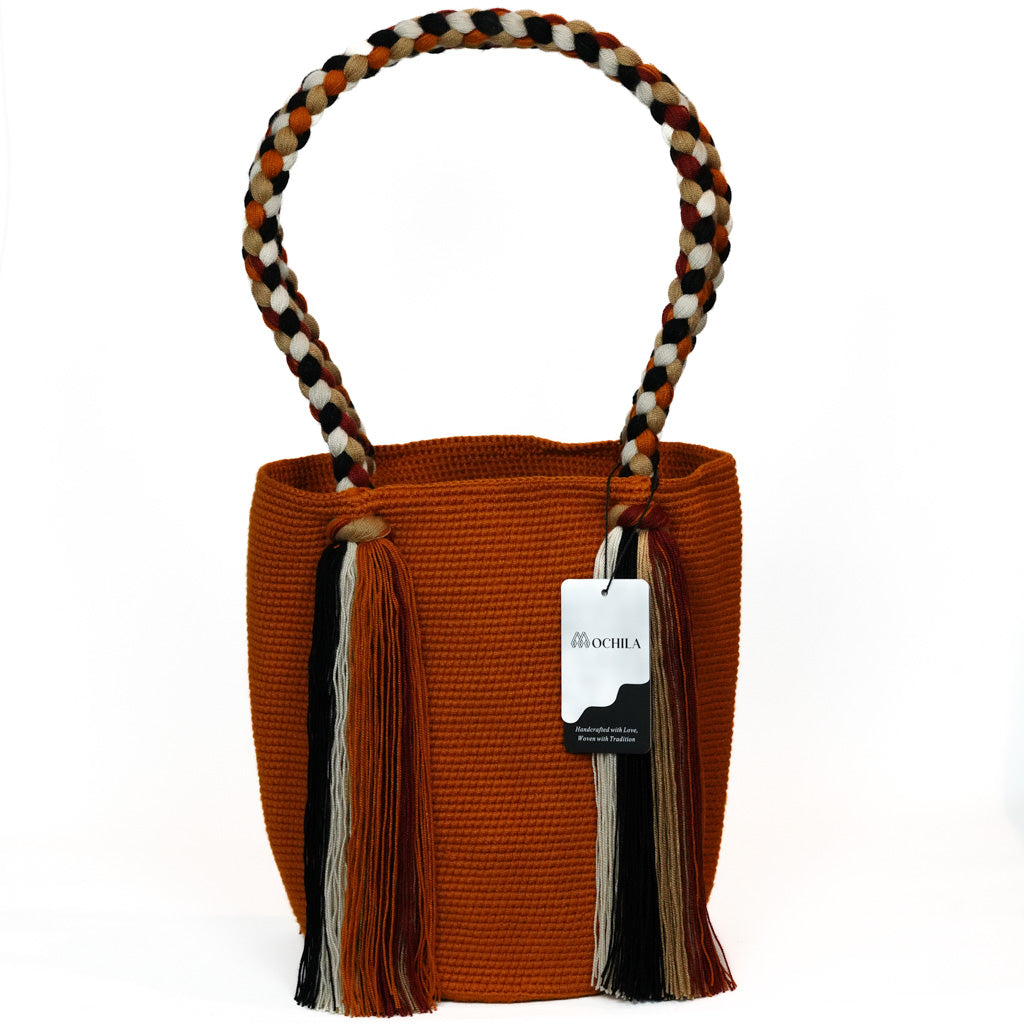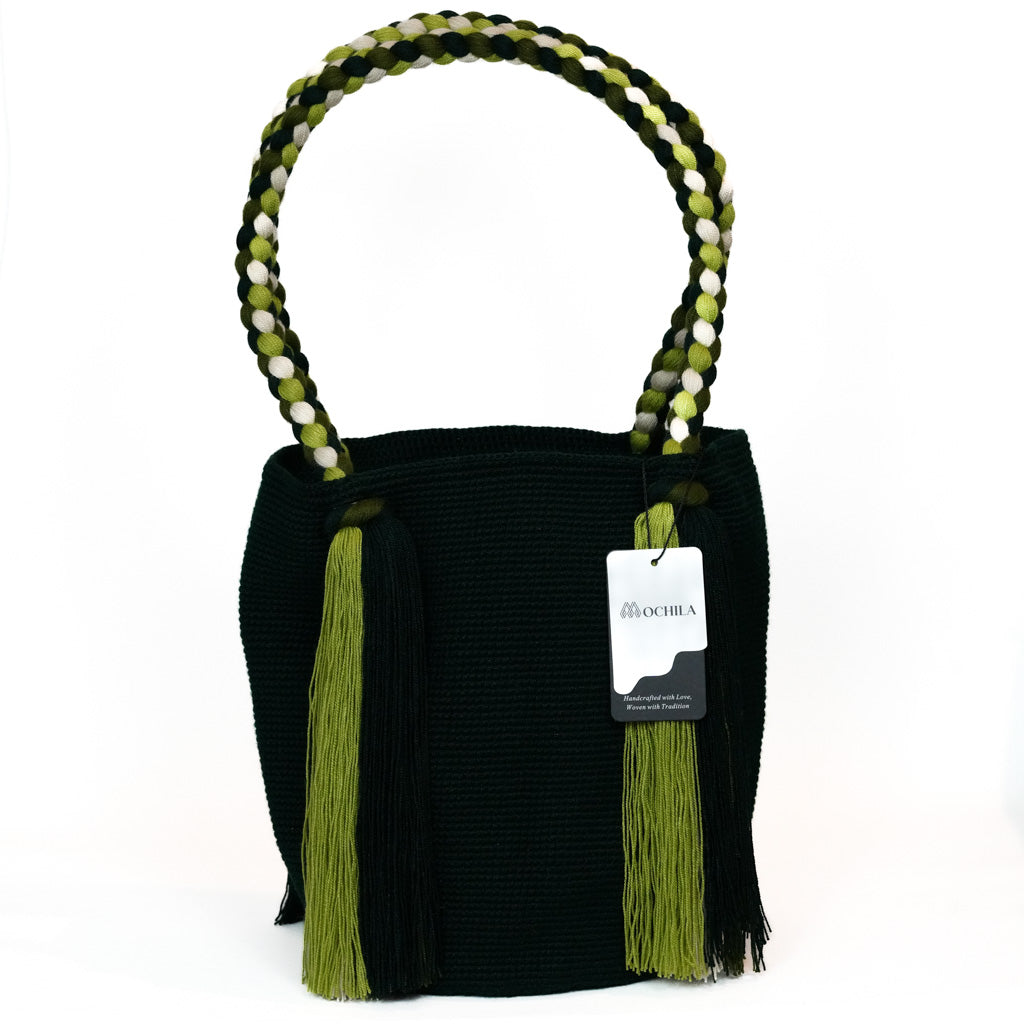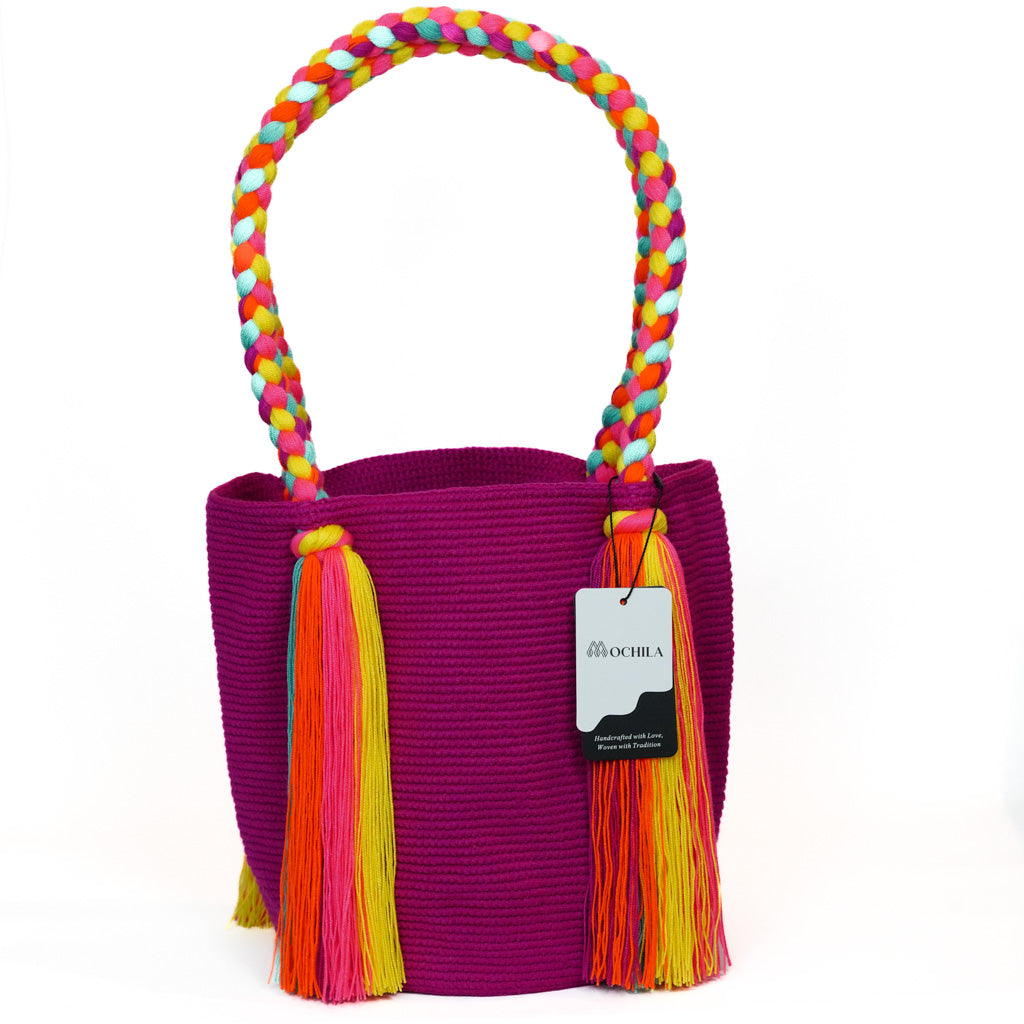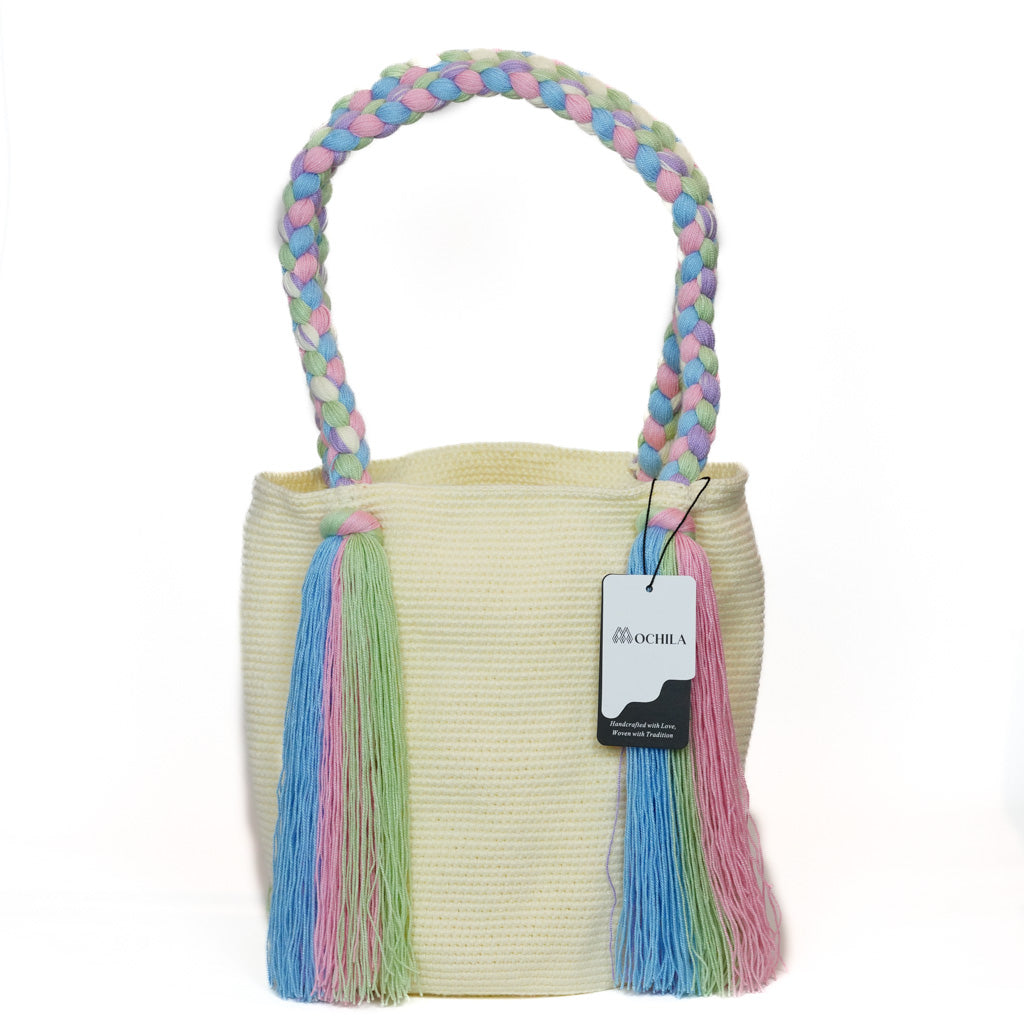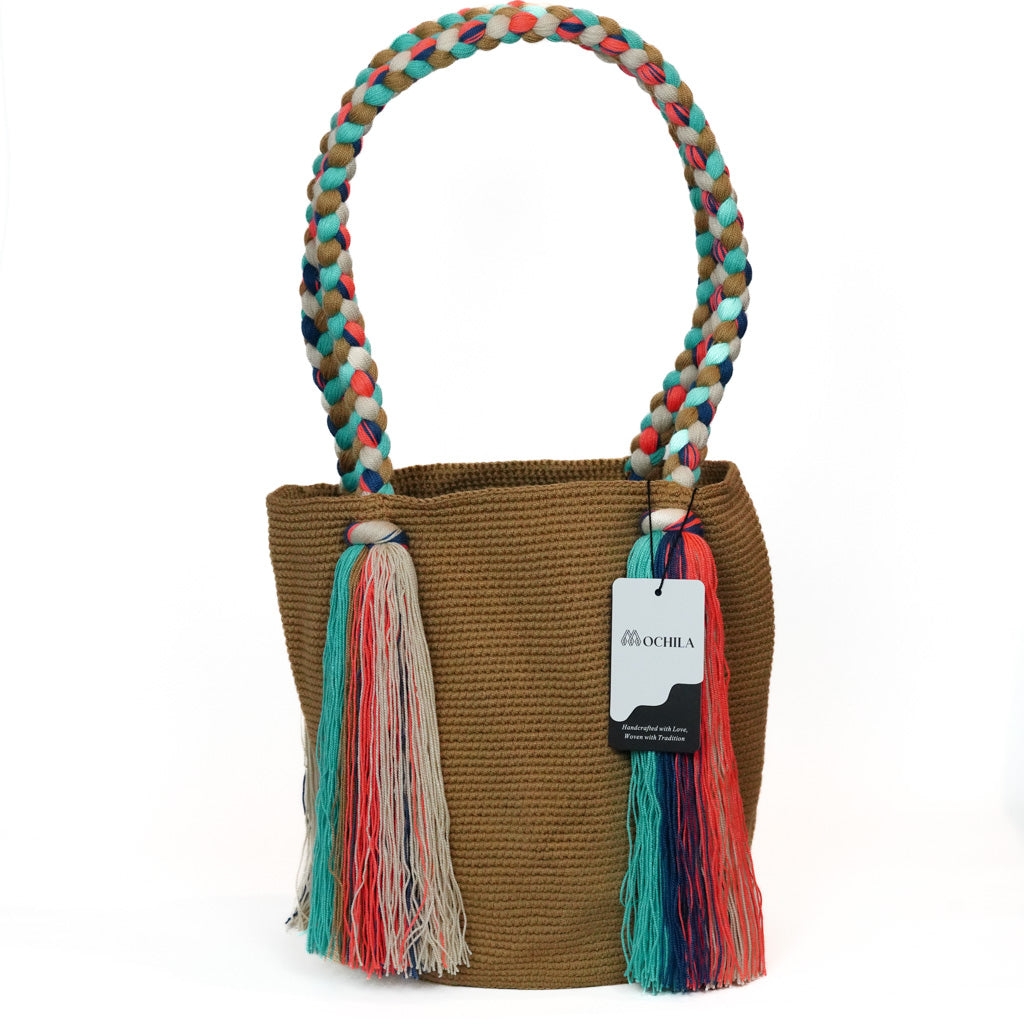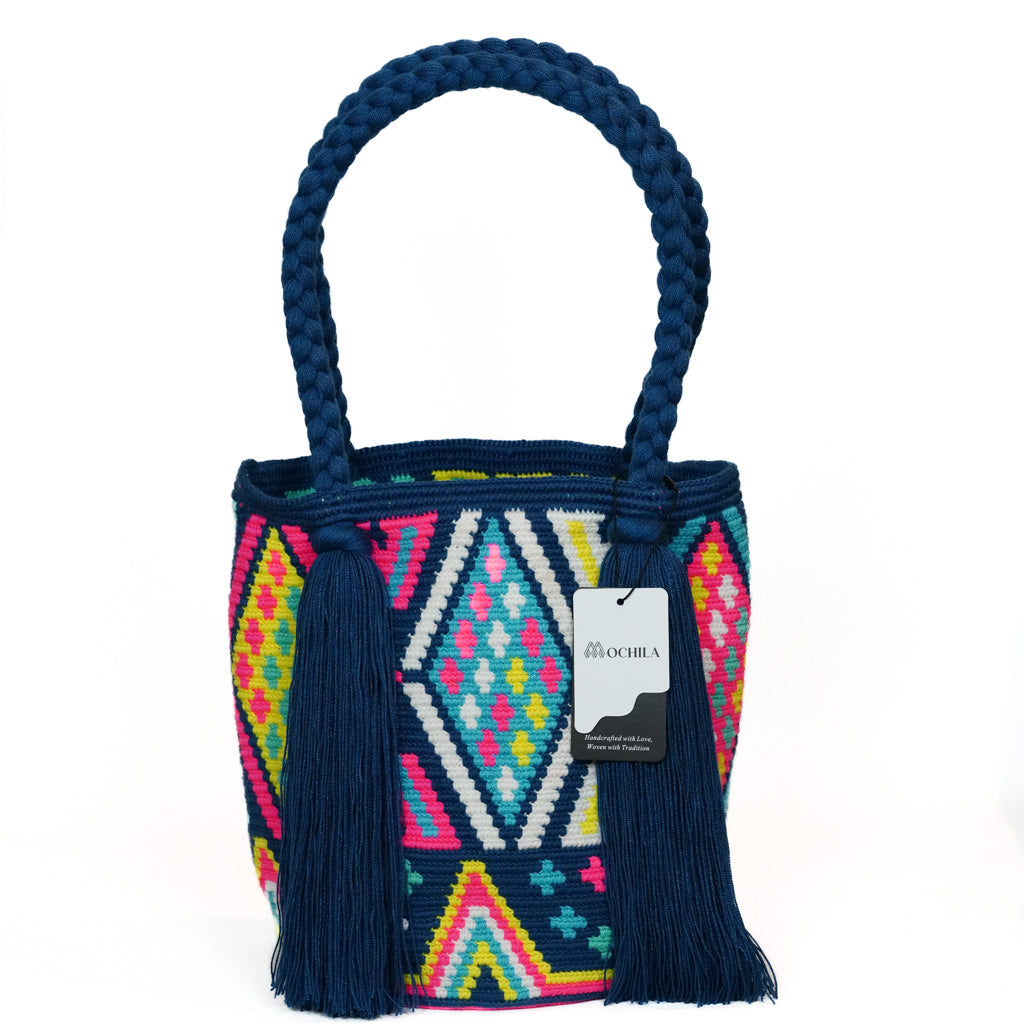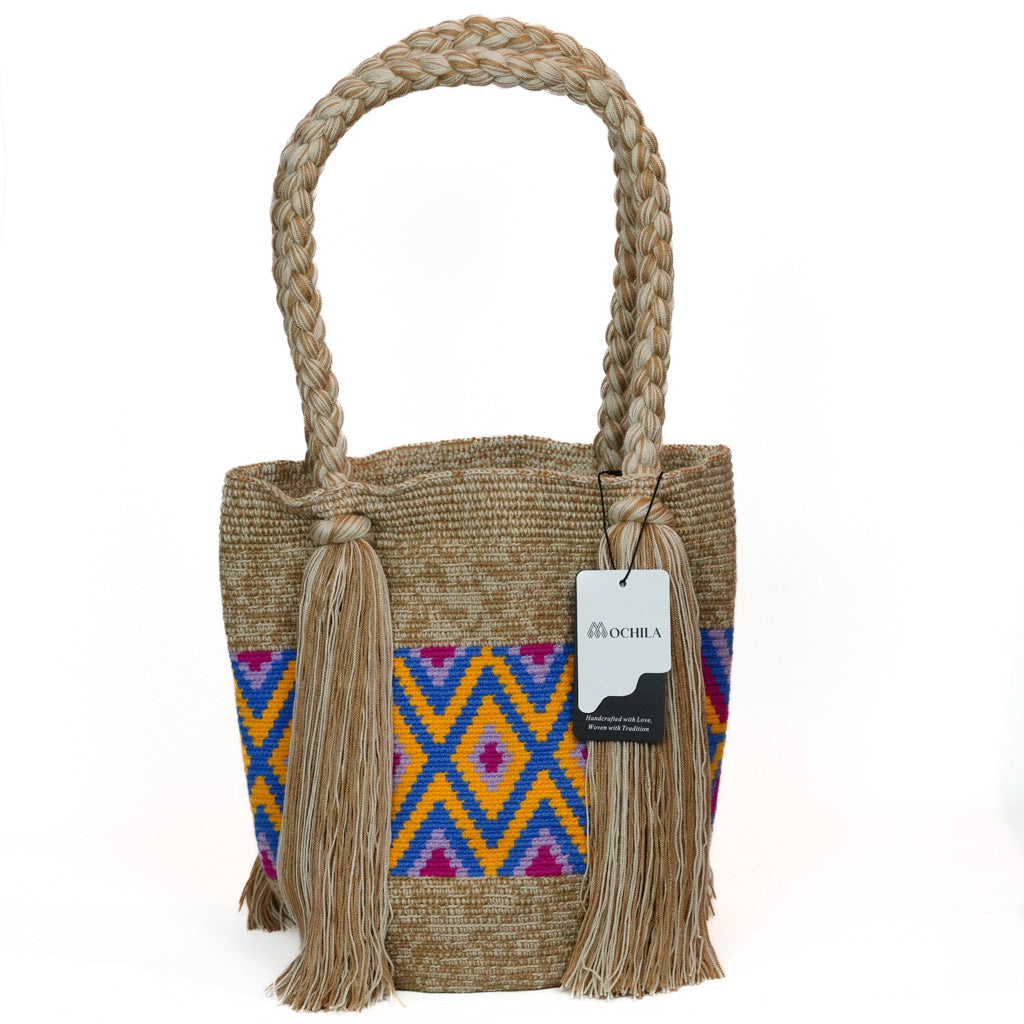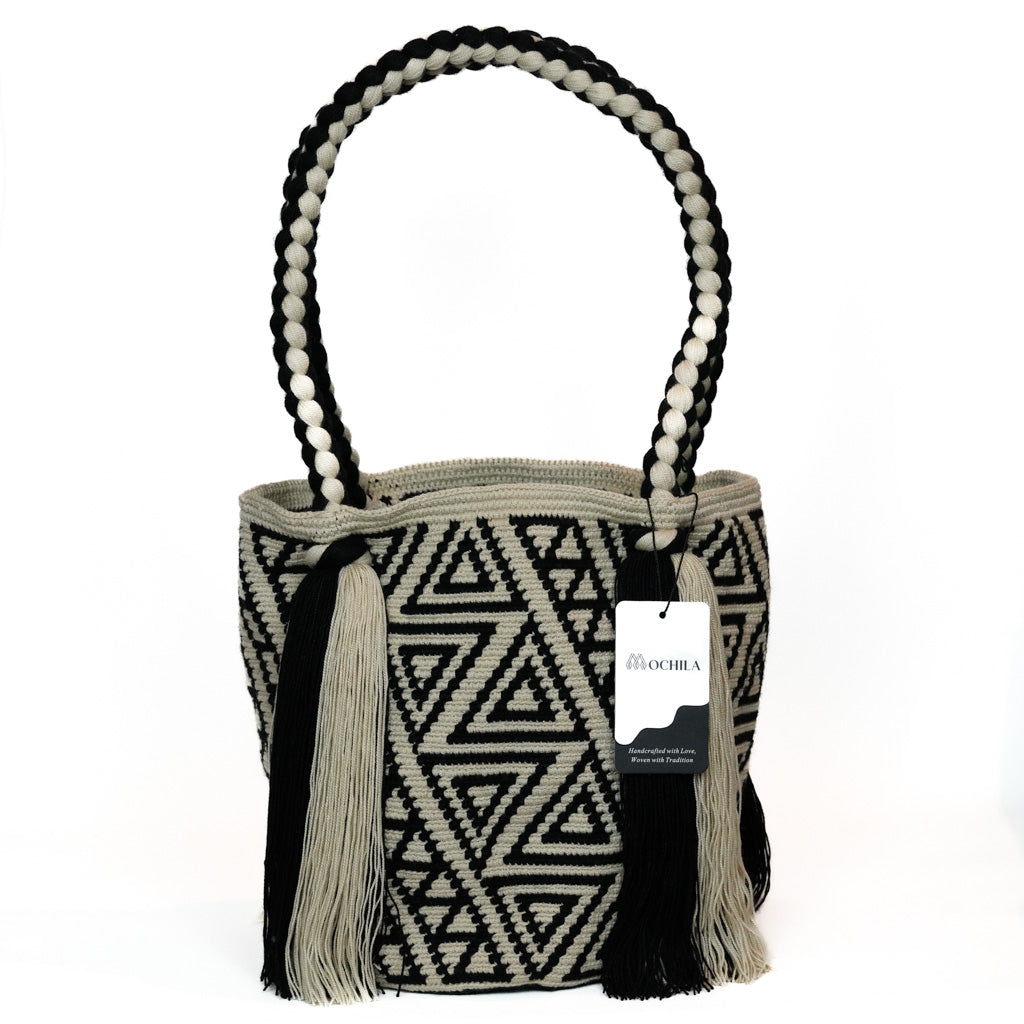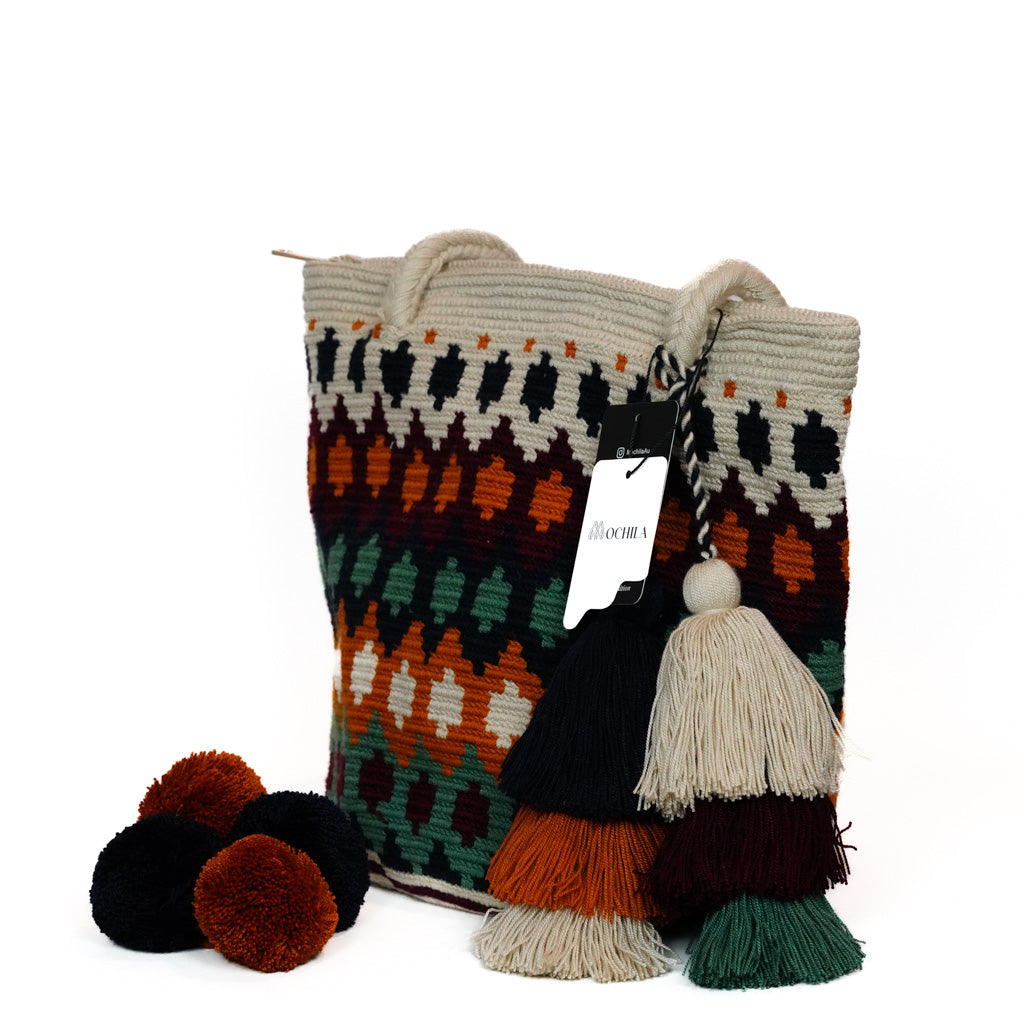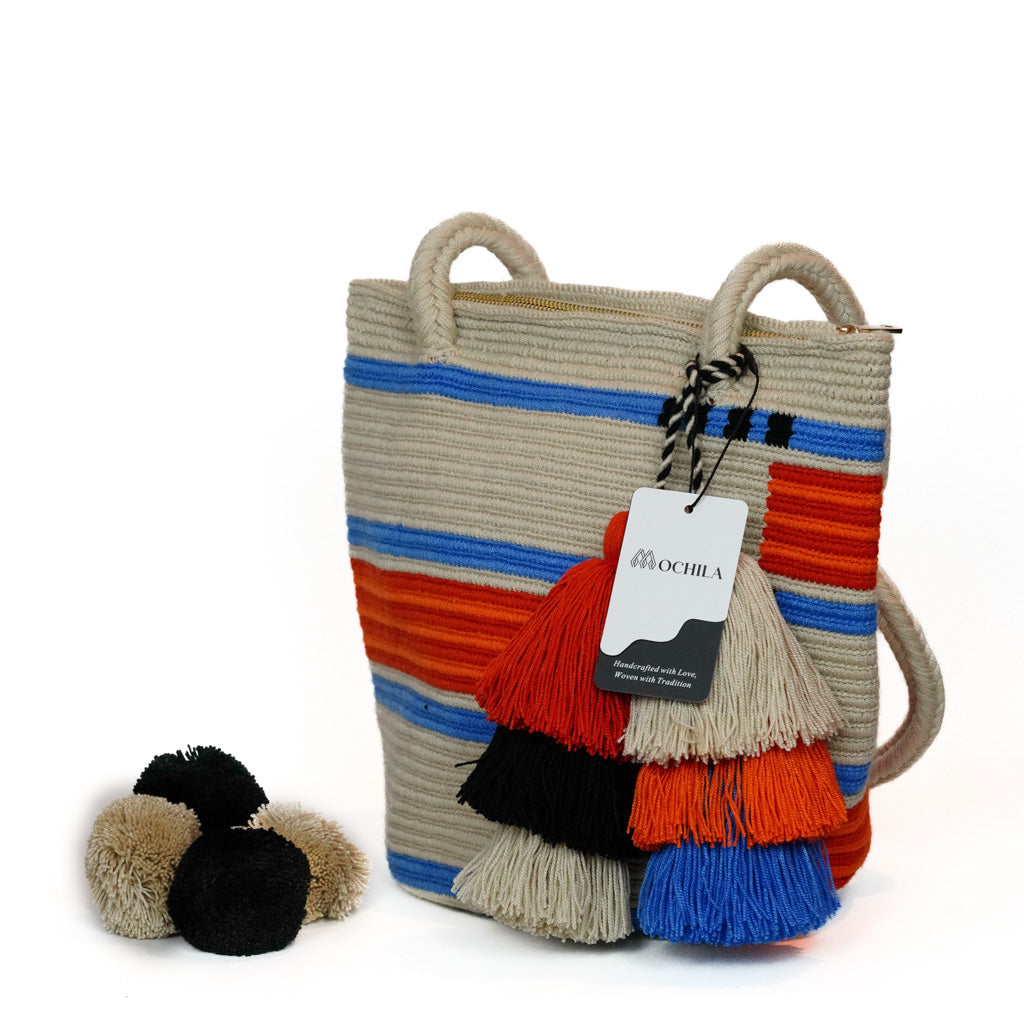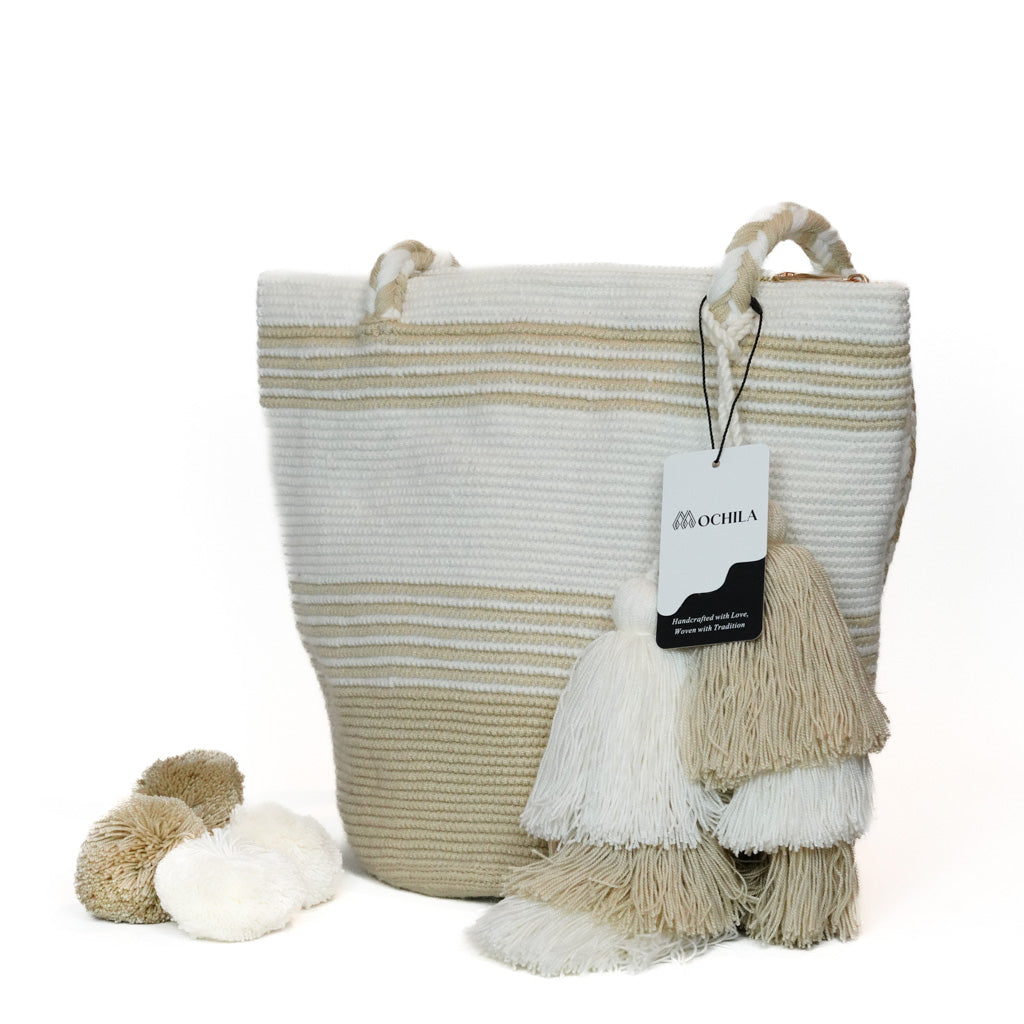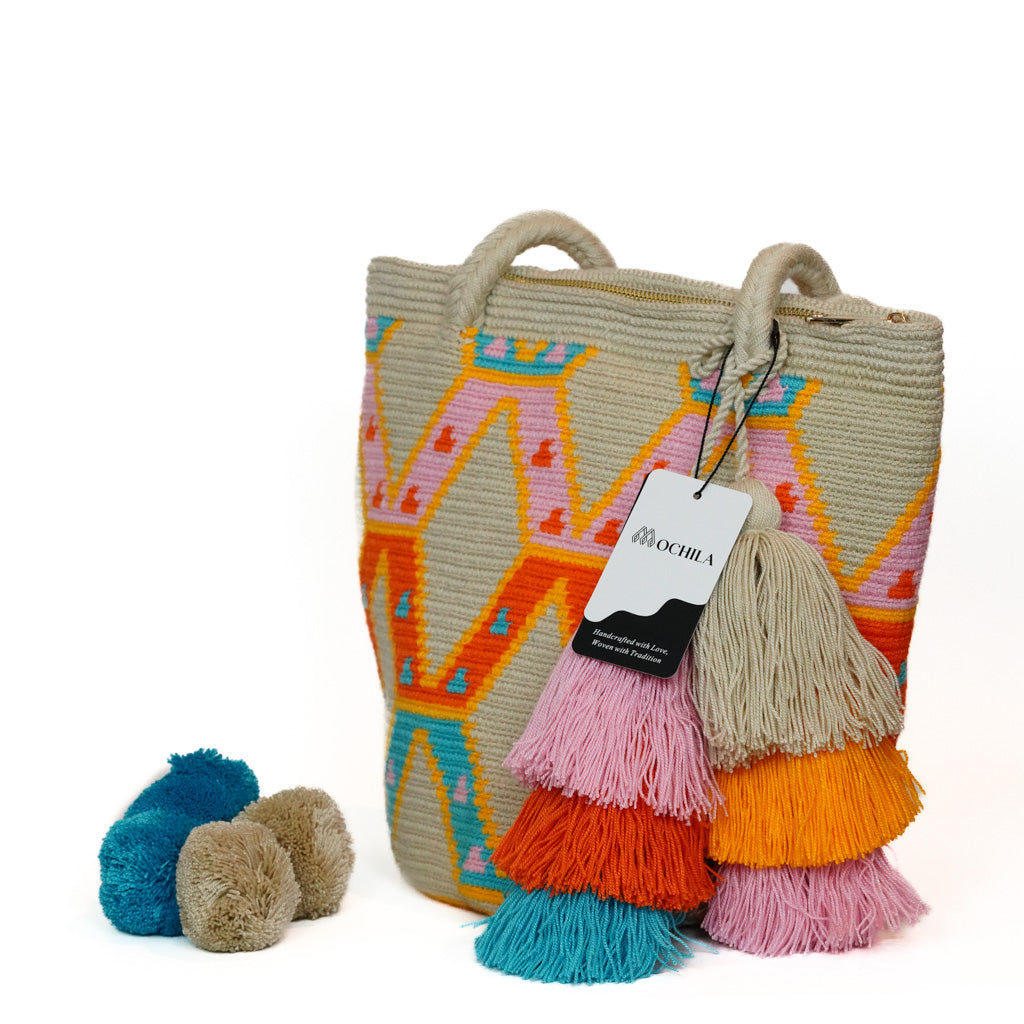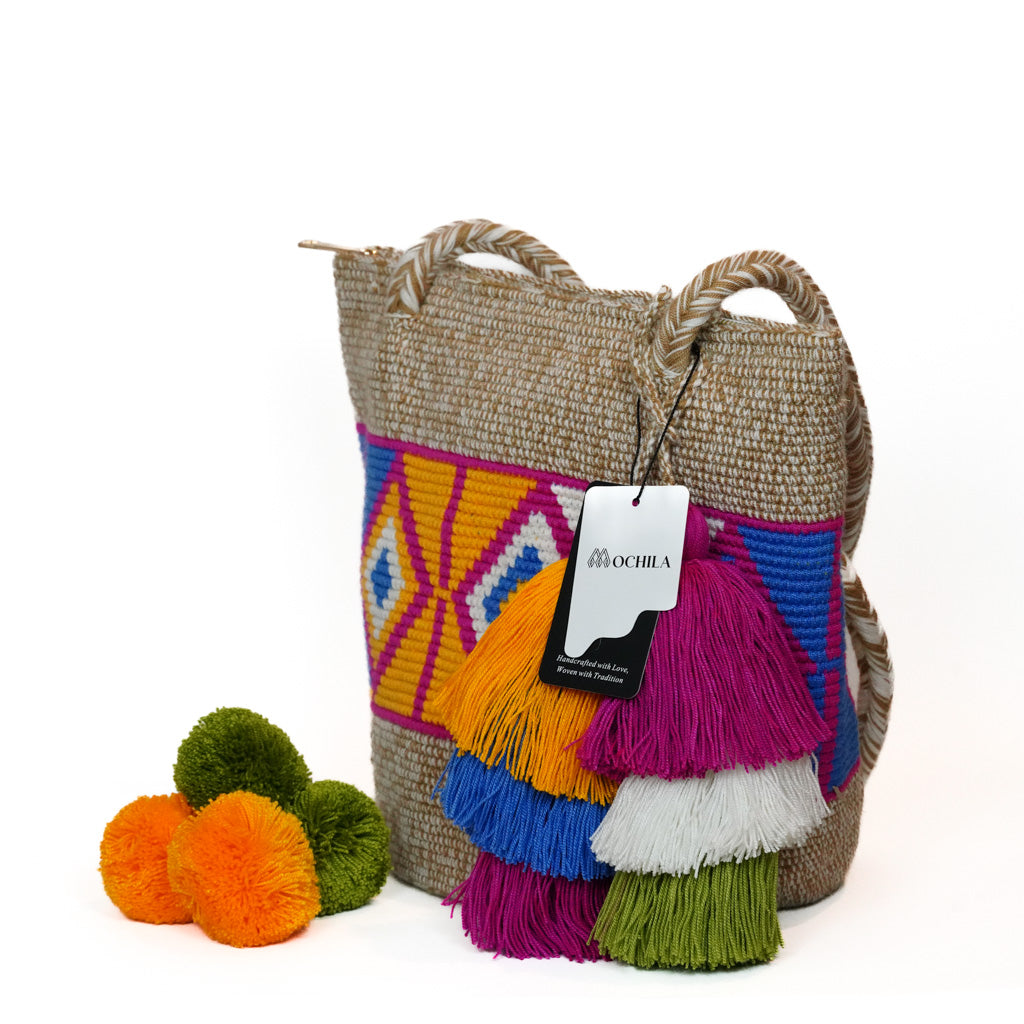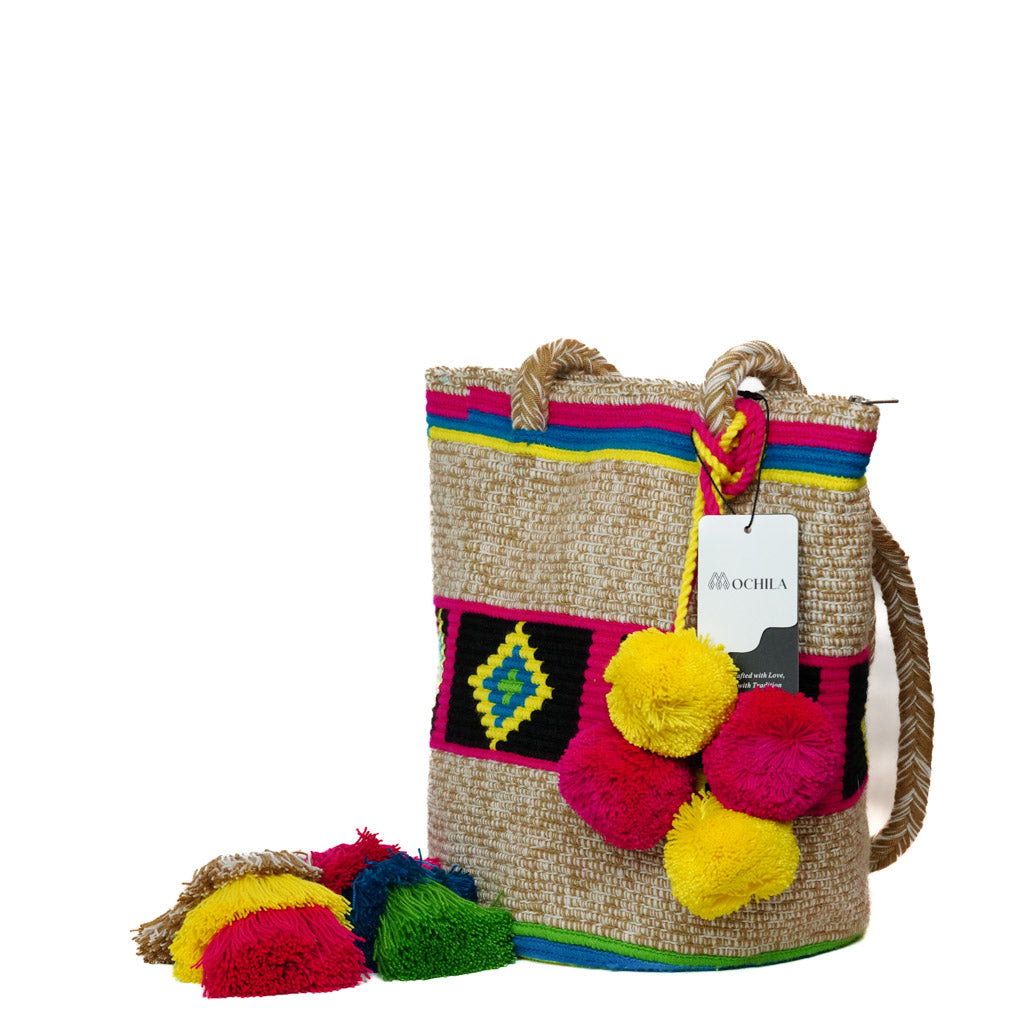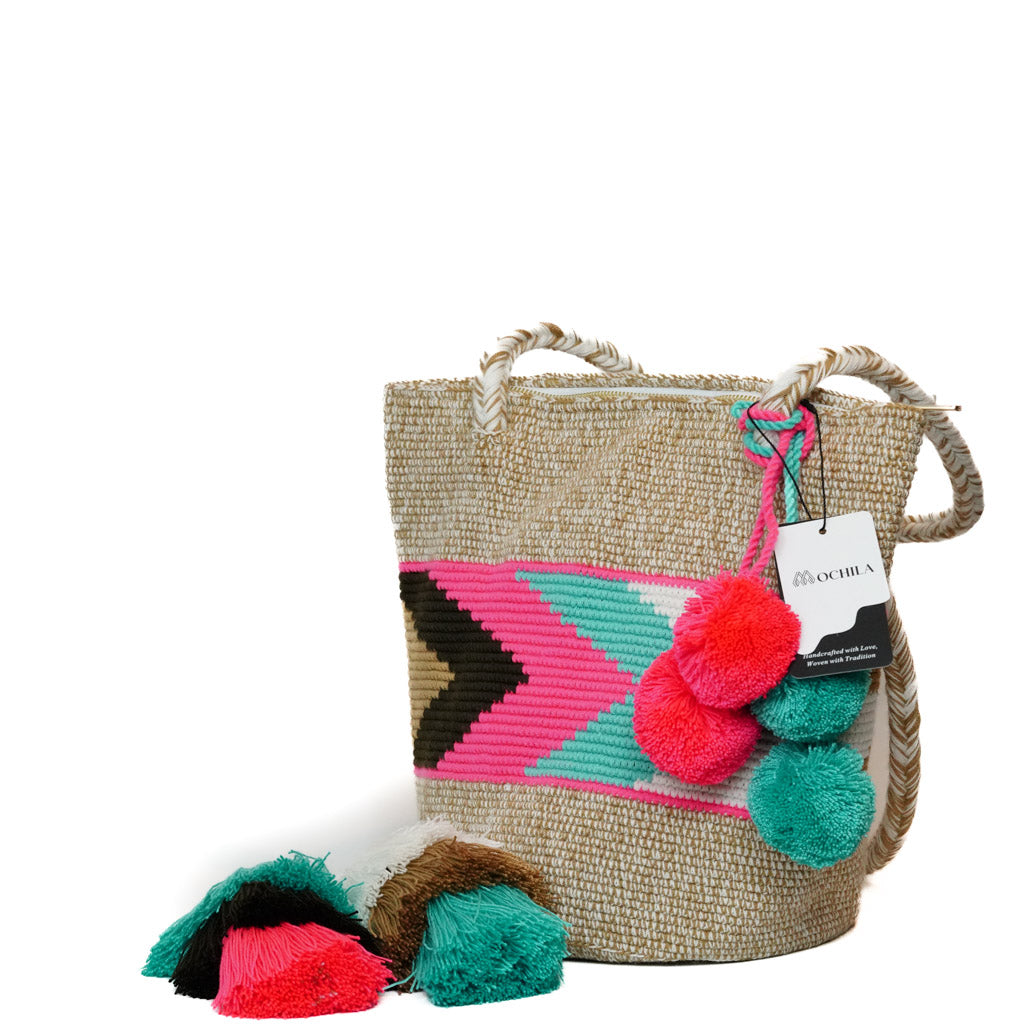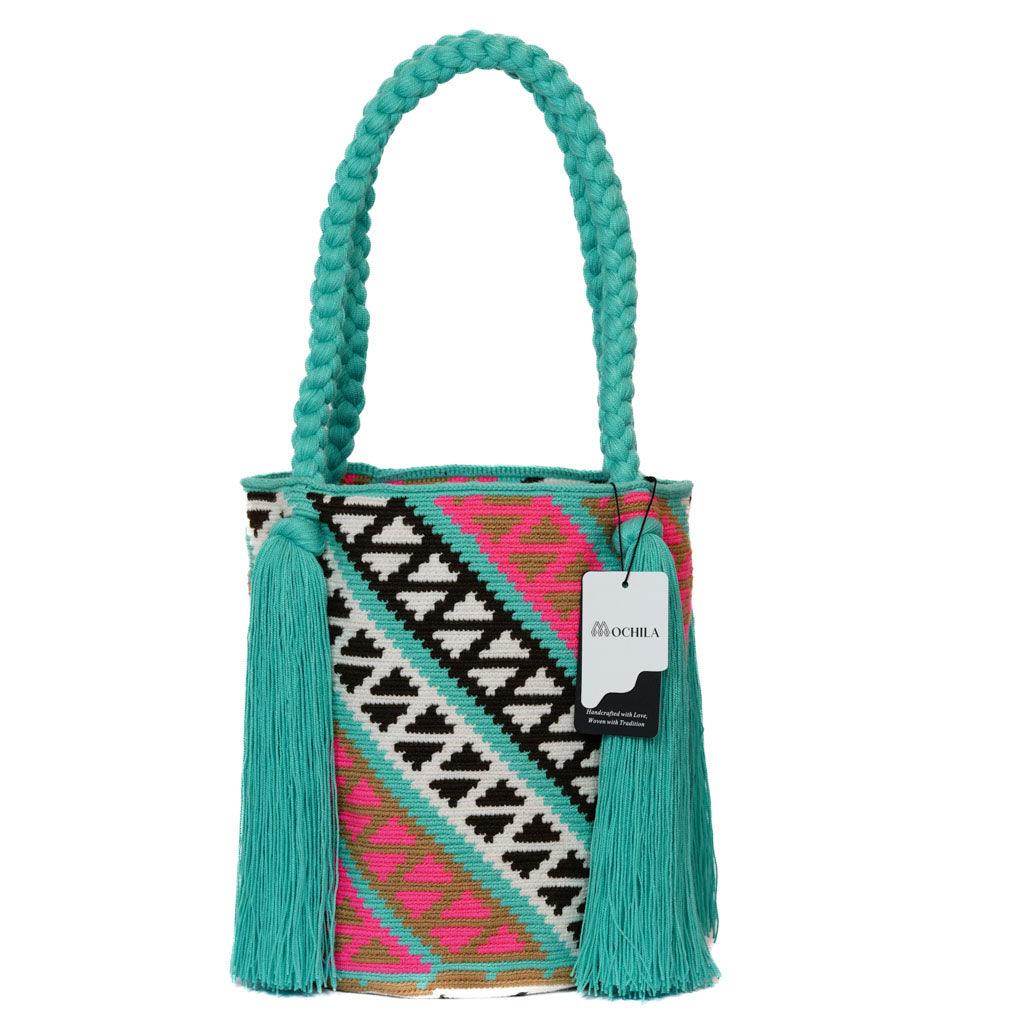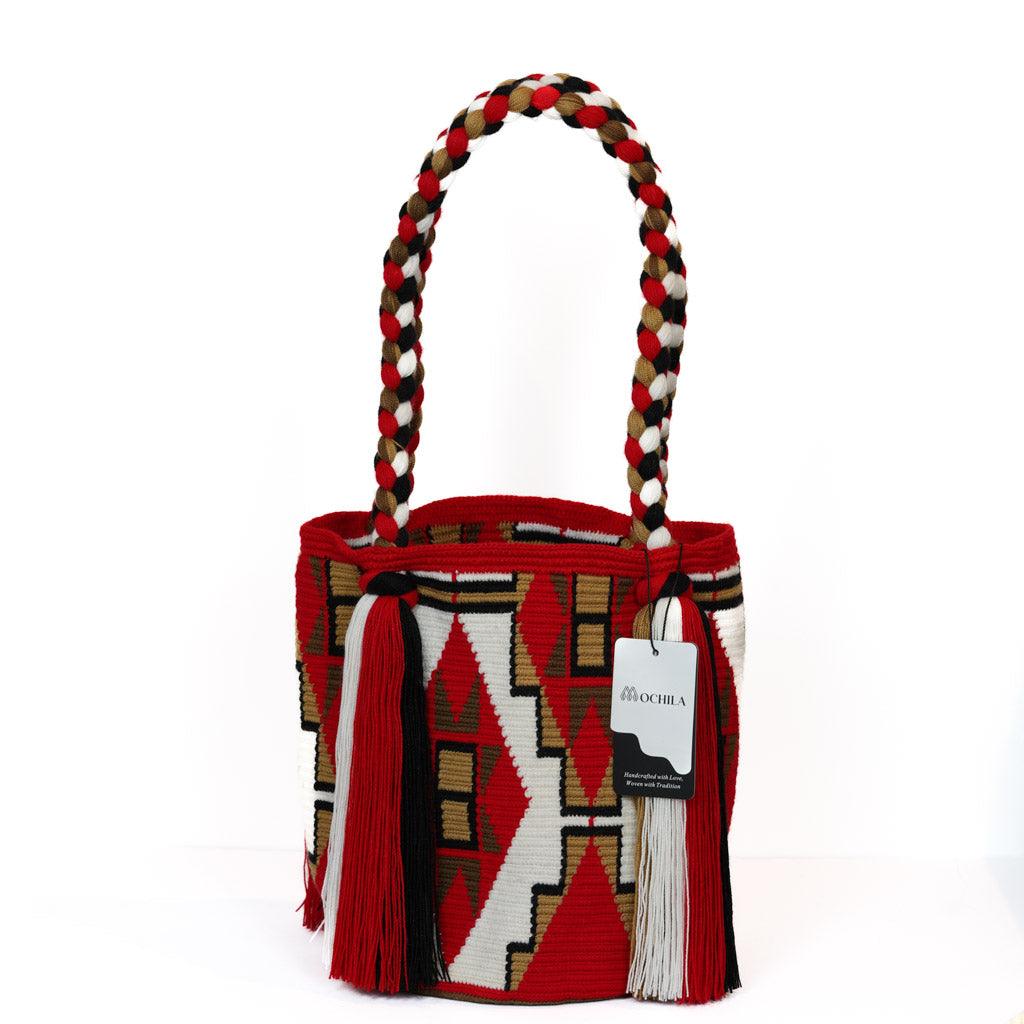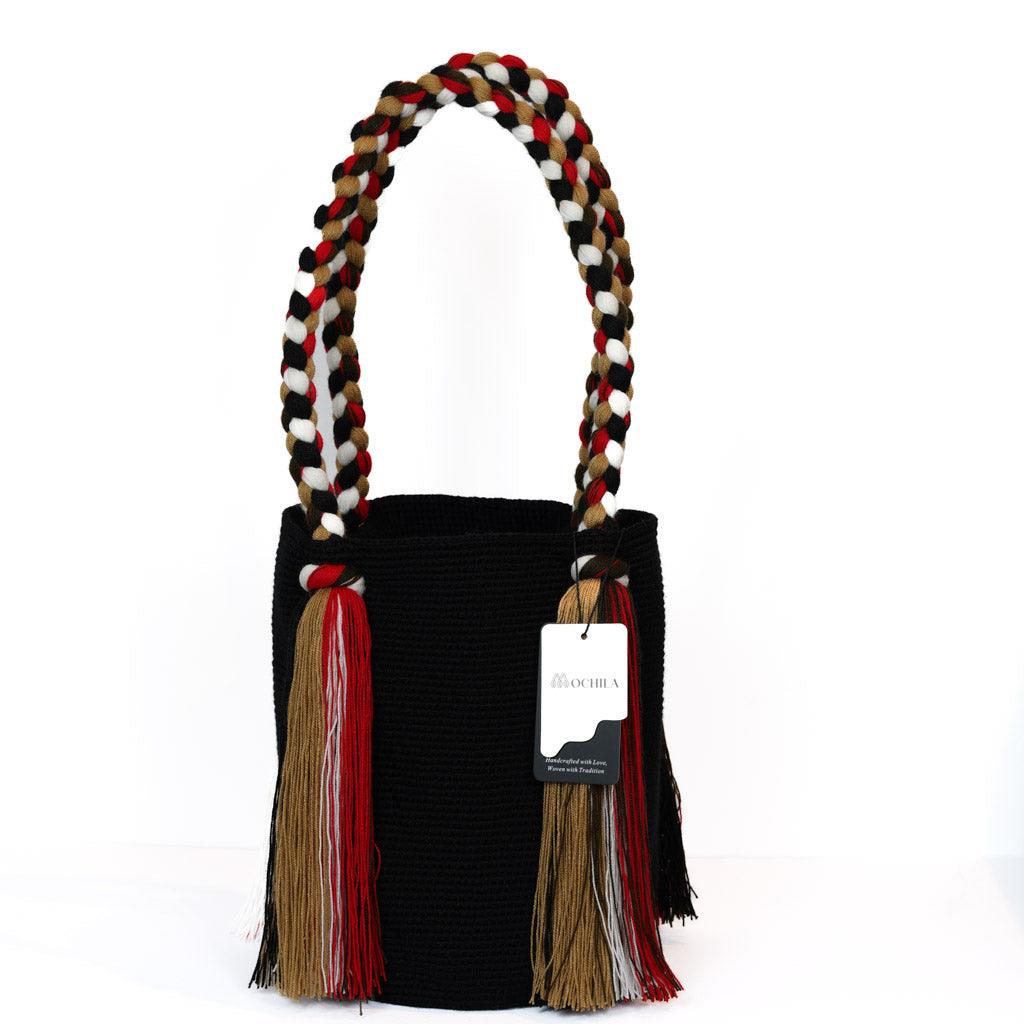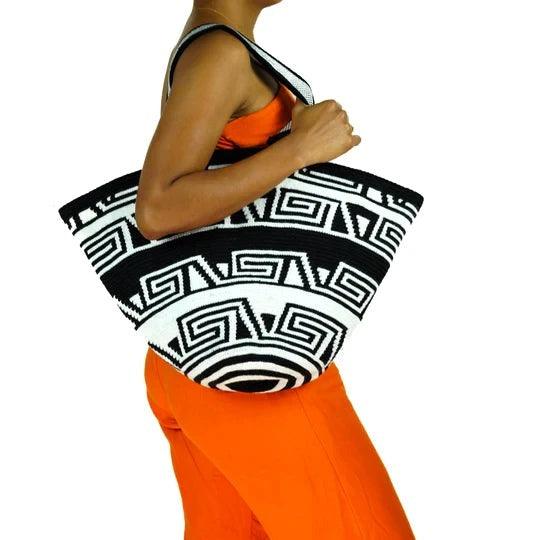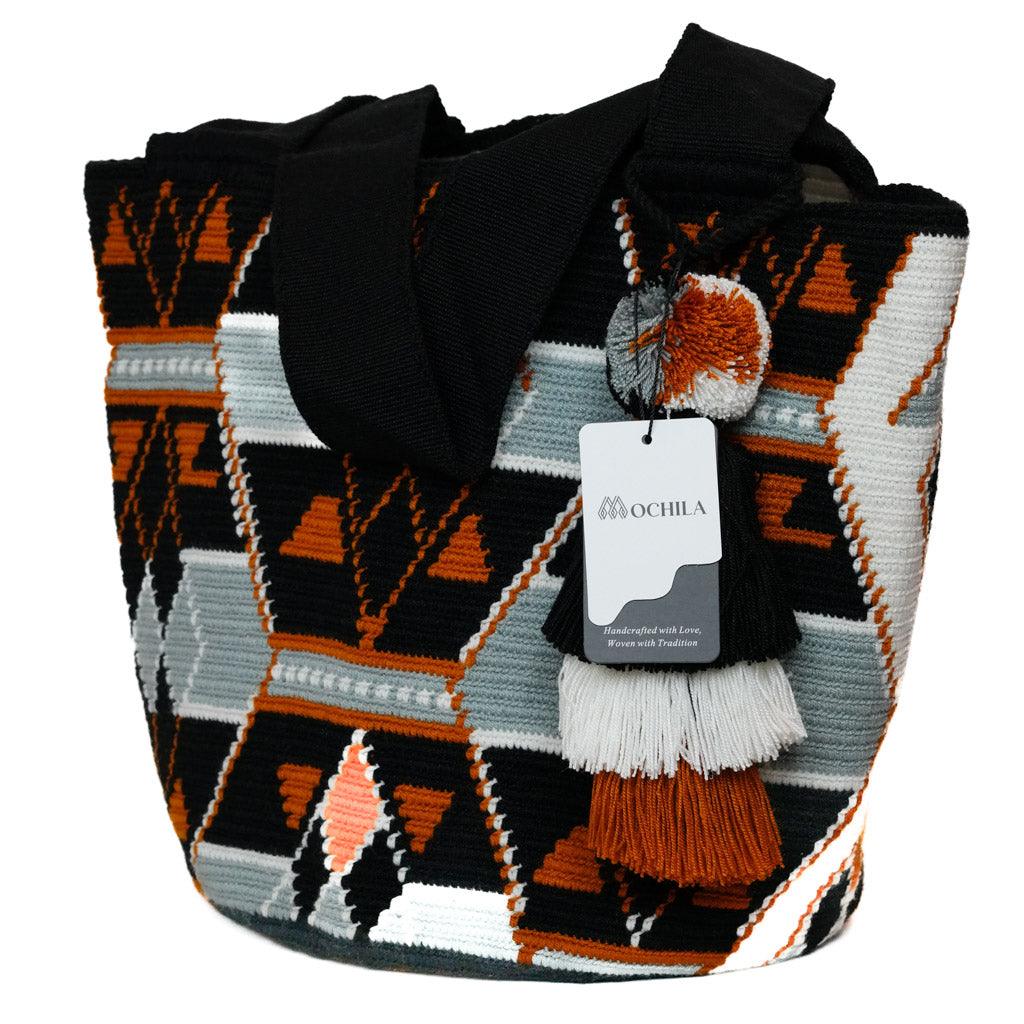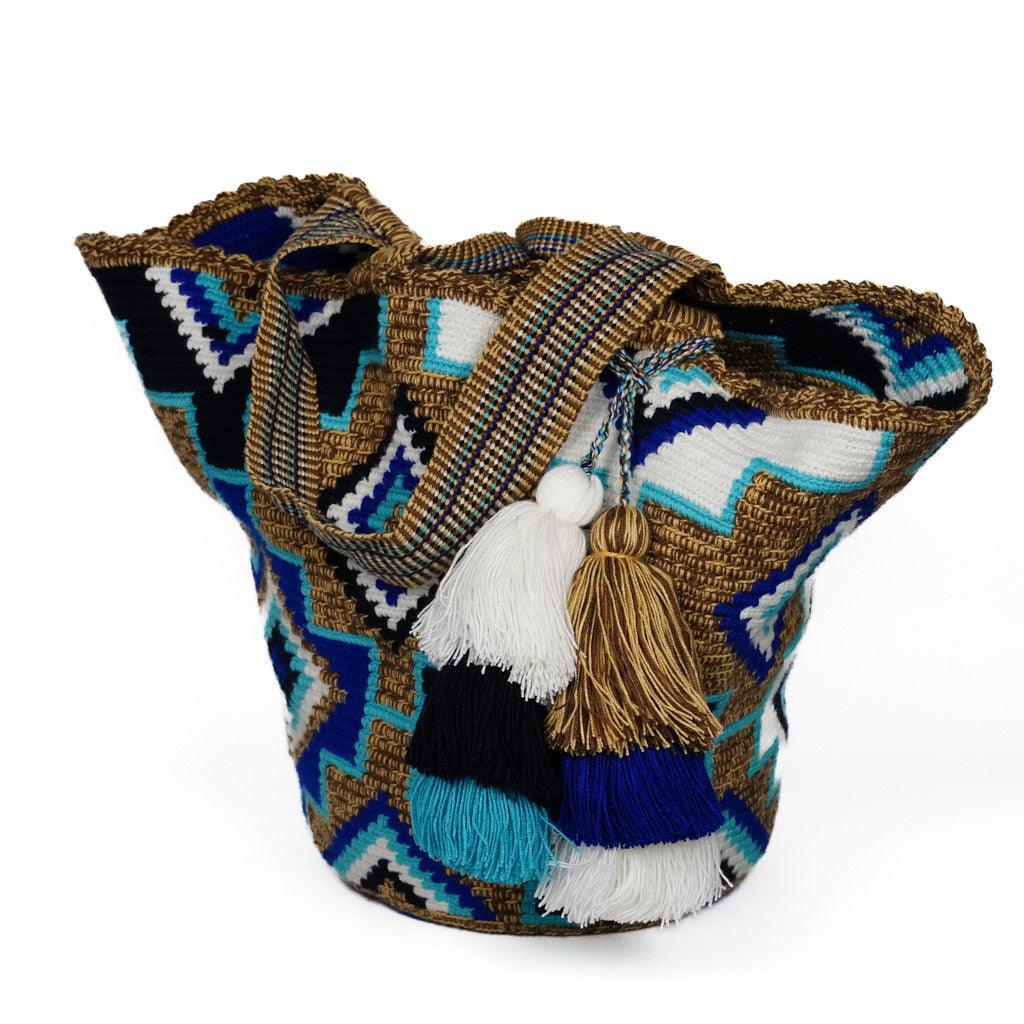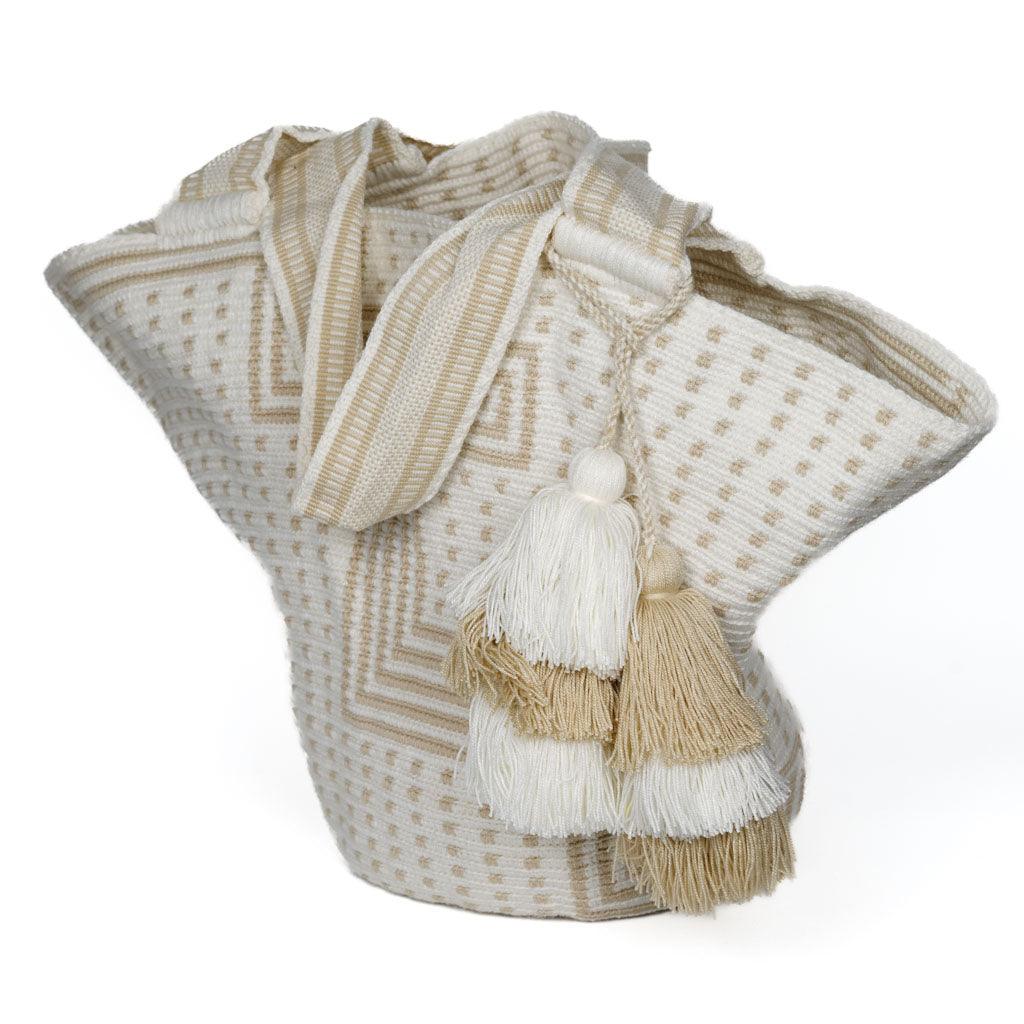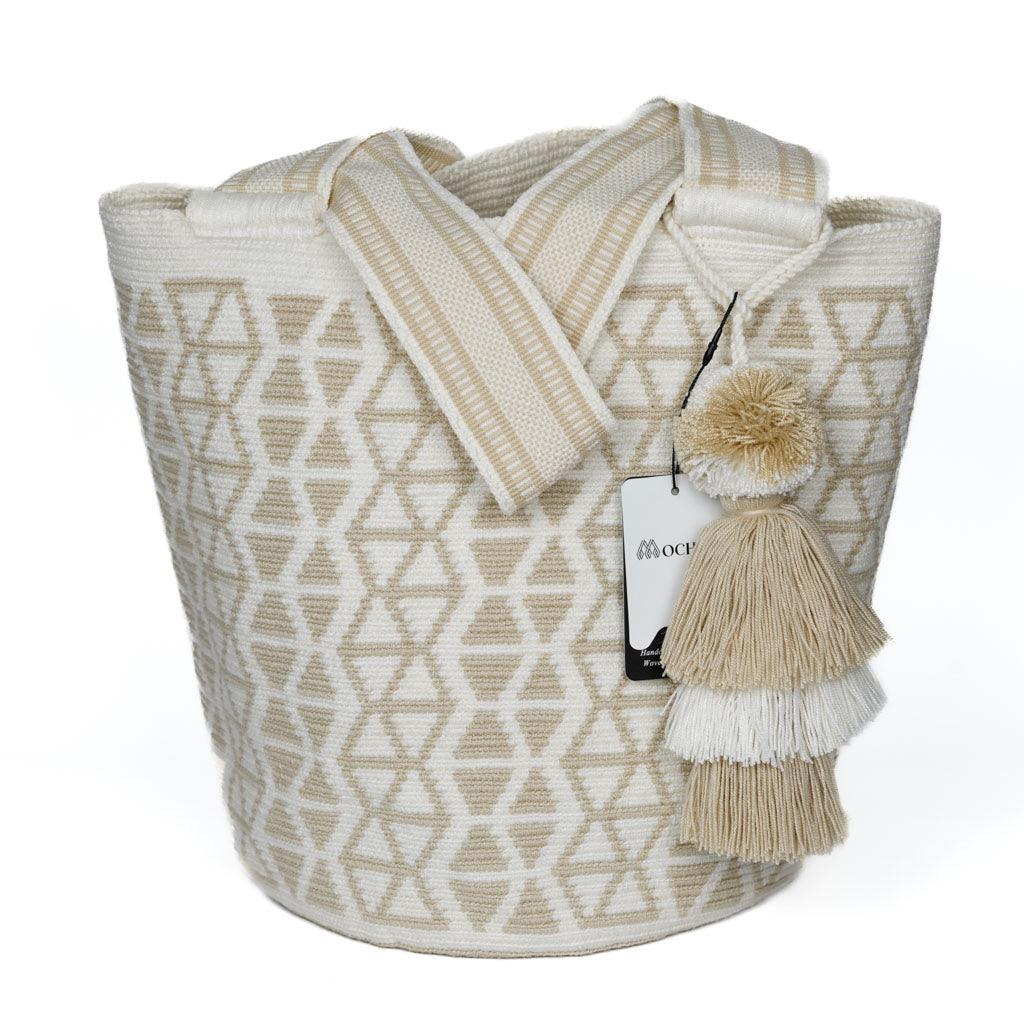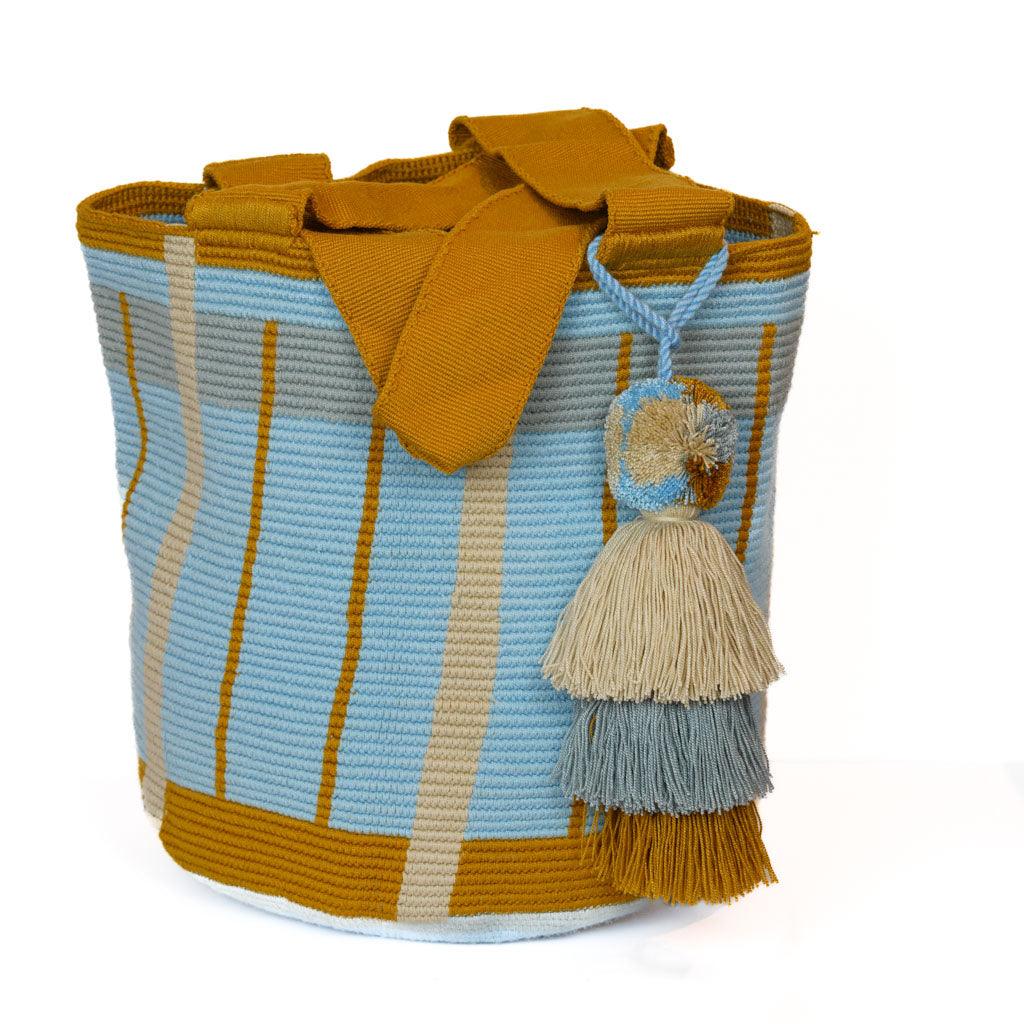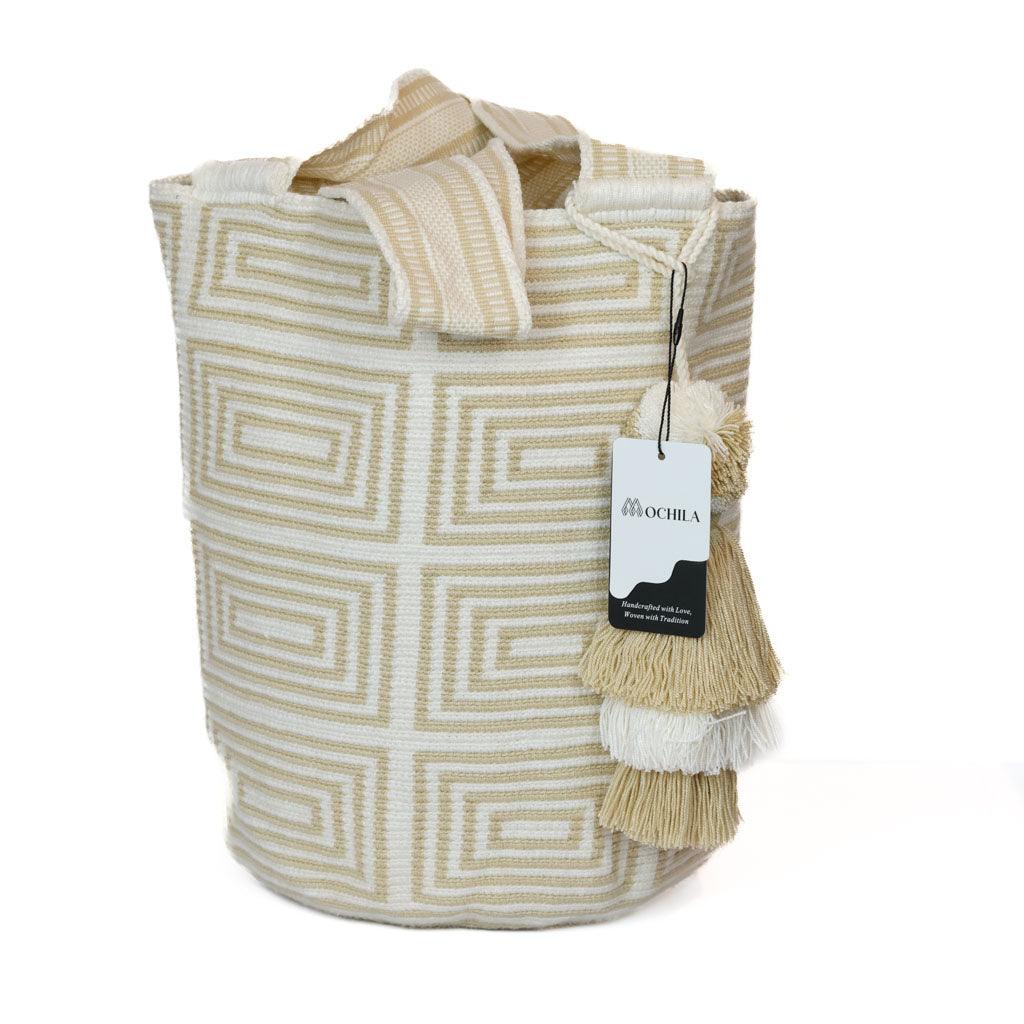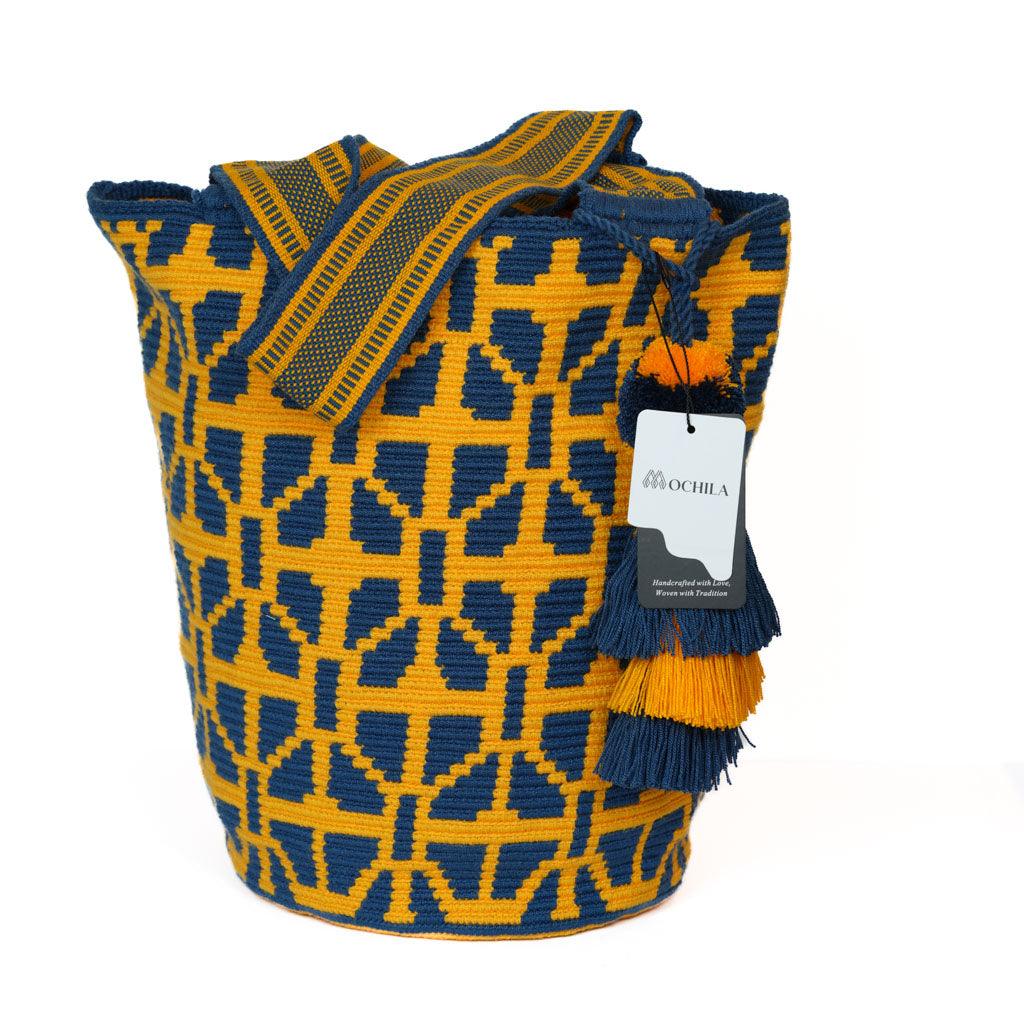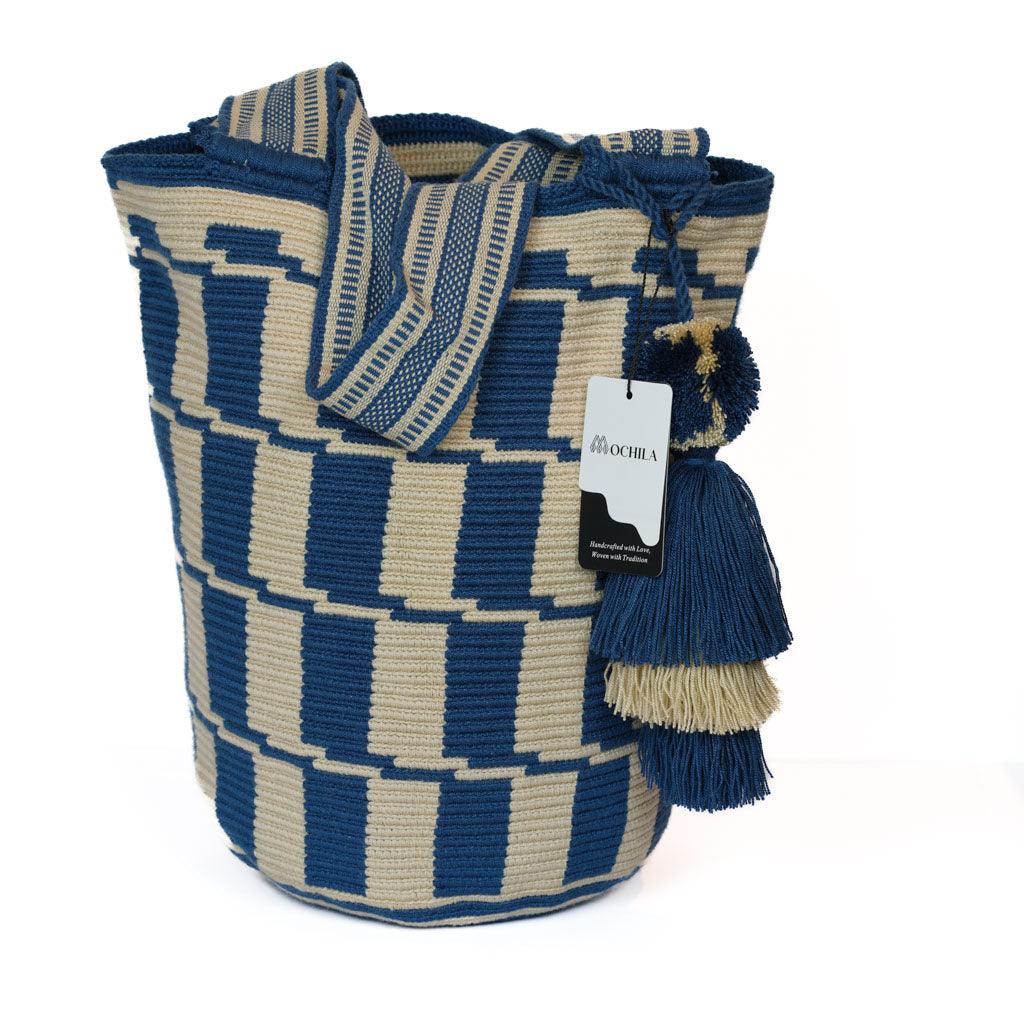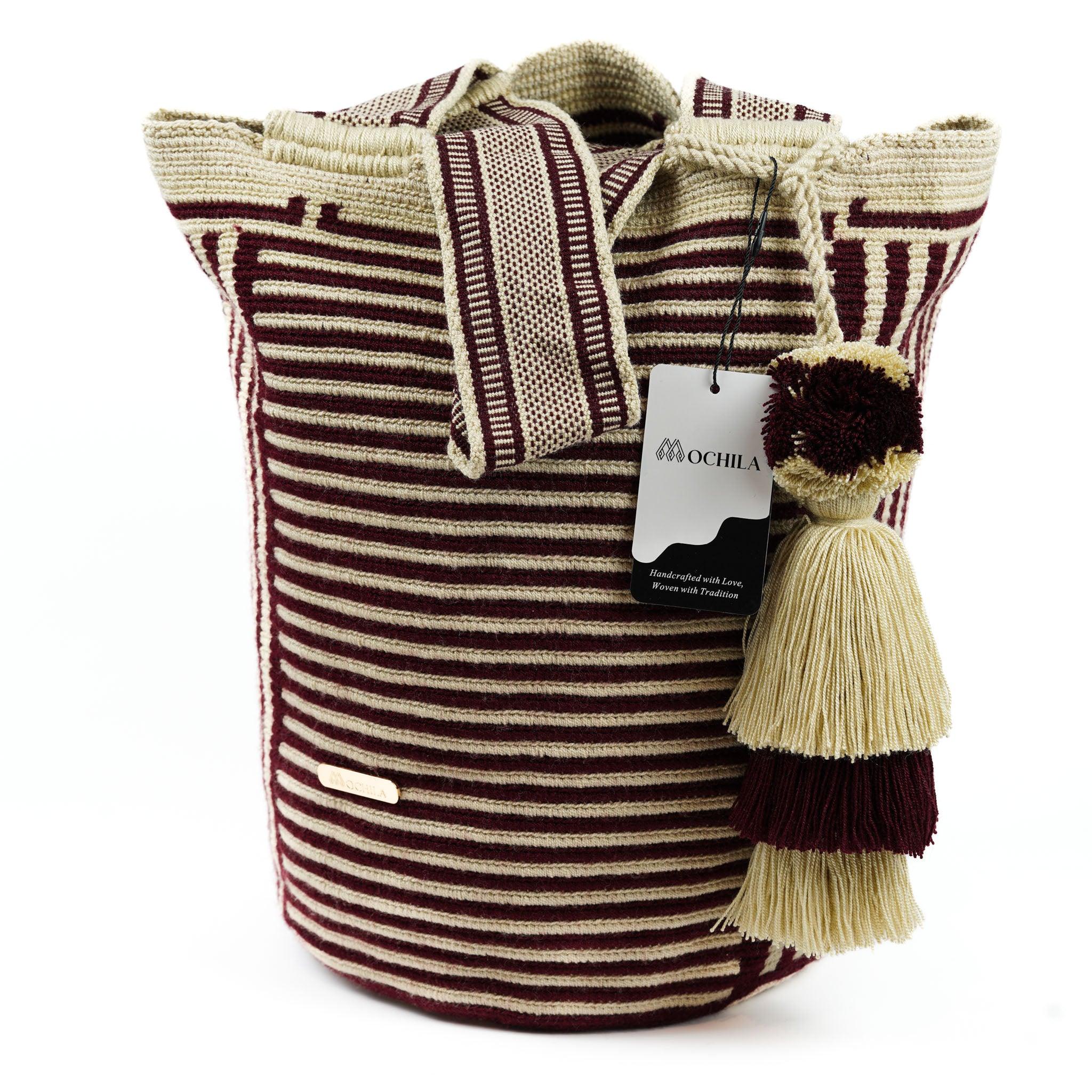Introduction to Crocheting Dishcloths
As one delves into the world of crocheting, a great starting point is learning how to crochet dishcloths. These practical projects are not only useful around the house but also provide a perfect platform for beginners to practice and refine their crochet skills.
Why Crochet Dishcloths?
Crocheting dishcloths is an engaging and rewarding hobby. Handmade dishcloths are not only eco-friendly, but their unique designs also add a touch of charm to your kitchen. They also make for thoughtful, personalized gifts for friends and family.
Crocheting dishcloths allows beginners to apply basic stitches and techniques on a small scale before moving on to larger projects. Each dishcloth serves as a finished project that offers a sense of accomplishment, fueling your enthusiasm for more complex crochet projects. For those interested in expanding their skills further, our articles on how to crochet for beginners and how to crochet stitches can provide more in-depth guidance.
Basic Materials for Crocheting Dishcloths
To start your dishcloth project, you will need a few basic materials:
Yarn: While you can use any type of yarn, cotton yarn is often preferred for dishcloths due to its durability and absorbency.
Crochet Hook: The size of the hook will depend on the weight of your yarn. Make sure you check the yarn label for hook size recommendations. If you're unsure, our article on how to determine crochet hook sizes can help.
Scissors: You will need a good pair of sharp scissors to cut the yarn.
Yarn Needle: This will be used to weave in the ends of your dishcloth.
| Materials | Description |
|---|---|
| Yarn | Preferably cotton for its absorbency and durability |
| Crochet Hook | Size as recommended on the yarn label |
| Scissors | To cut the yarn |
| Yarn Needle | To weave in the ends |
With these materials in hand, you are now ready to embark on your dishcloth crocheting journey. Stay tuned for the next section where we will walk you through some basic crochet stitches and techniques essential for crocheting dishcloths.
Crochet Basics and Techniques
Before embarking on the journey of learning how to crochet dishcloths, it's essential to understand the basic stitches and techniques used in crochet. This knowledge will serve as a foundation for your dishcloth project and any other crochet endeavors you might pursue.
Understanding Crochet Stitches
Crochet involves a variety of stitches, each creating different textures and patterns. Here are a few basic stitches that are commonly used in crocheting dishcloths:
- Chain Stitch (ch): This is the most basic crochet stitch and is often used to start a project.
- Slip Stitch (sl st): This stitch is used to join work when working in the round or to move yarn across a group of stitches without adding height.
- Single Crochet (sc): This is the simplest and shortest of all stitches, creating a firm, dense fabric.
- Half Double Crochet (hdc): This stitch is taller than a single crochet but shorter than a double, creating a fabric that is flexible yet sturdy.
- Double Crochet (dc): This is a standard crochet stitch that produces a softer, more flexible fabric.
To learn more about these and other crochet stitches, you can check out our guide on how to crochet stitches.
Learning Basic Crochet Techniques
In addition to stitches, a few basic techniques are crucial for successful crocheting. Here are some techniques you'll need to know:
- Holding the crochet hook: There are two common ways to hold a crochet hook: the pencil method and the knife method. Choose the one that feels most comfortable for you.
- Holding the yarn: The way you hold your yarn can affect your tension and speed. Experiment to find a method that works best for you.
- Making a slip knot: This is the first step in most crochet projects.
- Working a foundation chain: This is the base on which you build your project.
- Turning your work: When you reach the end of a row, you'll need to turn your work to start the next row.
- Joining new yarn: As you crochet, you may need to join in a new ball or skein of yarn.
- Weaving in ends: When you've finished your project, you'll need to weave in the loose ends of yarn.
For more information on these and other techniques, visit our article on how to crochet for beginners.
Mastering these stitches and techniques will provide you with the basic skills you need to start crocheting dishcloths. Remember, practice is key when learning any new skill, so don't be discouraged if you don't get it right the first time. With patience and perseverance, you'll soon be well on your way to creating your own beautiful, handmade dishcloths.
Starting Your Dishcloth Project
Before you can start crocheting your dishcloth, there are a couple of preparatory steps to tackle. First, you need to select the appropriate yarn. Then, it's time to set the foundation for your project by creating your foundation chain.
Choosing Your Yarn
When deciding on the yarn for your dishcloth, consider factors such as durability, absorbency, and ease of maintenance. Since dishcloths are often exposed to water and used for cleaning, it's advisable to select a yarn that is absorbent and quick-drying. Cotton is a popular choice for its absorbency and ease of care, as it can often be machine washed and dried.
Another factor to consider is the weight of the yarn. Lighter weights can create a more delicate dishcloth, while heavier weights can produce a sturdier and more durable product. Experiment with different weights to find one that best suits your crocheting style and the intended use of the dishcloth.
If you're just starting out, you might want to opt for a lighter-colored yarn. Light colors can make it easier to see and count your stitches, which can be particularly helpful when you're trying to learn new techniques. For more guidance on choosing yarn, visit our article on how to crochet.
Creating Your Foundation Chain
The foundation chain is the first row of stitches that you'll create for your dishcloth. It serves as the base for the rest of your project and determines the width of your dishcloth.
To create a foundation chain, first make a slipknot on your hook. Then, yarn over and pull the yarn through the loop on your hook. This creates one chain stitch. Continue this process until you have the desired number of chain stitches for the width of your dishcloth.
Remember, the length of your foundation chain should be the width of your dishcloth plus three extra chains, which will serve as the turning chain for your first row. For example, if you want your dishcloth to be 10 inches wide, and you're getting 4 stitches per inch with your chosen yarn and hook, you would make a foundation chain of 43 stitches (40 for the width and 3 for the turning chain).
| Desired Width (inches) | Stitches per Inch | Total Chain Stitches |
|---|---|---|
| 5 | 4 | 23 |
| 7 | 4 | 31 |
| 10 | 4 | 43 |
It's important to keep your tension consistent when creating your foundation chain. If your chain stitches are too tight, it can make it difficult to work into them in the next row. If they're too loose, your dishcloth may end up with a loose and sloppy edge. For more tips on creating a successful foundation chain, check out our article on how to crochet stitches.
With your yarn selected and your foundation chain created, you're now ready to begin crocheting your dishcloth!
Step-by-step Guide to Crocheting a Dishcloth
Unlocking your crafty side and learning how to crochet dishcloths can be an incredibly rewarding experience. This section will guide you through the process, from making your first row to finishing your dishcloth.
Making Your First Row
After you've created your foundation chain, you're ready to start crocheting the first row. Begin by inserting your hook into the second chain from your hook. Then, yarn over and pull through, creating two loops on the hook. Yarn over once more and pull through both loops. This completes your first crochet stitch. Repeat this process until you reach the end of your foundation chain, creating your first row.
Repeating Rows for the Body of the Dishcloth
For the body of the dishcloth, you will continue to add rows until you reach your desired size. To start a new row, turn your work so that the yarn is on the left, then chain one. This will serve as the first stitch of your new row. Continue to crochet in each stitch from the previous row, following the same process as before. Make sure to count your stitches to ensure that your dishcloth stays even on both sides.
Finishing Your Dishcloth
Once you've reached your desired size, it's time to finish off your dishcloth. To do this, cut your yarn, leaving a tail of about 6 inches. Yarn over and pull through the loop on your hook, pulling the tail all the way through. This creates a knot that secures your work. To hide the tail, weave it back and forth through your stitches using a yarn needle.
| Step | Instructions |
|---|---|
| Making Your First Row | Insert hook into the second chain from your hook, yarn over and pull through. Yarn over again and pull through the two loops on the hook. |
| Repeating Rows for the Body of the Dishcloth | Turn your work so the yarn is on the left, chain one, and crochet in each stitch from the previous row. |
| Finishing Your Dishcloth | Cut your yarn, leaving a tail. Yarn over and pull through the loop, pulling the tail all the way through. Weave the tail through your stitches using a yarn needle. |
Mastering these steps will open up a world of possibilities for you to create a range of crochet items. From dishcloths to table runners, the skills you've learned here will serve you well in many projects. If you're new to crocheting, check out our guide on how to crochet for beginners to get started.
Tips and Tricks for Crocheting Dishcloths
Once you've mastered the basics of how to crochet dishcloths, there are a few additional tips and tricks that can enhance your craftsmanship and make your project more enjoyable. In this section, we'll cover two important aspects: keeping your edges straight and caring for your crocheted dishcloths.
Keeping Your Edges Straight
Achieving straight edges in your crochet dishcloth can be a challenge, especially for beginners. However, there are a few techniques that can help you maintain uniformity along the edges of your work.
One technique is to count your stitches in each row. This ensures that you're maintaining the same number of stitches from start to finish. For instance, if you start with 20 chains in your foundation row, you should end up with 20 stitches in each subsequent row.
Another technique is to use stitch markers at the beginning and end of each row. Stitch markers can serve as a visual guide to help you identify where each row starts and ends. This is particularly helpful when working with complex stitch patterns.
Remember, practice makes perfect. The more you crochet, the more consistent your stitches and edges will become. If you are still having trouble keeping your edges straight, check out our article on how to crochet for beginners for more tips and guidance.
Caring for Your Crocheted Dishcloths
Proper care of your crocheted dishcloths will ensure they last longer and stay in good condition. Here are a few tips:
Washing: Hand wash your crocheted dishcloths in warm water with mild soap. Rinse thoroughly and gently squeeze out the excess water. Avoid wringing or twisting as this can stretch or distort the stitches.
Drying: Lay your dishcloth flat to dry. This helps maintain its shape and prevents stretching. Avoid using a dryer as the heat can cause shrinkage or damage to the yarn.
Storing: Store your dishcloths in a cool, dry place away from direct sunlight. If storing for a long time, consider placing them in a breathable fabric bag to prevent dust accumulation.
Refreshing: If your dishcloth gets stretched out or loses its shape, you can refresh it by wetting it, squeezing out the excess water, and laying it flat to dry. This process, known as blocking, can help restore the original shape of your dishcloth.
Remember, the better you care for your crocheted dishcloths, the longer they will serve you. For more tips on how to maintain the quality of your crochet projects, visit our how to crochet kitchen accessories page.
By following these tips and tricks, you can enhance your crocheting skills and create beautiful, durable dishcloths that add a touch of homemade charm to your kitchen. Happy crocheting!
Expanding Your Skills
Once you're comfortable with the basics of how to crochet dishcloths, it's time to expand your skills and try new stitches and patterns. This will not only make your work more interesting but will also challenge you and help improve your crochet skills.
Exploring Different Stitches for Dishcloths
There are numerous stitches that you can use to crochet dishcloths. Some of the popular ones include single crochet, double crochet, treble crochet, shell stitch, and basketweave stitch. Each stitch gives a different texture and look to the dishcloth, making it unique.
For instance, the single crochet stitch is one of the simplest and most common stitches. It's perfect for beginners and creates a dense and tight fabric, which is ideal for dishcloths. The double crochet stitch, on the other hand, is slightly more complex but creates a softer and more flexible fabric.
If you're looking for a bit of a challenge, you can try the shell stitch or the basketweave stitch. The shell stitch uses a combination of single and double crochets to create a beautiful shell-like pattern, while the basketweave stitch involves alternating front and back post double crochets to create a woven effect. For detailed tutorials on these and other stitches, visit our guide on how to crochet stitches.
Trying Out Different Patterns for Dishcloths
Once you've mastered a variety of stitches, you can start experimenting with different patterns. There are countless dishcloth patterns available, ranging from simple and straightforward designs to more intricate and detailed ones.
For beginners, a basic square or rectangle pattern using a single type of stitch might be the best place to start. As you gain confidence, you can try patterns that incorporate multiple types of stitches, color changes, or even motifs like flowers or geometric shapes.
Keep in mind that the type of yarn you use can also affect the look of your pattern. For example, a variegated yarn can add a splash of color to a simple stitch pattern, while a textured yarn can give depth to a more complex design.
To explore a variety of dishcloth patterns, from simple to complex, check out our collection of crochet patterns for various projects.
By exploring different stitches and trying out new patterns, you'll not only broaden your crochet skills but also keep your dishcloth-making endeavors exciting and fresh. Remember, the key to mastering crochet is practice and experimentation, so don't be afraid to step out of your comfort zone and try something new.

